








Create critical youth jobs. Empower communities. Transform SA.

Join trailblazing businesses like Anglo American Platinum, South 32 and Goldfields who are changing the game by integrating YES into their ESG strategies and social and labour plans (SLPs).
Say YES today and gain B-BBEE levels.
The Youth Employment Service (YES), a business-led youth employment programme, is affecting broad-based change across sectors, provinces, and the country. YES addresses the country’s youth unemployment crisis by empowering businesses to create jobs for our unemployed youth. We’re youth-focused and business-led. In just four years, YES has collaborated with over 2,200 businesses and created 112,334 job opportunities with no government funding, pouring an estimated R6 billion worth of youth salaries into communities and the economy.
Businesses can choose to place youth within their own structures or within a YES host partner through the turnkey solution.
With 20 vetted host partners across the country, YES offers an effective way for companies to uplift communities in high-impact sectors like healthcare, education, and early childhood development, or future-facing sectors like digital, ICT, and green economies. YES plays a vital role by providing work experiences in community-based NPOs and small businesses, enabling youth to reinvest their earnings into local economies. This feeds into poverty eradication and upliftment of communities beyond the mines these towns surround.
ESG strategies and reporting are crucial to your business’ success, and YES provides an opportunity to develop youth jobs that correspond with these goals, making a difference in the lives of South African youth and communities.

This model integrates seamlessly with the Local Economic Development (LED) and Human Resource Development elements of the SLP.
Businesses, in collaboration with YES, can create economic success, foster a fairer society, and act as change agents, all while reaching their ESG goals.
Uplift communities. Capacitate underresourced sectors. Discover hidden gems.
Contact: Tel: 087 330 0084
Email: corporatesupport@yes4youth.co.za
www.yes4youth.co.za
With 15 years of experience in the renewable energy space in south Africa, CAPEAFRICA has grown from Met Mast installations to technology driven centre providing technical development and support to the renewable energy sector in South Africa and now assisting European companies entering the South African market. We are strategically placed in the Western Cape, South Africa and work throughout Africa.
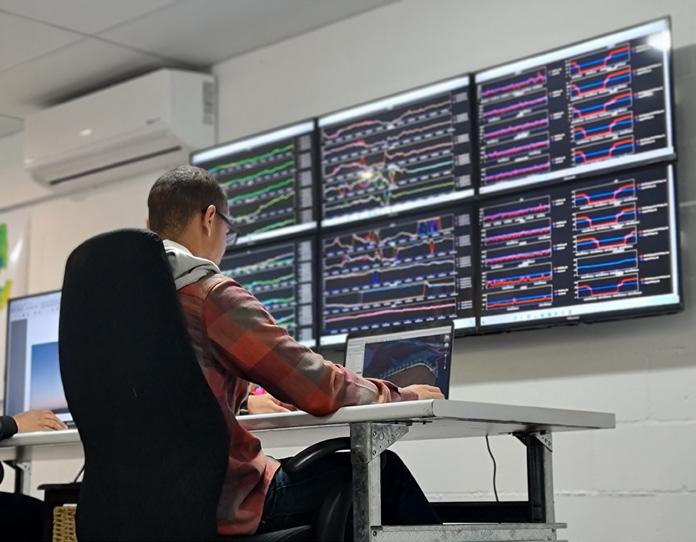
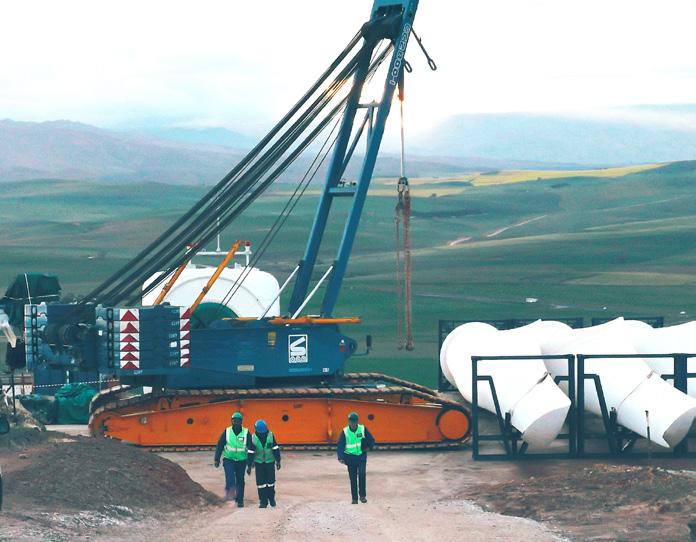

CEO – YATS GOPAUL: yats@capeafrica-res.co.za | johan@capeafrica-res.co.za | www.capeafricares.co.za
• 100% South owned and managed
• BBBEE level 1
• Iso 9001: 2015 compliant & certified
• Over 15 years in the renewable energy space in Africa
• Members of SAWEA and SAPVIA
• A contributor to the training & development through Merseta and in partnership with Northlink College
MET MAST INSTALLATION:
• Supply mast & instruments and install to clients specifactions
• Wind & solar resource assessment
• Mast placement recommendations
• CAF applications
• Monthly data reports to clients’ requirements – including adhoc reports as required by clients
• Maintenance of sites
Early-stage screening:
• Resource assessment and preliminary report
• EIA screening
• Potential size of farm with respect to mw capacity
• Land securing and lease agreements

• CAA applications
STUDIES:
• Wind & solar resources
• ESIA
• Other relevant
COMPLIANCES:
• SPLUMA registration
• Grid servitude registrations including leases
• Water rights usage
POST STUDIES:
• CFD modelling
• Wind & solar farm design
• Financial projections
Rise renewables – developing renewable energy solutions for africa. Rise has entered into a partnership venture with capeafrica and have launched a south african renewable energy development company – rise renewables (pty) ltd. The african market for energy is huge and we believe that with the technical support from the technical partner (capeafrica) and the development strength of rise renewables – we shall together develop renewables to deliver to this huge demand.
• 100% South african owned and operated
• BBBEE level 1
• Strong fund management & development background
• Team has an excellent track record with respect to investment and roi for the respective funds
• The team has over 25years of experience in the investment and structured finance space
• Early-stage development funding through capeafrica in solar and wind farm development to fully permitted stage – bid readiness. Including land leasing negotiations
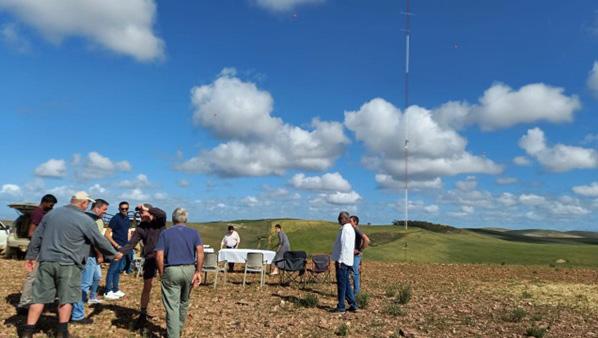
• Private ppa structured funding to clients’ specific needs (from a 100kw system to a 200mw system) – wind and solar or hybrid solutions including batteries
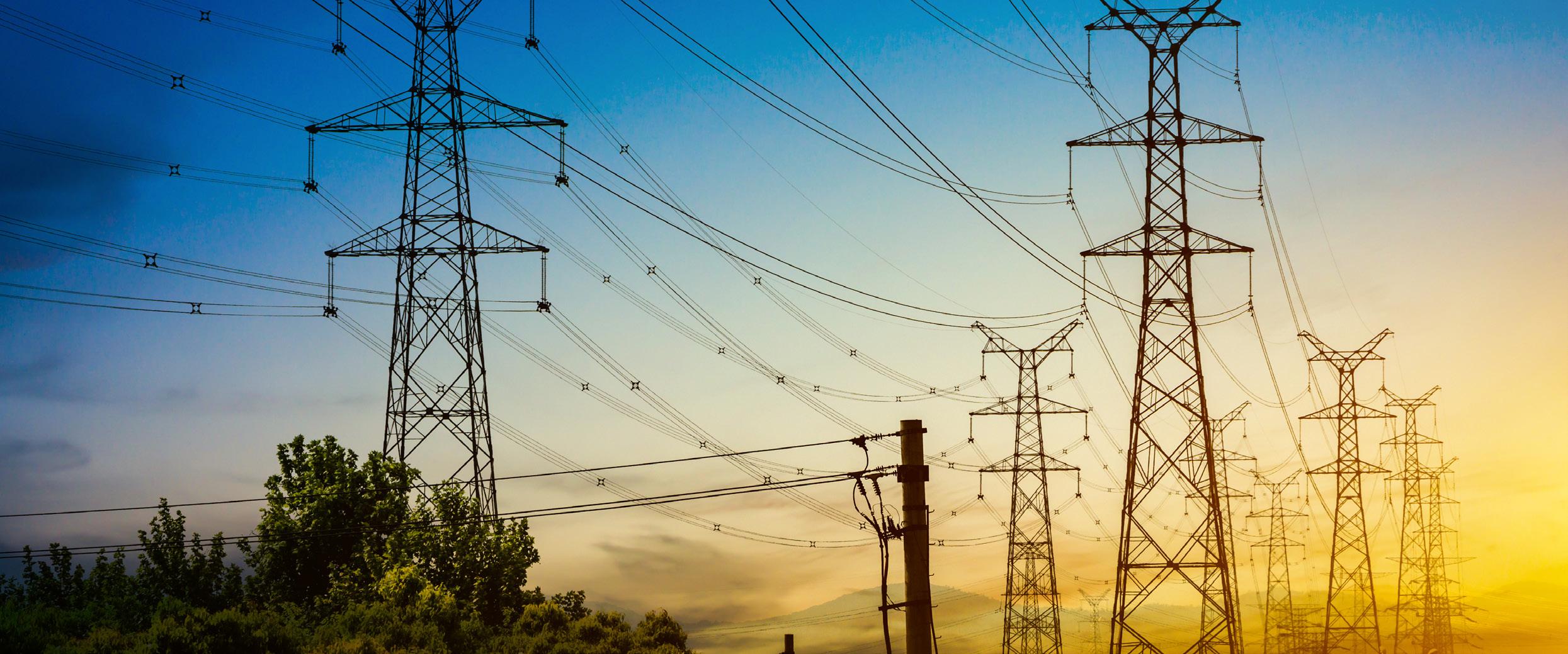
• Sourcing and fund management for larger scale development through expansion into the african market and sub-saharan region
In partnership with capeafrica rise renewables has over 10,000 mw of renewable energy projects under development. These projects are being development in:
• SOUTH AFRICA - > 8000MW
• NAMIBIA - > 2000MW
• MAURITIUS – 100MW
• ESWATHINI & LESOTHO - > 500MW
• Rise renewables shall enter the reippp market within the next 2 years
MANAGING DIRECTOR
DUANE GILBERT
DGilbert@rise.co.za
info@riserenewables.co.za
www.riserenewables.co.za
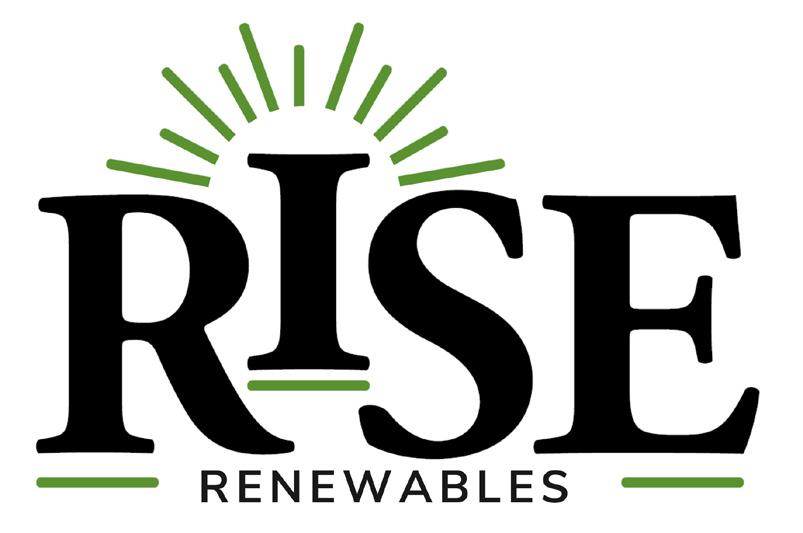
• Plan to have 2 plants dedicated to green hydrogen production by the year 2025:
• One in the western cape 50mw solar to produce in the region of 20mw –25mw green hydrogen. This is in collaboration with a japanese company
• 500mw – 600mw solar pv plant in namibia to produce at least 300mw of green hydrogen
• To have at least 3000mw fully permitted with respect to reippp requirements by august 2023 (studies all wip and at nearly 60% – 70% stage
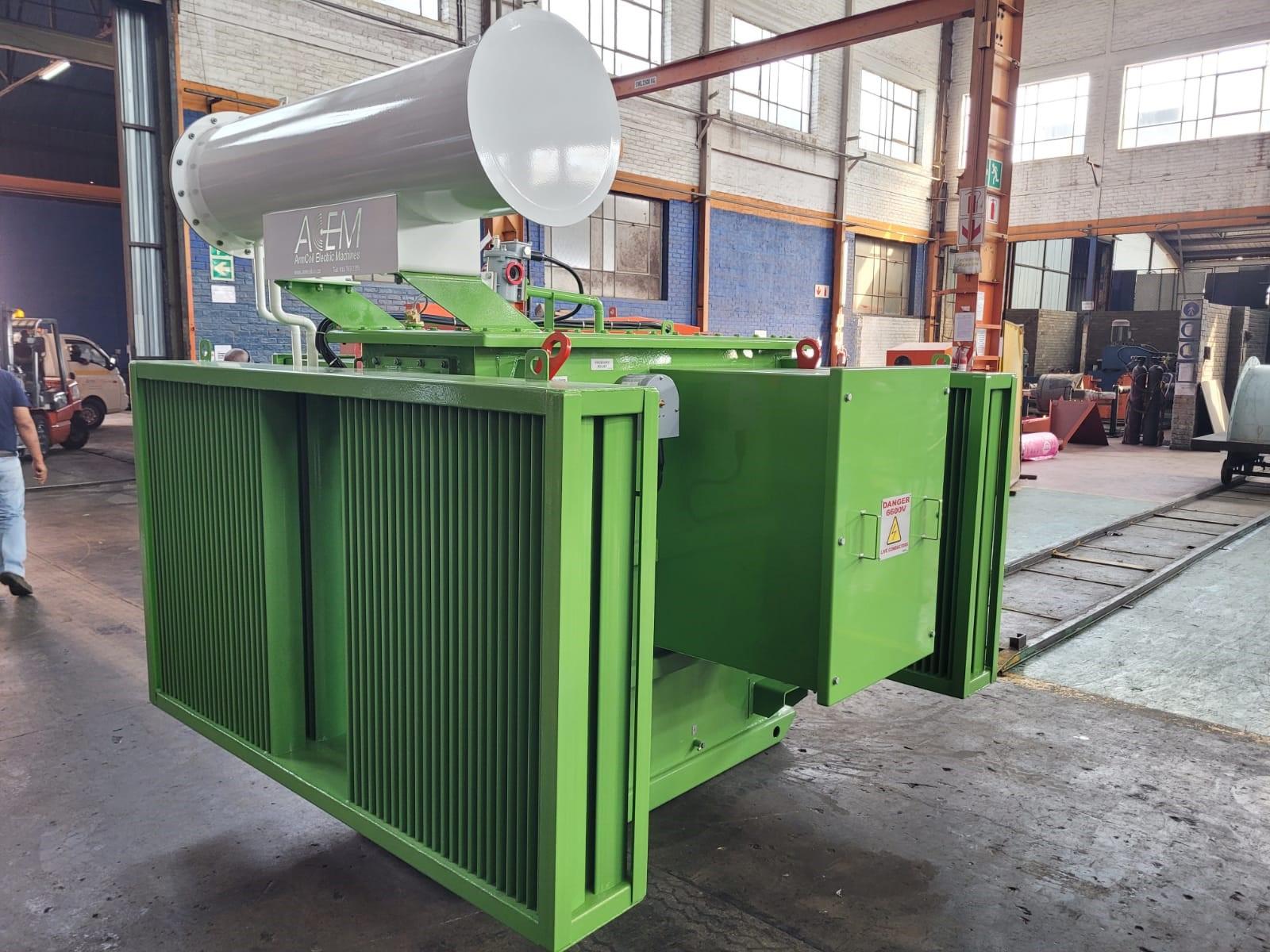

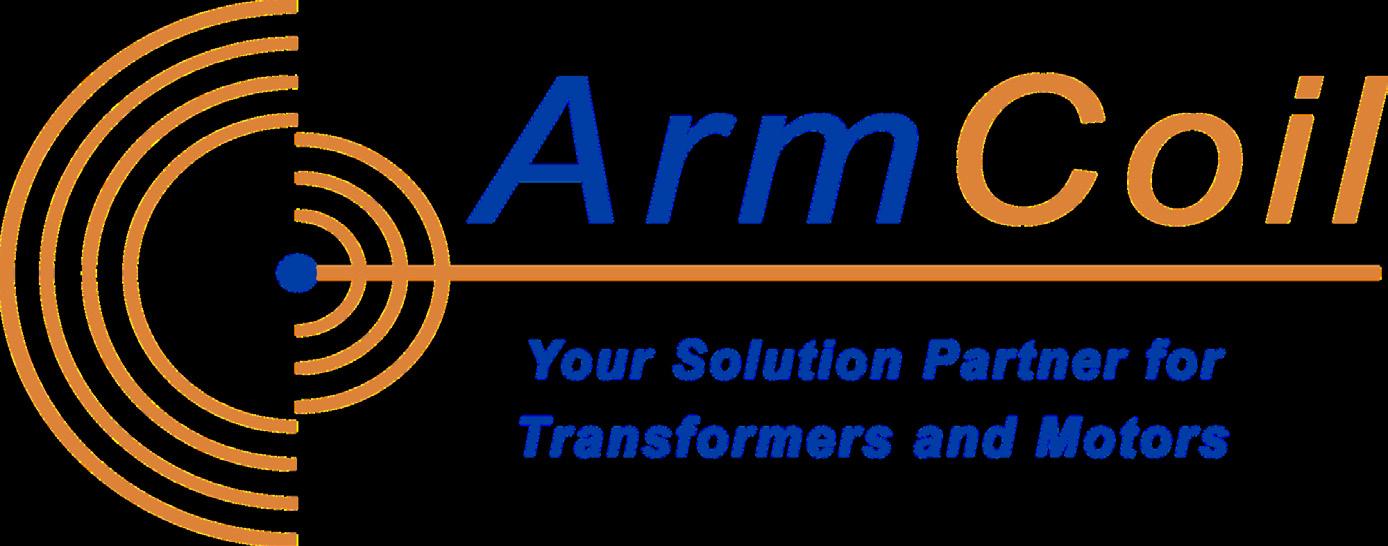
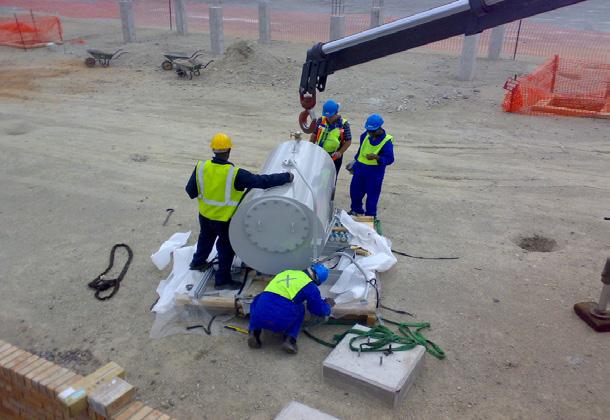
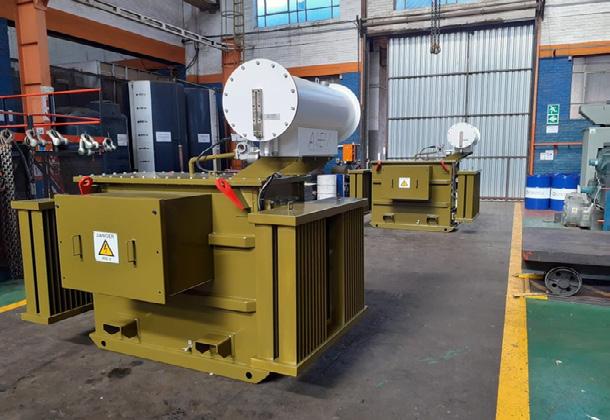


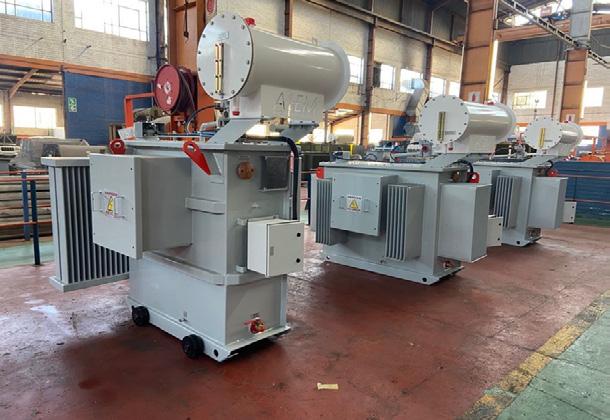
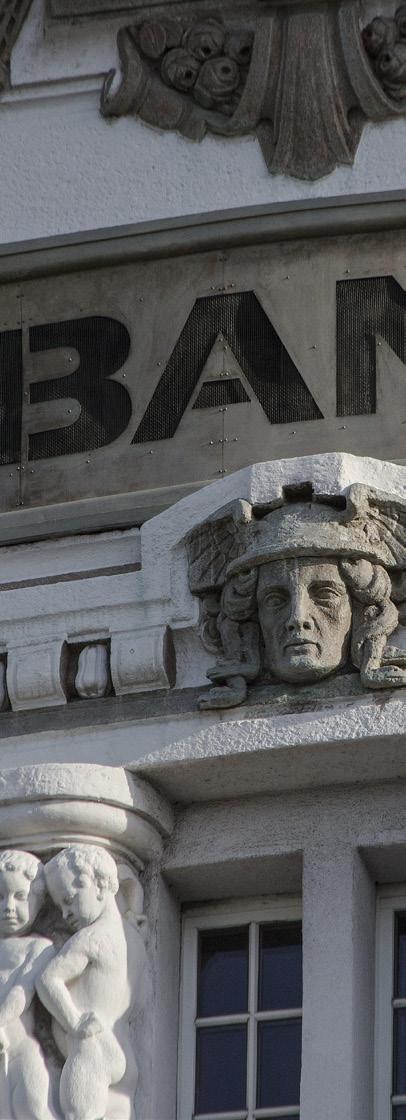
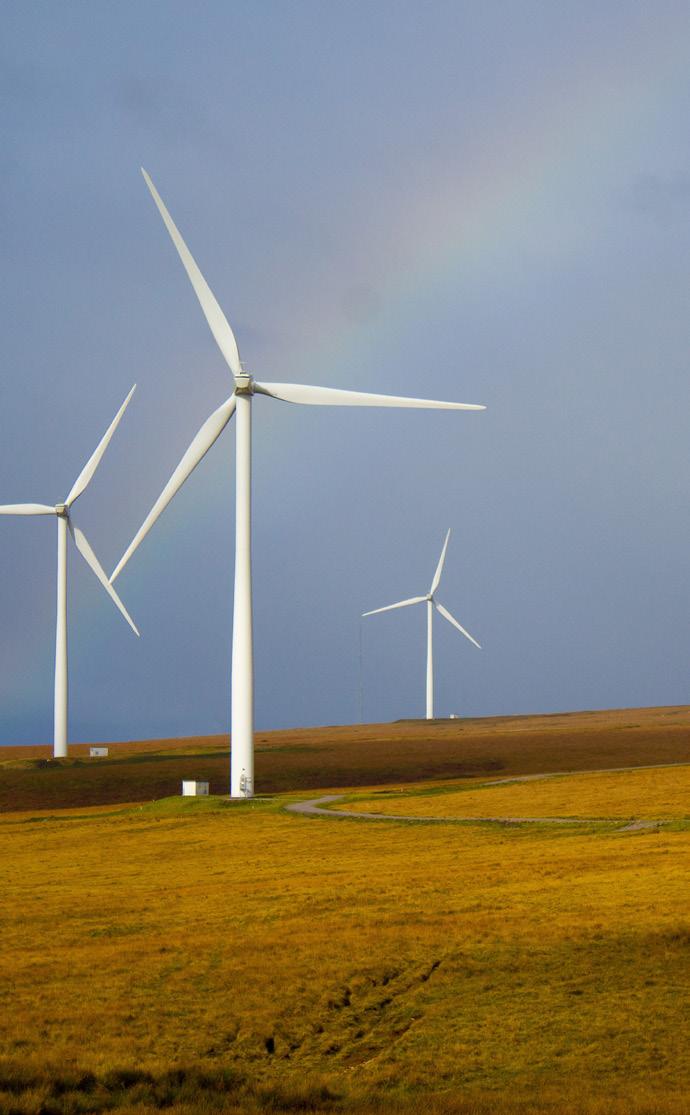

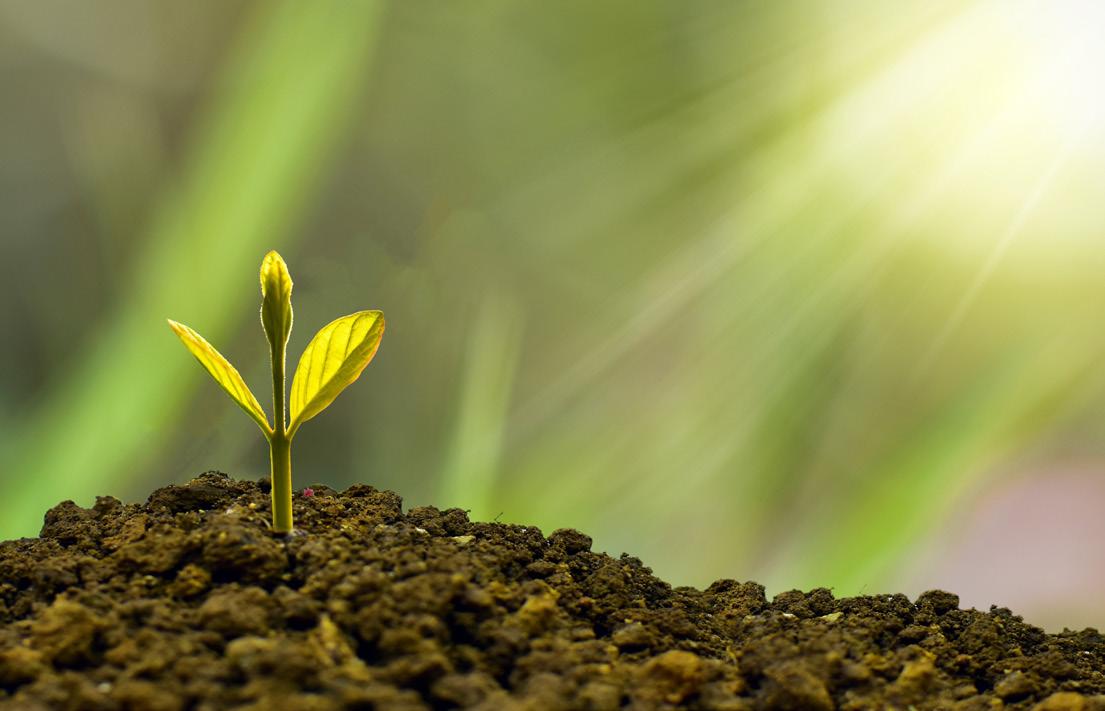
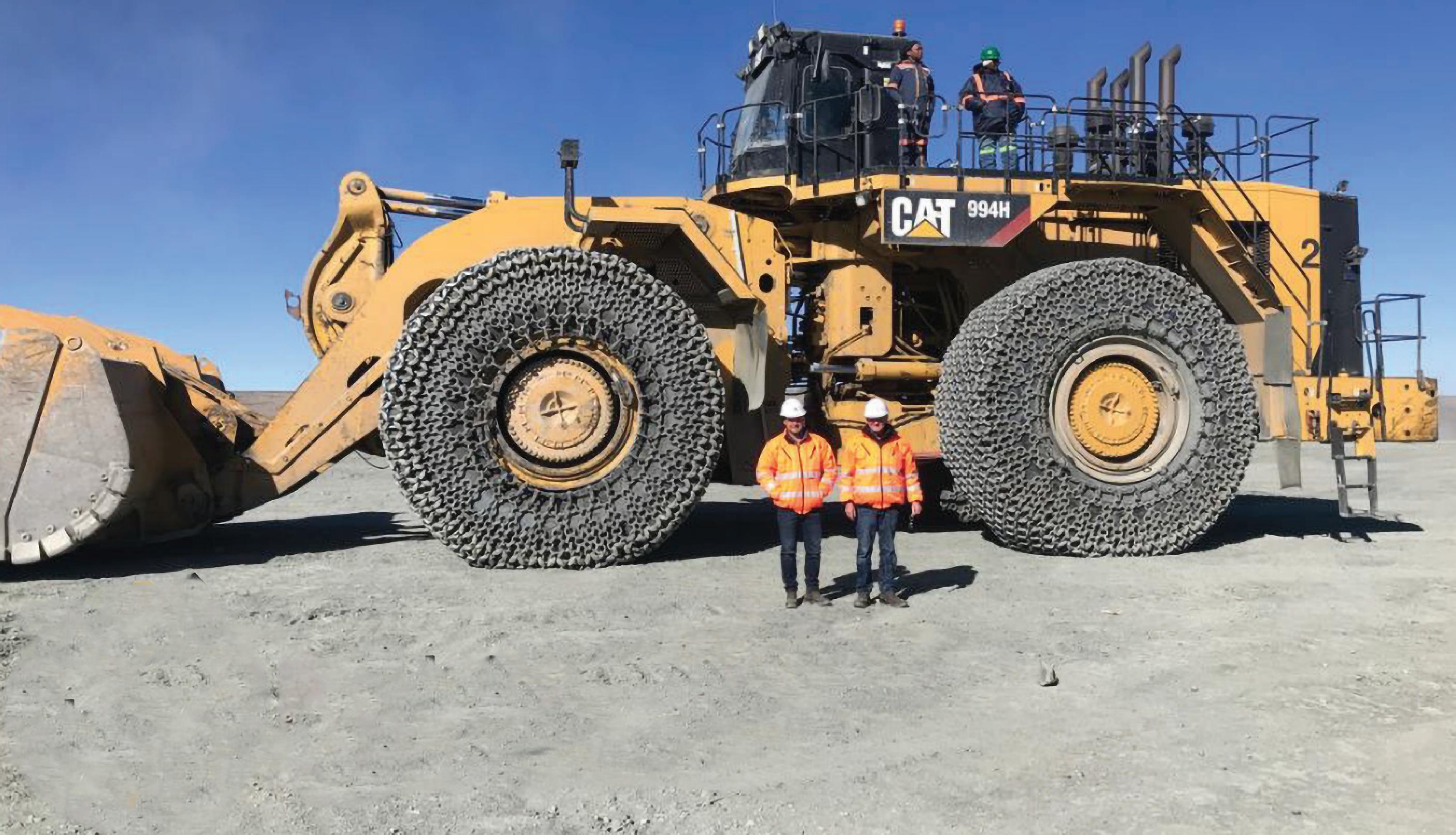

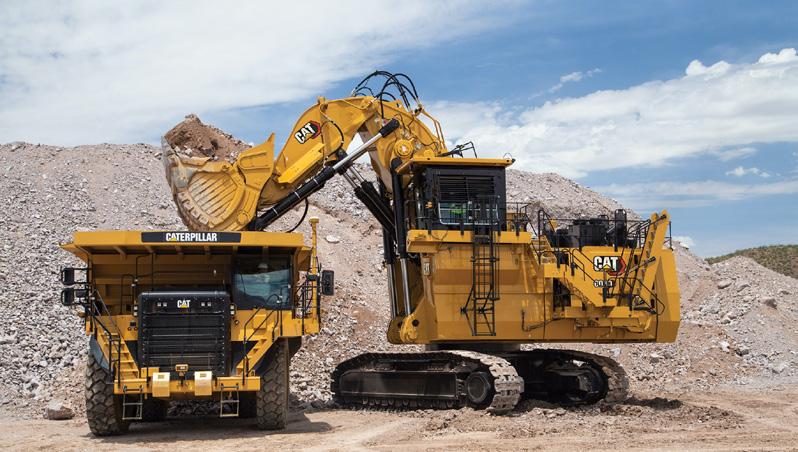
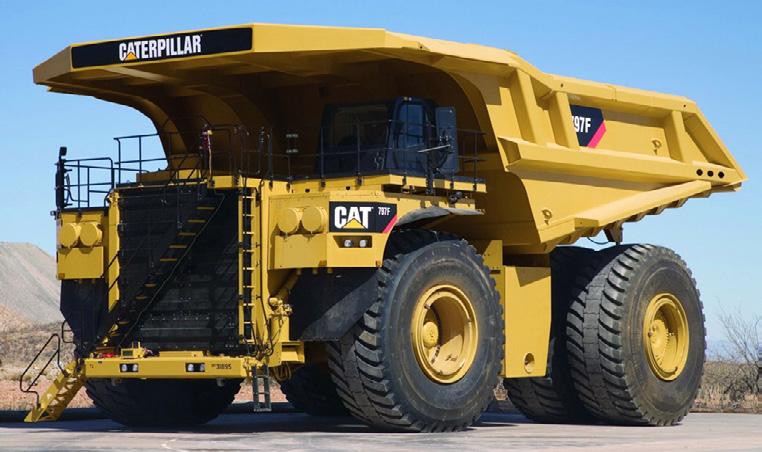
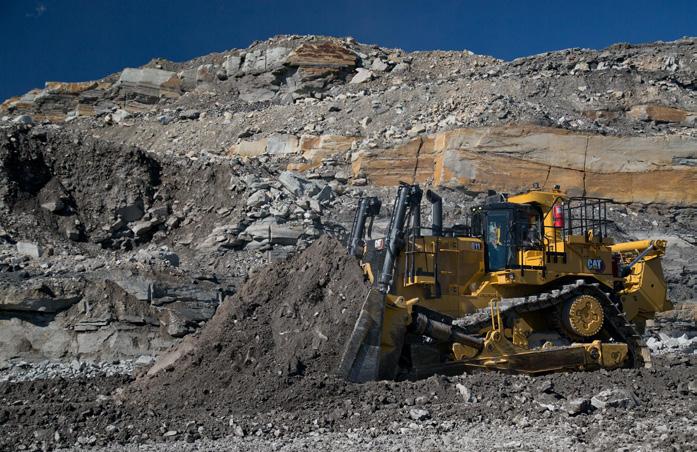
PUBLISHER TTL Media www.forerunner.co.za
MANAGING DIRECTOR : Michael Keys
EDITOR: Stef Terblanche Phone: 076 647 8235
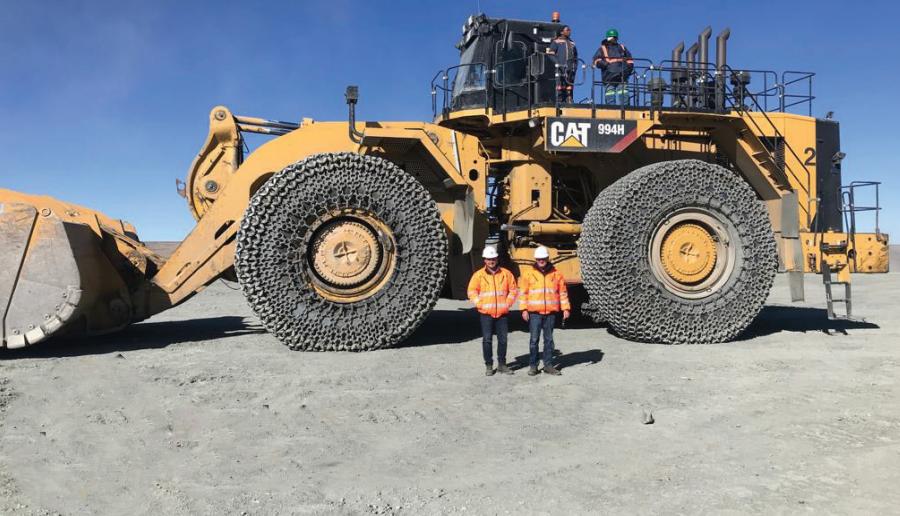
DIVISIONAL SALES FLOOR MANAGER: Marc Wessels Marc@ttlmedia.co.za
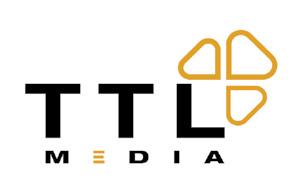
SALES EXECUTIVES: Shane Hendricks - shane@ttlmedia.co.za

Marc Wessels - marc@ttlmedia.co.za
Kim Jeneke - kimjen@ttlmedia.co.za
ACCOUNTS: Samantha Fox accounts@ttlmedia.co.za

OFFICE MANAGER: Sumaya Abrahams sumaya@ttlmedia.co.za
CLIENT LIAISON: Tania Johnson tania@ttlmedia.co.za
PROJECT MANAGER: Kim Jeneke kimjen@ttlmedia.co.za
ONLINE: Tina Lewis forerunner@ttlmedia.co.za
DESIGNED BY: KCDA - Design Agency Jaco Kotze - jk@kcda.co.za www.kcda.co.za - 021 981 6333
PRINTED BY:
F A PRINT CC Phone: 021 510 5039 Fax: 021 510 5038 Email: faprintcc@yahoo.com
DISCLAIMER
Views expressed in articles are those of the author and not necessarily those of FORERUNNER MAGAZINE. The publisher accepts no liability of whatever nature arising out of / or in connection with contents of the publication. Copyright subsist in TTL MEDIA & FORERUNNER MAGAZINE and, in the case of freelance photographers and writers, in the individual concerned. Material in this publication may not be reproduced in any form without the permission of the editor

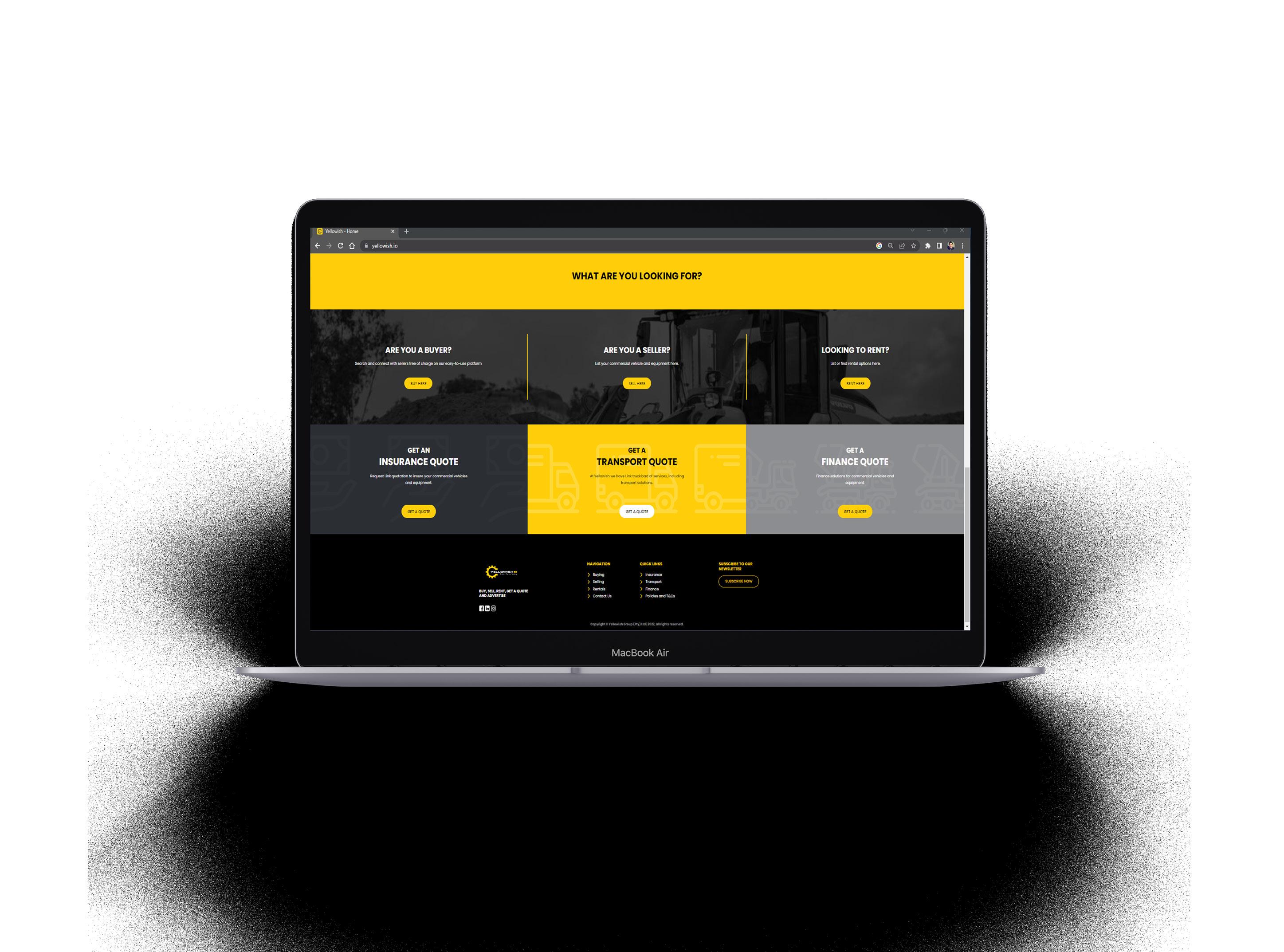
the immense contribution women bring to making our world a better and more efficient place. Today we find women at the forefront in every way, in every sphere, in every capacity. But Women’s Month is also a reminder of the many women who still endure the most oppressive daily struggles to claim their rightful place in this world.
In our own small way, we’d like to bring tribute to all the women who enrich our lives – the mothers, daughters, sisters, office workers, housewives, scientists, lawyers, teachers, health professionals, chief executives, factory workers, saleswomen, architects, miners, accountants, judges, mariners, farmers, political leaders, labour leaders, pilots, soldiers, artists, policewomen… yes, all the women in every possible walk of life.
Over the last 50 years women have indeed come a long, long way, but not far enough yet. There’s still plenty more to be done to afford every single woman her rightful place in society, to give every young girl opportunities that are equal to those afforded to boys and men. To reward them equally, and to give them the respect, the love and protection they deserve. Gender parity still by no means exists everywhere. Sexual abuse, exploitation, trafficking
Let us pay tribute to all the women who give and achieve so much, and let’s never forget the many women who remain out in the cold and still suffer many injustices… let’s do this not only this Women’s Month, but every single day.
It’s been nearly thirty years since South Africa’s “miracle” transition to democracy, since the dawn of our rainbow democracy and the immense hope and expectations our achievement generated around the planet. How we have disappointed the world. Today South Africa is but a shadow of what it should or could have been.


Perhaps much of the problem lies in the fact that we lost our moral compass; that we started getting our priorities all wrong. It’s wrong, for instance, when business or political leaders prioritise their greed and “what’s in it for me” instead of wanting to serve and contribute to a better society. It’s wrong when politicians preach violence and hatred towards others instead of respect and tolerance. It’s wrong when we prioritise people of one skin colour, gender, or religion
over others whom we exclude and deprive. It’s wrong when a governing party refuses to hear the truth or remove the rotten apples in a vital state enterprise like Eskom when someone like former CEO Andre de Ruyter exposes the rot, and he is persecuted and vilified instead of being commended. It is wrong to preach a commitment to upholding human rights, democracy and the rule of law, but then to cosy up to a de facto dictator, war monger and someone wanted for war crimes against children.
Perhaps, if we got our priorities right, things may start going better in South Africa again.
Stef Terblanche Editor


Overheard… the CEO of a major South African company talking to a fellow director before the start of a board meeting: “Who are these schlemiels running this country? If some notorious blockhead came here in a conspicuous truck to our warehouses in the middle of the night to load or offload some funny goods, I’d darn well make sure I knew what the hell was going on. And I’d have my story ready before the poo-poo hits the fan. Truth or spin, whatever is
required. Now a commission of inquiry will have to come up with some lame excuse? Really? Ichsa! What a bunch of baloney. They should have known – if you do business with the Devil, someone’s going to notice the heat. They should have been prepared for that.”
Well, well, you don’t have to be a rocket scientist to guess what he was referring to… And noticed it was. A Russian ship offloading or uploading hot cargo under heavy security in the middle of the night – that’s an absolute invitation to be seen.
From hots ships with hot cargos to hot companies. In April Fortune released its 26th annual list of the 100 Best Companies to Work For. Few surprises there as Cisco again took the number one position, with CEO Chuck Robbins saying it all boils down to being dedicated to full transparency with his workforce, even when laying off people. What caught the eye, however, were some of the criteria according to which
The Extreme Solutions Group specializes in consulting, design, exploration and mining for both Public and Private Companies. The Group has successfully completed projects right across Africa including Angola, Mozambique and South Africa. Recently broaden their horizons becoming diesel and Oil distributors forming a strong partnership with Caltex.
The Extreme Solutions Group is committed to providing a fair, equitable and mutually supportive learning and working environment for our staff. This is reflected in the core values of The Extreme Solutions Groups’ Strategy, which state the importance of respecting the rights, responsibilities and dignity of individuals within all our professional activities.
The Extreme Solutions Group is active in the North-West, Northern-Cape, Free State, and Gauteng Provinces as well as in Cape Town, Western Cape.

The Extreme Solutions Group has vast experience in Mining, Construction, Drilling, and the distribution of Diesel and Oil. The Group has completed projects right across Africa including Angola, Mozambique, and South Africa.
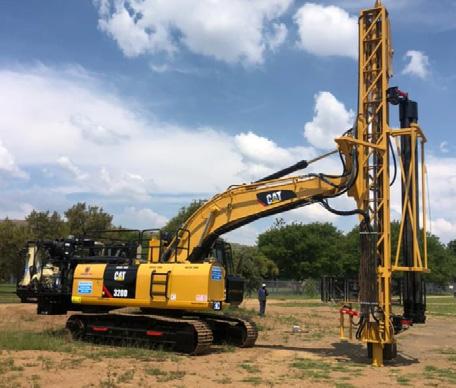



The Extreme Solutions Group specializes in consulting, design, exploration, and mining for both Public and Private Companies. The Extreme Solutions Group also tenders on Government Contracts and has the logistics to conduct business anywhere in the SADAC area.

The Extreme Solutions Group has also recently broadened its horizons becoming diesel and Oil distributors and forming a strong partnership with Caltex.
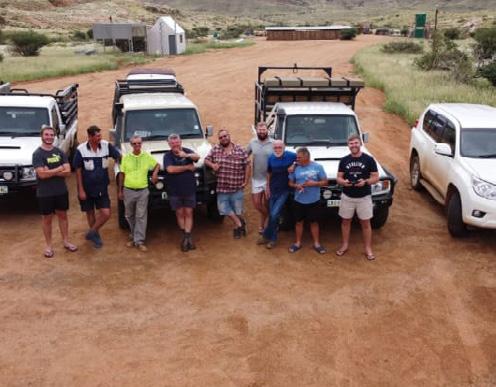
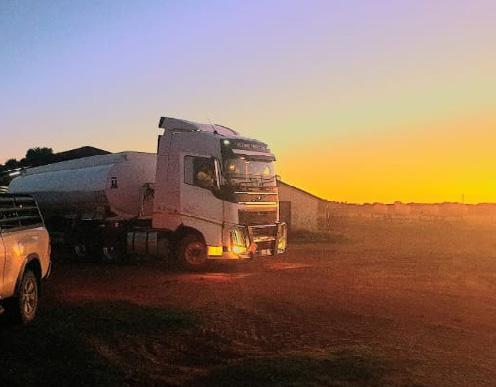
companies were judged - great benefits, professional development opportunities, engaging workplaces, and strong levels of employee trust, among others. That’s all very well, were it not that in the same release distributed by Fortune to announce the 100 great companies to work for, it reported that a Monster survey among American workers found that 96% of all American workers are planning to secure a new job this year. Wow. So just who is still working for the 100 companies that supposedly are so great and where workers are so satisfied with conditions if almost every American worker is looking to change jobs? And their reasons for leaving: looking for higher pay and for employers that offer opportunities for professional growth and a good company culture. So just where are the 100 best companies or their ‘happy’ workers?
Needless to say, Elon Musk and his X Corp, owner of Twitter, did not feature
on the list…because none of its workers or executives know from one day to the next whether they still have a job. His entire workforce must be among the 96% of Americans gone jobhunting. Well, when he took over Twitter, one of his first moves was to lay off 80% of Twitter’s staff, reducing the workforce from 7,800 to 1,500. Afterwards Musk said the layoffs were painful and emotionally difficult for him. Yeah right, not as painful as for the fired workers one would assume, even
if Silicon Valley companies over-hire unnecessary staff as a vanity metric as Musk claims. Afterall, none of them have US$190.4 billion to cushion their fall from a job. One wonders, just who would be happy working for such a moron?

Talking of Musk and Twitter, the US$44 billion he paid for Twitter must make it the most expensive toy ever. He sure treats it like a toy, using Twitter to make what he thinks are hilarious jokes on social media.
First he dropped the W from Twitter and sent Musk-groupies into painful convulsions when they were confronted with the new name, Titter. Next he killed the blue bird logo above the home button on the Twitter web version and replaced it with the ‘doge’ of the Dogecoin cryptocurrency. The Doge image of a Shiba Inu became part of the Dogecoin blockchain and cryptocurrency logo which Musk created as a joke in 2013 to mock other cryptocurrencies like Bitcoin.

Musk is known to be a big fan of the doge meme. After the change to Twitter’s web logo, Dogecoin’s value shot up more than 20%. Talk about method in the madness. Mad hatter or genius, or both?
Footnote: at last count it seemed like both the blue bird and the W had returned to their places in the Twitter world, only to find out that Twitter actually no longer exists. Musk replaced it with his X Corp, although the app still functions as Twitter on social media. With all this to and fro one wonders whether Musk even recognises the guy in the mirror when he brushes his teeth in the morning.
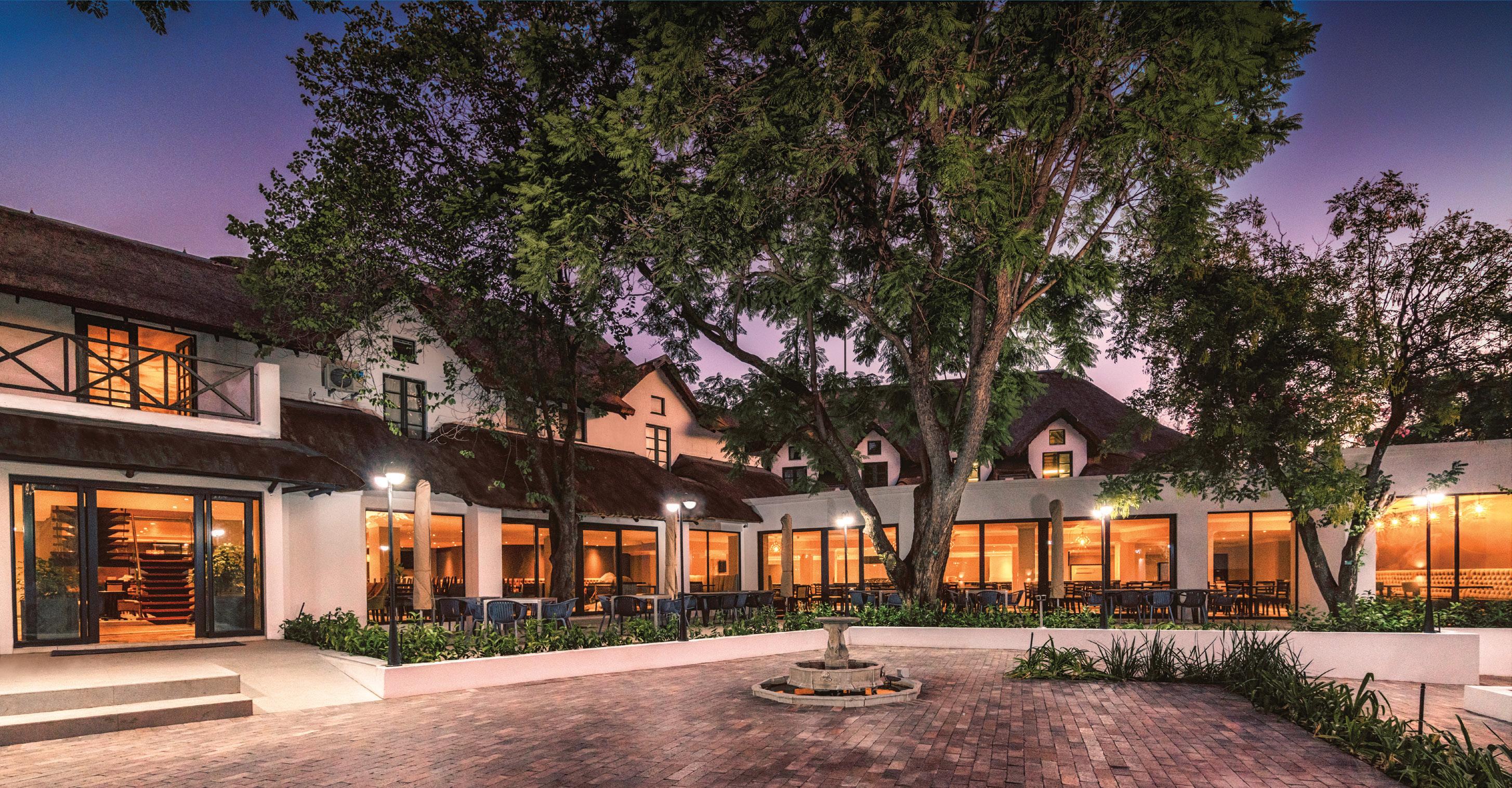
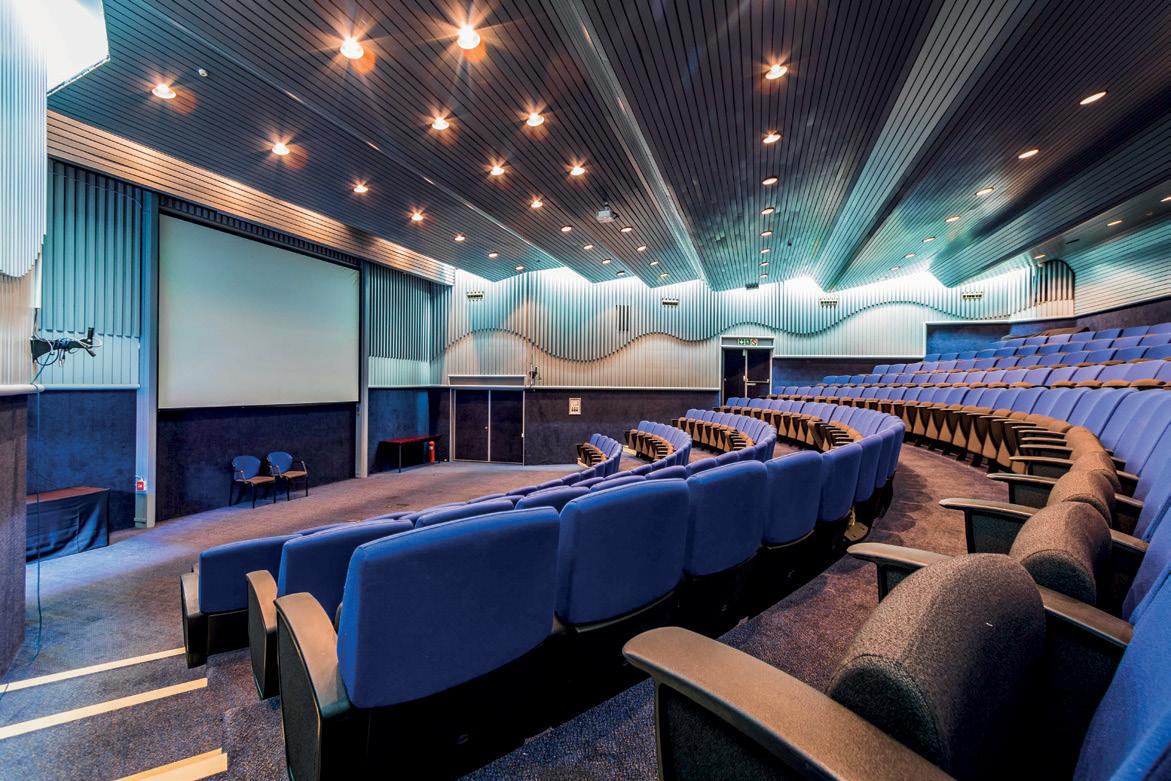

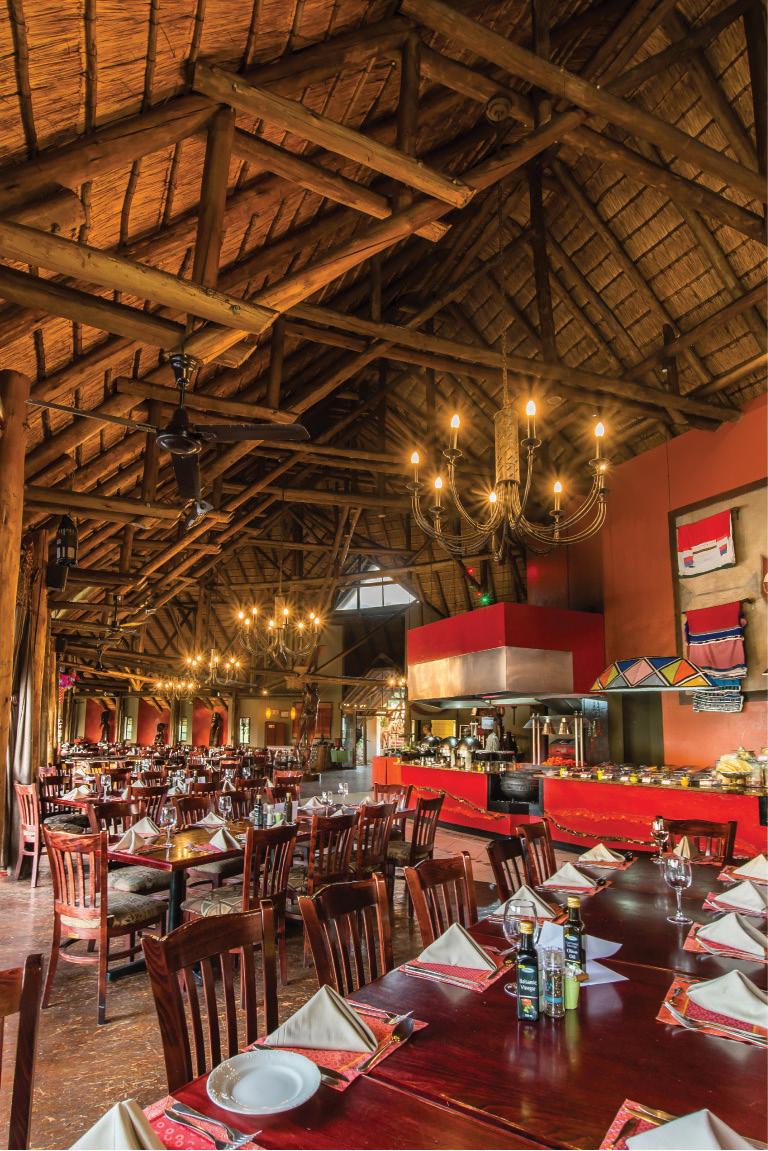
OUR SERVICES
We maintain a consistent and reliable supply of mine support elements to the mines. We do this through having control over all the inputs which makes this possible. Our steel products are manufactured by NHR Manufacturing at our factory in Ga-Rankuwa at the highest quality standard. Our timber products are overseen from plantation, harvesting ,sawmill and transport of the end product to the mines.
At the mines we can provide mine yard management including stock control. We supervise the logistics of the mine support products from surface to underground. This ensures that mines never lose blasts due to a shortage of the support materials that we supply Our after sales service includes support installation training underground and support effectiveness monitoring. A daily report is generated by each instructor which is circulated to the relevant officials for information and comment.
Research and Development forms part of our strategy We are committed to continuously improve mine support products and systems striving to improve safety, costs, and productivity
To summarise:
Ÿ
Mine Yard Management
Ÿ
Support Installation Training
Ÿ
Support Installation Effectiveness Monitoring and Data reporting
Ÿ
Rock Engineering Services
Ÿ
Research and Development
Ÿ
Quality Assurance and Regular Testing of our products at accredited testing facilities
OUR PRODUCTS
STEEL
- Pre-stress Pack plates
- Cluster plates
- Pre-stress pots (with or without hooks)

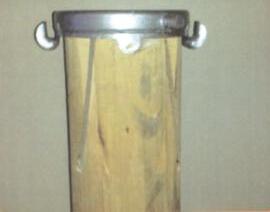
- Pre-stress pump and hose assembly
- Headboards complete with pre-stress units
- Split sets – mild steel, galvanised or 3CR12
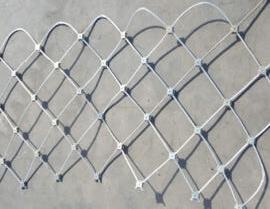

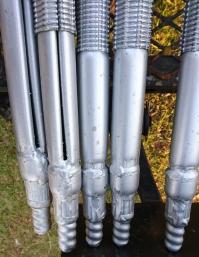



- Temporary support – Seiza Jacks
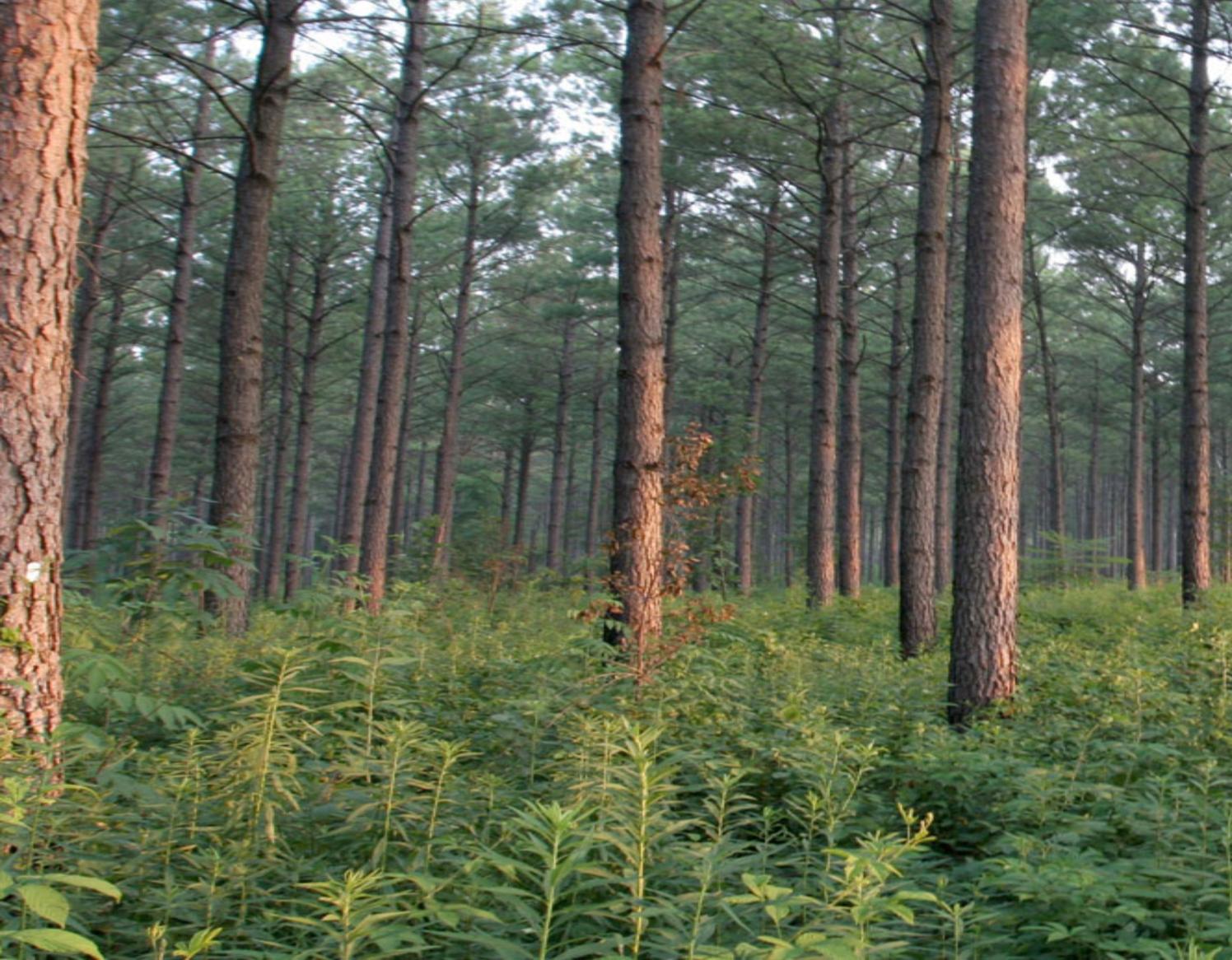
TIMBER
- Mats: Solid, end-grain, space etc.
- Pencil props, engineered props etc.
- Chocks, slabs, trims, squares
- Dunnage, laggings
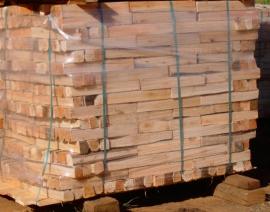


- Gumplanks, Gate stalls, wedges
- Hardwood sleepers
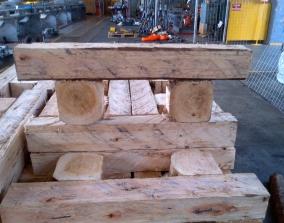
- Charging sticks
Spiral resin Bolt Combi - Plates


Back Anchor Split Set
Expansion Friction Bolts


among other options, are back on the table.
- Energy Minister Gwede
MantasheAmidst South Africa’s worst electricity crisis with loadshedding at unprecedented levels, South African mining and energy minister Gwede Mantashe is going for broke, saying that nuclear and shale gas,
At a packed conference hall at the Enlit Africa power and energy conference in May he encouraged power developers to invest in South African energy projects, from renewables to nuclear to transmission capacity and even reopened shale gas exploration. Mantashe also dwelled at length on his views on the just energy transition for which South Africa has signed
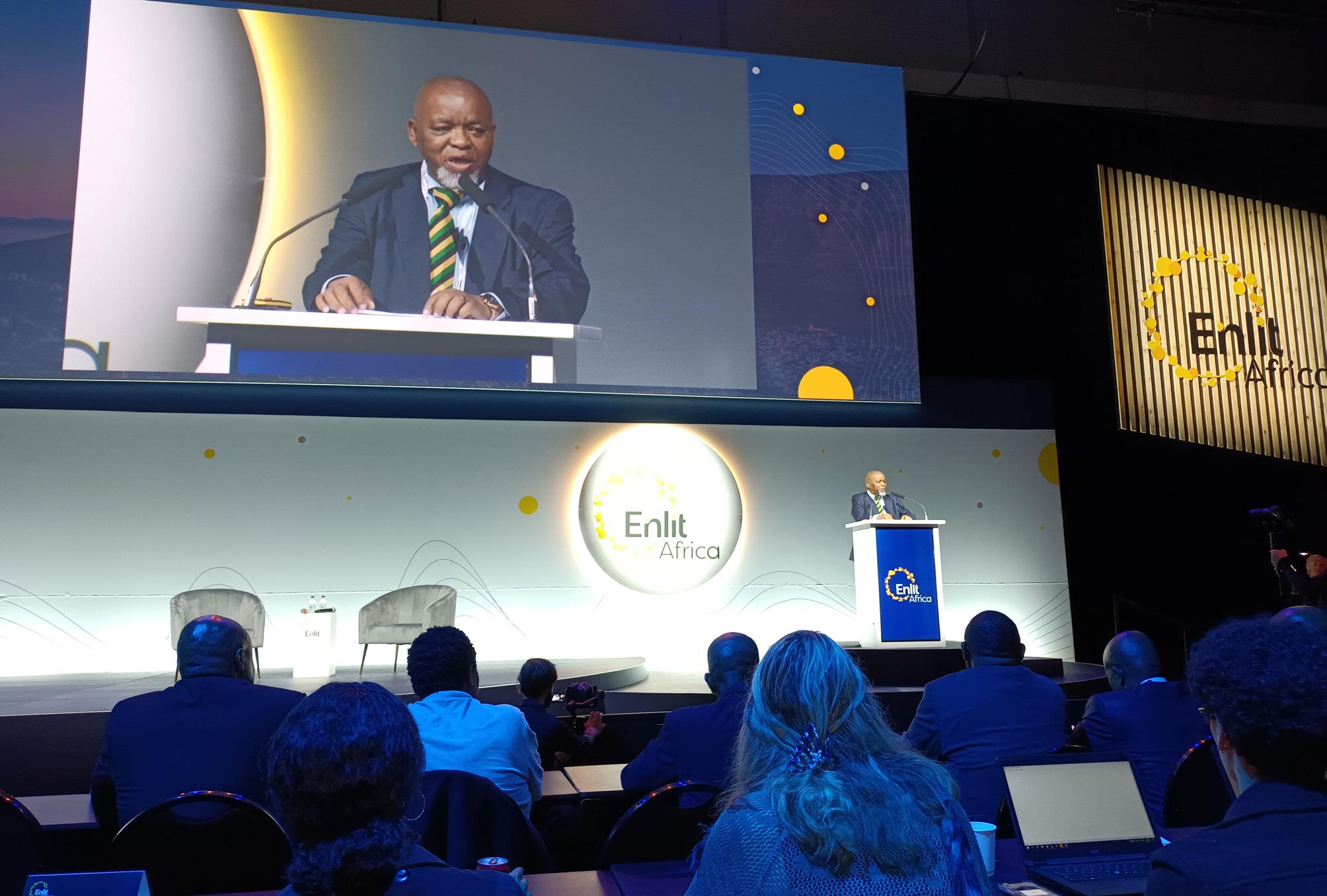
Energy transition is a journey; it is not an event
up in lieu of receiving substantial foreign financial assistance. Mantashe told delegates to the Enlit conference that he “prefers engaging with entrepreneurs, that’s why I decided to come here.” Just days before he had delivered his ministerial budget for 2023–2024 to Parliament.
Minister Mantashe said adding more renewable energy to the grid was hampered by grid capacity, calling it “one of the major challenges facing us today.” He said that during bid window 5, Eskom was unable to connect a 3,200 MW wind-power project in the Northern Cape due to the weak grid in the province.
He advised would-be bidders in the upcoming bid windows 7 and 8, to bid for areas where the grid is strong, such as in Mpumalanga, Gauteng and Limpopo.
“We are going to ask for 5,000 MW each. Watch this space, get in there, compete,” the minister added. The minister also mentioned that “as Eskom needs to accelerate transmission capacity, we will welcome investors in transmission.”
Other upcoming bids will include projects for battery storage, gas-to-power and nuclear power generation. “We need nuclear, it’s reliable,” said Minister Mantashe.
He said the Koeberg nuclear power station in the Western Cape had been running for almost 40 years, and “we never had a disaster at Koeberg, it is the same reliable energy generator. It is costly at commissioning, very efficient when generating energy and very costly in decommissioning.”
“The lowest cost energy in South Africa is from nuclear at 40 cents per unit and nobody else can afford that. Renewables have tried to give us 47 cents, but the majority of them could not meet it.”
Minister Mantashe also said the government was going to continue with the process of the exploration of shale gas despite having been challenged before in court.
“Our shale gas in the Karoo has been tested and experimented and it has been proven to be economical. So, we are going to remove the moratorium on shale gas.
“If you want to explore shale gas, be prepared to have patience to endure court challenges, but we are going to open it,” he said.
Referring to the Integrated Resource Plan (IRP) 2019, the country’s blueprint policy for electricity generation, which is currently under review, he said that it speaks to the “just energy transition in detail.”
According to the minister, “the distinction between ‘IRP and general speak’ is the movement from high carbon to low carbon emission, not coal to renewables. And when we say that we understand that that transition is a journey; it is not an event. Therefore, it will take time to move from high carbon emissions to low carbon emissions.”
“And we are also giving it a character, it will be a combination of technologies that will help us transition from high carbon emission to low carbon emission. What does that entail? It means if we convert a coal power station and repurpose it to a gas power station, it will still be emitting, but it will be emitting half of the carbon emissions of the coal power station. So, it will entail a step in the journey.”
Enlit Africa, formerly known as African Utility Week and POWERGEN Africa, is Africa’s leading energy exhibition and conference. It brings together the energy industry’s most influential professionals and decision makers from across the continent for three days of relevant, accredited technical and strategic conference seminars, networking opportunities and access to world-class products and solutions.
During the keynote session at the conference, various energy experts from across the continent agreed that technology is key to the continent’s just energy transition.
Africa’s just energy transition ambitions are being tested in the face of a global recession, rising poverty, unemployment and falling revenue. In addition to the staggering sums of investment that have been identified for the technology and headline achievements of the energy transition, Africa is facing the reality that it will likely not meet the seven sustainable development goals by 2030.
Africans need to do the energy transition for themselves, said Alex Wachira, Principal Secretary in the Kenyan Ministry of Energy & Petroleum.
“One of our main challenges is attracting investments, but we cannot keep complaining. It’s about time that as Africa, we get our hands dirty and walk towards the transition from fossil fuels to green energy.”
He said that Kenya was currently generating about 92% of its energy through renewable energy from hydropower, geothermal, wind and solar energy. He said that as a continent, Africa had the potential to generate up to 350 GW from hydropower, 10 TW of solar and 150 GW of wind power.
Pointing to Morocco as an example, he said it was developing about 10,000 MW of solar plants and about 3,800 kms of LVDC power. “The mission of Morocco is to sell that power to Europe, to Spain and all the way to the UK. There is no reason why Africa should not be unable to do the same, to put up such infrastructure and sell power to each and everyone.
“Kenya is consuming about 200 MW from hydropower from the Great Renaissance Dam in the middle of Ethiopia. We have built a regional connector to Ethiopia. Therefore, Africa needs to embrace technology and attract investment, no more complaining,” said Wachira.
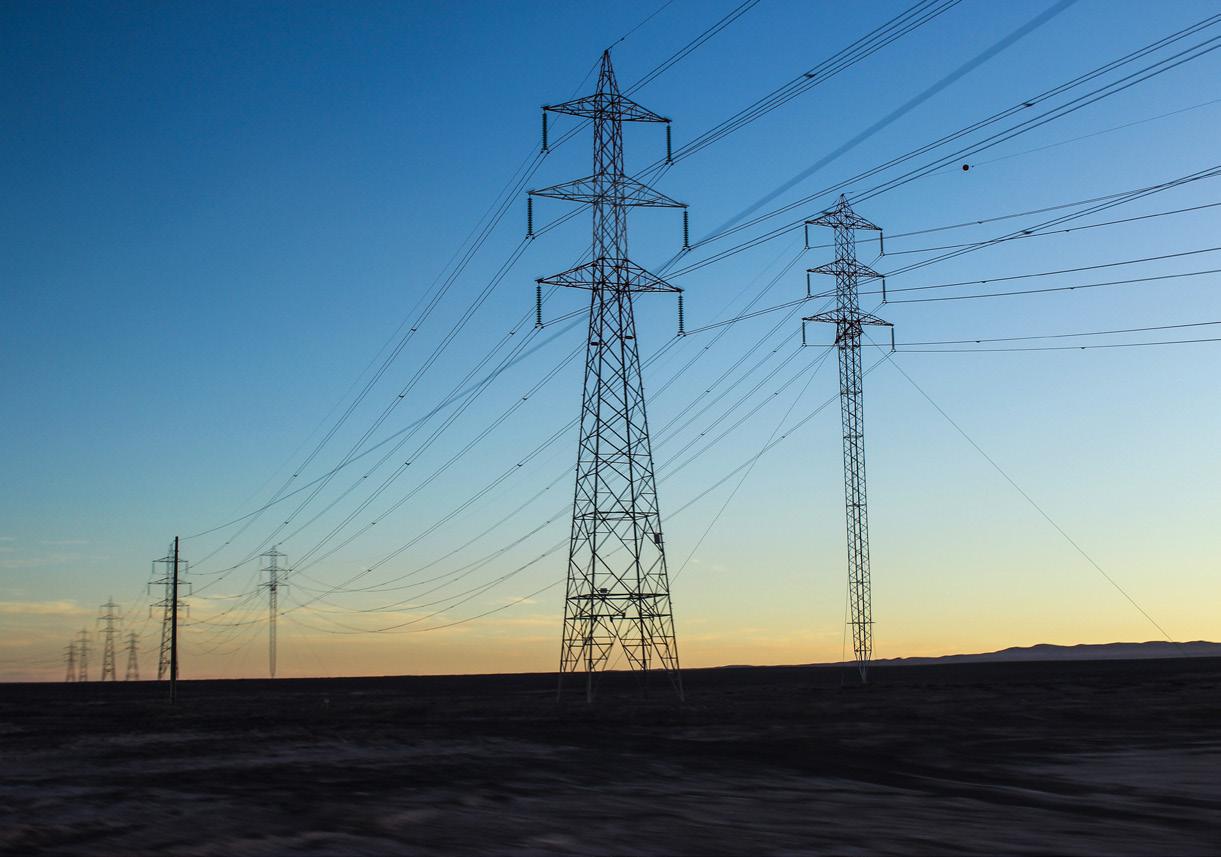
Abel Tella, secretary general of the Association of Power Utilities of Africa (APUA) based in Cote d’Ivoîre, said the current five power pools on the continent were helping to integrate renewables into the regional grids more quickly and assist in meeting the net-zero targets of 2030. Leapfrogging is also happening in energy, he said.
The continent’s five power pools are the Southern African Power Pool (SAPP), Eastern Africa Power Pool (EAPP), Central African Power Pool (CAPP), West African Power Pool (WAPP) and North African Power Pool (NAPP).
Sabine Dall’Omo, CEO of Siemens South Africa agreed that, “Technology will be fundamental for the just energy transition… many solutions have already been developed on the continent.”

However, she emphasised that “providing access to electricity for everybody, to the 600-million on the continent who don’t have access, to the women who can’t cook with clean sources, is the first point of making the transition just.”
Dall’Omo added: “Looking at the just transition in general, there are a lot of discussions around hydrogen, but it is not a cheap solution and only for very dedicated industries. It is not a fit for all. When I look at ‘just,’ it is how we can industrialise the continent through the green transition.”
Open banking… another one of those (fairly) new buzzwords that are being tossed around with abandon in the financial services sector these days. But outside of these professional circles few people actually know what it entails or what its benefits might be, even if the experts are saying everyone should care about it
as it would empower consumers by giving them greater choice and more control over their financial data and affairs. It is set to revolutionise the banking sector, it is claimed.
You don’t work in the sector, and yes, it all sounds a bit mysterious to you? Don’t worry, you certainly are not alone. As a

concept, neither the Oxford nor Cambridge dictionaries list it yet. Investopedia does provide an explanation, though it’s not one meant for laypeople or novices. It says the following:
“Open banking is also known as ‘open bank data’. Open banking is a banking practice that provides third-party financial service providers open access to consumer banking, transaction, and other financial data from banks and non-bank financial institutions through the use of application programming interfaces (APIs). Open banking will allow the networking of accounts and data across institutions for use by consumers, financial institutions, and third-party service providers. Open banking is becoming a major source of innovation that is poised to reshape the banking industry.”
To those not in the know, it all seems to be part of the great data revolution – monitoring and delving into one’s every thought or move so that others can exploit it commercially. Another assault on one’s privacy and ownership of one’s own data. Things that were previously closely guarded by one’s bank. “Unlocking banks’ data vaults”, is how one headline puts it. Is it indeed like this?
“Unleash the power of open finance. Embrace the platform economy,” is how one open banking service provider advertises it. It goes on to state, “Offer personalised services to your clients by accessing financial data beyond your bank. Engage customers and discover new sales opportunities with 360º financial customer view.” And so on.
Leading financial services provider Investec gives a more sober and more clearly understandable explanation in an article on its website. It says the following:
“Imagine having one app that caters to all your financial needs, from banking to buying insurance. Welcome to Open Banking, an initiative that’s giving consumers more control of their data and finances.
It’s been a year since Open Banking – described as a financial services revolution – started shaking up the UK and European financial landscape, giving consumers the power to ask their banks to share their payment account data with other authorised third-party providers. This could include your credit card, your current account and some savings information. The benefit? Gaining access to a much wider range of financial products and cutting-edge technology to better manage your money.
Open Banking regulation includes the European Payment Services Directive (PSD2) and legislation passed by the UK Competition and Markets Authority in 2016 that requires the country’s nine largest banks to allow outside developers secure access to their clients’ data so they can build other apps.
It isn’t only consumers who benefit, but also fintechs – the companies, typically start-ups, that are building the apps that add value to consumers’ banking services.”
Devin Kohli, Investec’s co-head of Emerging Companies in the UK, provides more clarification. He calls open banking “a seismic shift for banking”. For a glimpse into the future that this shift may bring, he suggests we look to the east. “China has Alipay [a third-party mobile and online payment platform], which a vast majority of consumers use, along with the social media and online payment app WeChat, to do a number of things over and above making a payment. That is what we think is increasingly going to happen in the UK and European market – that you’ll use your banking app to do other things apart from just check your balance or make a payment. You may buy insurance, or look at your pension, or manage your wealth through that platform.”
Is it a new system that will replace traditional banks, or will traditional banks simply expand their services to include this new platform and all it offers? The answer seems to be that it’s pretty much still a work in progress among all the possible role players including one’s bank.
And it seems to be that a consumer’s desire to utilise open banking won’t necessarily depend on his or her own bank – it is a service that could be provided by other fintech companies in partnership with your existing bank.
In this regard, Kohli enthuses: “That’s the power of open banking.
“Open banking will allow the networking of accounts and data across institutions for use by consumers, financial institutions, and third-party service providers.”
You can have third parties working with your bank to create a holistic experience for you as a user. That’s a huge shift. I don’t need to have 55 apps on my phone to do 55 different things.”
The Investec article acknowledges that this “may seem like this revolution is a threat to traditional banks.” It, however, assures traditional banks that “for banks that are brave and innovative enough to embrace the change and partner with fintechs to enhance the services they offer to their clients, it could represent a significant opportunity”.
and where anybody may sign up, test, and use them.
However, if these APIs were created using the bank’s proprietary protocols, then that is also not open banking. Open banking occurs when these APIs are standardised and when an ecosystem of players working together to provide financial services utilises these standard protocols.”
Because of open banking being at such an early stage of its development, regulation has been lacking, causing many countries to take a market-driven approach. In some countries like the UK and some member states of the European Union, a regulator-driven approach has been adopted. In others, like the United States and countries in Far East Asia, a marketdriven approach without any regulatory framework has been implemented.
In fact, open banking, in Kohli’s view, actually helps the large banks to retain their users by compelling them to encourage a collaborative environment, says Investec.
Sharing her ideas on open banking in BizCommunity, Harsha Maloo, head of payments at Synthesis, says she believes that open banking promises to reinvent the way consumers view and interact with financial products and services. According to Maloo, open banking refers to the use of open application programming interfaces (APIs) in the banking industry.
“APIs have been around and have been used since the early days of computing. However, the access to and use of the APIs by third-party providers only became popular in the early 2000s with the rise of the internet and web-based services. APIs are the enabler that powers open banking, but alone they are not enough to achieve open banking.”
Maloo says globally, open banking is still in the early stages of development, as is the case in South Africa too. She says:
“Currently, several banks in South Africa have exposed some APIs that can be used by businesses, partners, suppliers, providers, or resellers in a one-to one arrangement, either directly to partners or through a marketplace. This is not open banking. These are just partner APIs that the banks have made available in order to build closer partner integration.
Open APIs are a step ahead of partner APIs in that they are published on a platform or website that is open to the public
In South Africa regulation is also still lacking, causing the industry to adopt a market-driven approach.
But Maloo contends that locally “the banks are merely using this market-driven strategy as a front to monetise the APIs and add a new revenue stream. As the incumbents have chosen to operate in a partner-led mode, it is not actually opening the ecosystem for innovation. Additionally, a select few banks that have made their APIs available on publicly accessible websites are ensuring that the businesses that wish to use these APIs become the partner of the bank. Furthermore, South African banks are building these APIs adhering to their proprietary standards, some citing the CMA (UK) and PSD2 (EU) as their guiding principles. Observing the pattern, it is evident that under the shadow of open banking, the South African banking industry is just strengthening its partner ecosystem,” says Maloo.
Do consumers retain control over their own data? Investopedia answers this question as follows: “Under open banking, banks allow access and control of customers personal and financial data to third-party service providers, which are typically tech startups and online financial service vendors. Customers are normally required to grant some kind of consent to let the
“Open banking promises to reinvent the way consumers view and interact with financial products and services.”
“Customers are normally required to grant some kind of consent to let the bank allow such access, such as checking a box on a terms-of-service screen in an online app.”












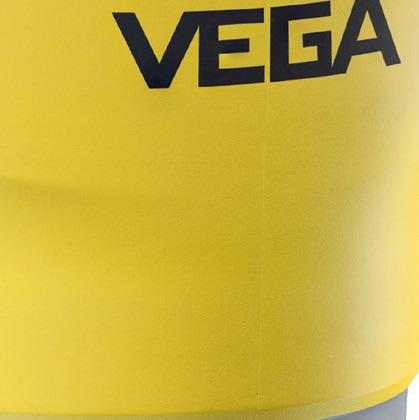
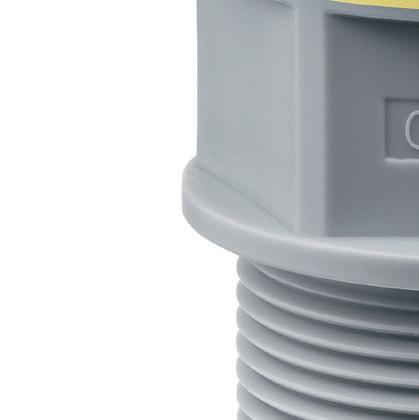



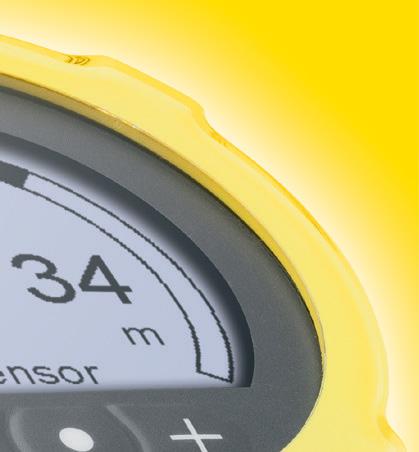

bank allow such access, such as checking a box on a termsof-service screen in an online app. Third-party providers APIs can then use the customer’s shared data (and data about the customer’s financial counterparties). Uses might include comparing the customer’s accounts and transaction history to a range of financial service options, aggregating data across participating financial institutions and customers to create marketing profiles or making new transactions and account changes on the customer’s behalf.”
But don’t think the concept has escaped South Africa’s regulatory authorities’ attention. In November 2020 the South African Reserve Bank (SARB) published a paper titled, ‘Consultation paper on open-banking activities in the national payment system’. While much work on this has since been done, finalisation of regulating open banking still remains pending.
The bank looks at the open banking platform from the point of view of its legal obligations in terms of the National Payment System Act 78 of 1998 which regulates the national payment

system (NPS), and which the bank says, “encompasses the entire payment process, from payer to beneficiary, and includes settlement between banks. The process includes all the tools, systems, mechanisms, institutions, agreements, procedures, rules and/or laws applied or utilised to effect payment. The NPS enables the circulation of money, that is, it enables transacting parties to exchange value. The NPS further contributes to the economy and financial stability in South Africa”.
The SARB paper then looks at what is known as ‘screen scraping’ in the payments industry, saying it involves a third party developing an app to get direct access to a consumer’s online banking profile and subsequently taking over the Internet banking session and automating a payment on behalf of the consumer. Both screen scraping and open APIs enable open banking, but it is the latter that is widely embraced by regulators and banks given that it allows customers’ financial information to be shared in a secure manner, says the SARB.
“Screen-scraping activities have gained traction in South
Africa due to a lack of effective and attractive real-time retail electronic payments. The concept of ‘open banking’ emerged as a way for third-party providers to securely gain access to customers’ financial information from banks using open APIs in order to leverage innovative technologies and improve customer experience.”
It goes on to state that ‘open banking’ is a term used in the global financial industry with several definitions, as the concept is still evolving. The Euro Banking Association defines ‘open banking’ as “a movement bridging two worlds, i.e. making it possible for customers to use their banking service in the context of other fintech services, thereby combining innovative functionalities from banks to non-banks with reach through infrastructure”. The Bank for International Settlements (BIS) defines ‘open banking’ as “the sharing and leveraging of customer-permissioned data by banks with third-party developers and firms to build applications and services, such as those that provide real-time payments, greater financial transparency options for account holders, and marketing and cross-selling opportunities”.
According to the SARB paper, both screen scraping and open APIs enable open banking, but it is the latter that is widely embraced by regulators and banks given that it allows customers’ financial information to be shared in a secure manner. Regulators and policymakers around the globe are currently assessing the adequacy of their regulatory frameworks as the adoption of digital payment solutions offered by fintech companies increases, with the objective of harnessing the benefits while mitigating the risks.
The SARB does not have a policy or regulatory framework for open banking. More specifically, the NPS Act does not have provisions that deal with open-banking, screen scraping or APIs. However, there have been increasing concerns regarding screen scraping and its impact on the safety and integrity of the NPS, consumer data protection, and other risks it may pose to customers. Although some NPS participants embrace the use of APIs and open banking, the absence of a firm policy and a regulatory framework is negatively impacting on the progression of open-banking initiative, said the SARB.
The bank approaches the issue with caution, and lists the following questions and challenges:
• There is a lack of accurate information about screenscraping activities.
• In South Africa, data protection legislation was only
implemented fully in July 2020.
• Screen scraping presents safety and integrity challenges in the NPS.
• Merchants are exposed to counterparty risk as they rely on notifications from third parties to dispense their goods and assume that paid funds will be made available.
• Banks may face reputational risk as third parties do not carry liability and are not subjected to the regulations applicable to banks.
• Operational risk is one of the key risks in the use of digital solutions, including screen scraping and APIs.
• Screen scraping exposes customers’ financial information to fraud.
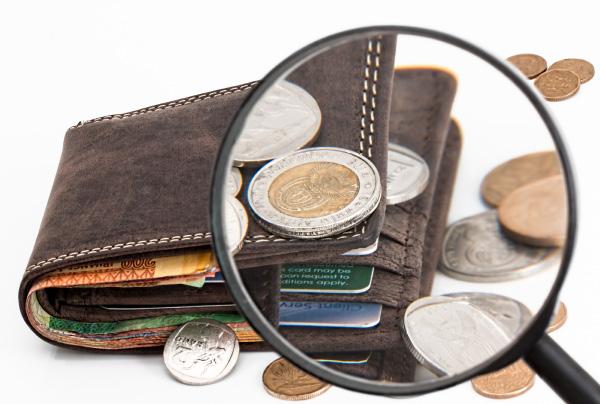
• T here is legal uncertainty in respect of liability, and a lack of dispute resolution mechanisms for customers.
• Different regulatory approaches exist. While open- banking could have benefits for end users and foster innovation and competition for banks and non-banks alike, support from regulators might be uneven due to their different mandates. Therefore, this calls for a review of financial sector regulation (including of payments), competition and data privacy laws, all of which may need alignment, stated the SARB in its paper.
As with many new things there are pros and cons involved, and while open banking promises many exciting new opportunities for banks, third party service providers, merchants and consumers alike, it’s clear that it’s still early days and much work still needs to be done. But then again, traditional banking could hardly escape the full thrust of the digital revolution.
YOU ARE THE FIRST BLACK FEMALE TO OPERATE THE NATIONAL LOTTERY AND WIN THE VARIOUS ACCOLADES.

HOW DOES THAT FEEL?
Let me start by saying we are celebrating 8 years of gaming excellence this June. One of my proudest achievements was being awarded the National Lottery license in June 2015.
Over the past eight years, we have successfully over-delivered on our mandate to reinvigorate the National Lottery. Through our initiatives, we have generated over R10.1 Billion rand in revenue towards the National Lottery Distribution Trust Fund (NLDTF), which is used for charitable causes.
Throughout my tenure as the operator of the National Lottery, I have been committed to promoting transparency, accountability, and excellence. I am proud of our progress in these areas, and the National Lottery has played an essential role in driving social change and positively impacting the lives of many South Africans.
Awards inspire innovation and change.
We thank each organisation for seeing the difference we are making and look forward to the future.
From the outset, we have been committed to reinvigorating the National Lottery, and despite numerous challenges, we remained focused on the task and committed to delivering exceptional results.
In comparison to many other operators, ITHUBA is ahead of its game. For example, our partnerships with several major banks have allowed our players to play via banking platforms. Additionally, our decision to replace traditional mechanical ball machines with a random generator and digital draw show proved essential during COVID, allowing us to conduct draws and sustain the business.
In addition, through our National Lottery mobile App and its integrated wallet, we are able to offer our players a seamless playing experience across the App, website, and even the ability to purchase tickets in USSD, proving that we are a force to be reckoned with.
ITHUBA is currently operating on an international level, and the bar is set high. Still, we are not - we are looking to the African continent regarding growth and the next steps.
Female empowerment gives women the tools and resources to control their lives and make decisions that affect their well-being. For example, my mom’s actions and words had a positive, inspiring effect on me, and empowering other women has a ripple effect on society. It leads to more significant economic growth, improved health outcomes, and a more peaceful world.
To make a difference in female empowerment, we must address the systemic barriers preventing women from achieving their full potential. This includes improving access to education, healthcare, and economic opportunities and tackling complex issues like genderbased violence and discrimination. We can also support women in leadership and amplify their voices in decision-making processes. Working together to empower women can create a more equitable and prosperous future for all.
I love being a philanthropist. The rewards I take from it inspire me in my everyday life.
Part of my philanthropic work at ITHUBA involves establishing our ITHUBA bursary programme, which provides financial assistance to students wanting to study in the fields of Marketing, Information Technology, and Commerce.
Other programs we have initiated include the Supplier Enterprise Development program (SED). Through this, ITHUBA has funded 82 SMEs to kick-start their businesses.
We have also established the Female Retailer Development Program, designed to empower women. ITHUBA identified over 100 female
retailers from previously disadvantaged rural and township areas and trained and upskilled them to improve their business skills.
And we will not stop there. We will continue to make a difference, inspiring, helping and mentoring.
ITHUBA is very focused on our women empowerment program.
We have partnered with different institutions to identify and support small businesses. For example, we have built programmes, created coaching and mentorship opportunities, and taught these businesses how to do business with our partners, such as the University of Johannesburg.
There are still too many gaps and a feeling of dissatisfaction among women who feel unheard. We still need to fight for equal recognition in the workplace and social scenarios.

Moreover, the National Lottery business provides many opportunities for women entrepreneurs to start their own companies- they can become National Lottery retailers by selling National Lottery tickets to customers, creating small businesses and generating income for themselves and their families.
Overall, the National Lottery business provides many opportunities for women to contribute their expertise to a dynamic and growing industry. By embracing diversity and inclusion, the sector can continue to evolve and innovate, driving tremendous success and benefit for all. Our business has a good balance of women in our top leadership, and we believe strongly in women’s representation.
ITHUBA was something we started proudly from scratch. We had put together solutions from Zamani and Paytronix and focussed on different technologies. Before we knew it, we had been awarded several accolades, one of them for being in the top 5 in the world Lotteries as identified by the World Lotteries Association. Having people and other companies benchmarking off of us speaks for itself.
We need to be leaders in tech before becoming an operator, and this philosophy will never change. We need something to pivot off of and cannot use the standard business formulae. We believed we were unique and made it our mission to package ourselves as an industry leader, be bold, and put our money where our mouth is.
We remained focused on this and took our technology as the backbone of the business, knowing that the front end goes with the back end and comes full circle.
As a CEO, I focus on inspiring and motivating my employees to work towards a shared vision while creating a positive and inclusive work culture. I work hard to inspire and build trust through challenging times and try to make tough decisions with empathy and transparency. I believe in fostering innovation and growth.
Above all, leading with purpose.
My mom was able to achieve excellent outcomes in business with the little she had. I want to carry out her business legacy and pass on the values of hard work, self-reliance, confidence, and consistency she instilled in me. These values shaped my vision to succeed despite societal barriers.

Coming from a poor background and seeing my mom be a leader, I share the same sentiments and style of leadership that she had. Hard work and determination are the core skills I drive in my team.
A CEO should have a clear and compelling vision and the ability to inspire others to work towards that vision.
When ITHUBA took over the operations of the National Lottery in South Africa in June 2015, our first goal was to ensure a smooth transition from the previous operator and to maintain the integrity of the National Lottery whilst reinvigorating it.
To achieve this goal, we implemented various initiatives, such as introducing new games, expanding the retail network and online platforms, and enhancing the security and transparency of the National Lottery operations. These efforts have increased revenue for the National Lotteries Commission and higher pay-outs for National lottery players.
Further, we have focused on promoting responsible gambling and empowering communities through the revenue generated for the National Lotteries Distribution Trust Fund. Our commitment to social responsibility and sustainability has been evident in the various community projects and initiatives that ITHUBA has undertaken through its own personal capacity.
The result is that ITHUBA has emerged as a socially responsible operator of the National Lottery.
Partnerships and innovation go hand in hand; as an organisation, we proved this through the COVID pandemic. Creating opportunities by going digital has also been a driving factor.
We have seen a significant shift to online play, fast-tracked during the COVID lockdown period. Technology is forever changing, allowing us to offer our players a seamless playing experience across multiple platforms.
This latest move impacted where players purchase their National Lottery tickets – traditionally, over 80% of all tickets purchased were in-store; however, online sales now account for over 50% of all ticket sales.
From a professional point of view, our ability to deliver excellent results for the National Lottery and be seen as a global forerunner.
On a more personal note, I would definitely highlight the ITHUBA corporate social initiatives that have allowed us to make a real difference. A place to call home is so important. With so many people losing their homes due to natural disasters, I am reminded that the average South African - those who make our tea, clean our office, and mow our lawns - could never afford a house on their means. So we started to build homes for our staff at ITHUBA in 2018, focusing first on those who need it the most.
While visiting the KZN disaster areas, I realised we could take this project to other people. Following a similar process, we conducted one-on-one interviews. Reading their stories is emotional: people who have lost homes, furniture, and relatives. One family lost both grandparents and never recovered the grandfather’s body. The least we can do is help them get a place they can once again call home.
We held a roadshow in December last year where we handed over fifteen homes across three provinces- I know that fifteen will not move the needle, but helping even a few at a time is a step forward.
Another project close to my heart is the ITHUBA Bursary program, which allows students who do not have the resources to pursue a higher education that can open up a range of opportunities for them and improve their prospects.
Additionally, our ITHUBA Bursary program helps to promote diversity and inclusivity in higher education. The program can help address inequalities and create a more equitable system by supporting students from low-income families or marginalised communities.
Furthermore, our ITHUBA Bursary program has a ripple effect on communities and society. By investing in education, we are investing in the future of our society and helping to create a more knowledgeable, skilled, and innovative workforce. This can drive economic growth and improve social outcomes.
WHAT ARE
HAVE ACHIEVED SO MUCH. Taking ITHUBA, its stakeholders and all our partnering organisations to higher levels, striving for excellence and creating paths for those yet to come.
ITHUBA stands for Equality in opportunity!
Equality in opportunity means everyone has the same chance to achieve their goals, regardless of their background, identity, or circumstances. It means that individuals are not discriminated against based on race, gender, socioeconomic status, or religion.
Equality in opportunity recognises that everyone faces challenges and has a different viewpoint.

Overall, Equality in opportunity is about creating a level playing field where everyone has a fair chance to succeed based on their talents, skills, and efforts ahead of factors outside their control.
There is a specific need for excellence within our business - ITHUBA recognises this as we strive to build a unique company that uses this quality to inspire, make a difference and challenge the current status quo.

CONTACT DETAILS:


Telephone number: +27 11 436 6000

SouthAfrican

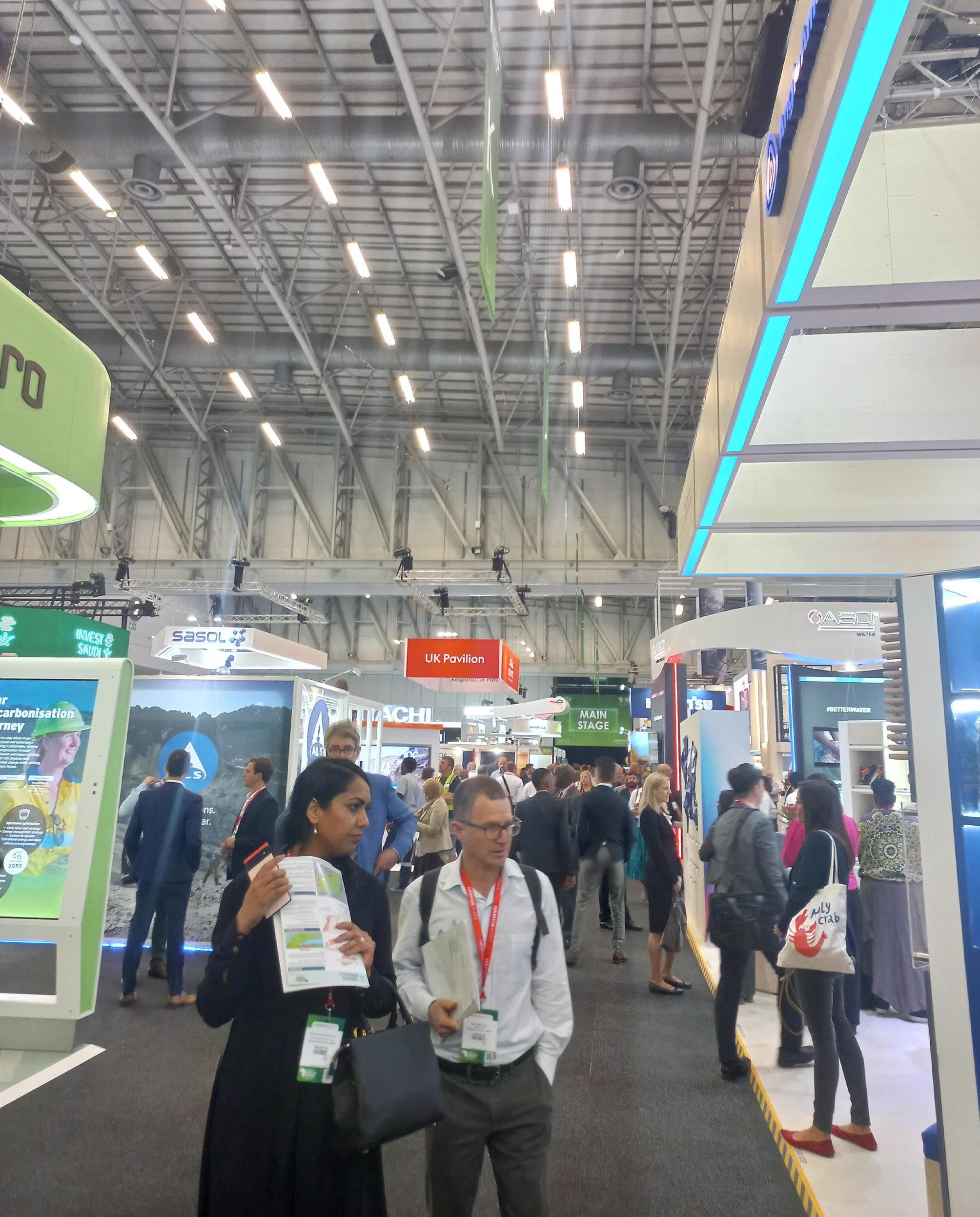
When the cat’s away the MICE will play… goes the old saying. In this case the cat is a pandemic called Covid-19, and MICE of course is the abbreviation for the meetings, incentives, conferences, and exhibitions sector.
Indeed, as the world emerged somewhat shell-shocked from the Covid-19 pandemic and things started returning to normal again, it wasn’t long before all the big events proverbially returned to town. Some will say bigger and better than ever.
Among them some well-known names such as the Investing in African Mining Indaba, the Africa Energy Indaba, Africa’s Travel Indaba, the World Travel Market (WTM) Africa, plus a vast variety of other important events. Also on the conference calendar this year, was Meetings Africa, a gathering of Africa’s various stakeholders in the MICE sector of the tourism industry.
While South Africa’s tourism industry is still struggling in some respects to return to pre-pandemic levels, the MICE sector is one important part of the overall tourism sector that has wasted no time in getting back on its profitable feet.
But while the future looks good for the MICE industry, there are still significant challenges, chief among these being the debilitating loadshedding – or rolling power blackouts – imposed by South Africa’s struggling national electricity utility, Eskom.
“Plunged into darkness at the start of the Covid-19 pandemic, the MICE industry must work even harder to manage the present loadshedding pandemic, while building back the industry and attracting further interest in South Africa as a top MICE destination,” said Projeni Pather, Founder and Managing Director of Exposure Marketing in March. Since late last year, the country has been experiencing its longest continuous spell of loadshedding at the highest (worst) levels.
Among the challenges for the industry relating to Eskom’s loadshedding, are additional costs to keep supplying conference centres and food caterers with emergency power, among others.
Globally the MICE market was valued at US$876.42 billion in 2022 and is expected to expand at a compound annual growth rate of 7.5% from 2023 to 2030. The industry is projected to reach US$1,439.3 billion in 2025, according to a new report published by Allied Market Research. And according to the World Travel & Tourism Council, the travel and tourism industry globally is worth some US$7 trillion of which, it is estimated, the global MICE industry is worth between US$650 billion and US$700 billion.
Before the Covid pandemic in 2019, some 47,000 tourism sector jobs were sustained by events and exhibitions. At the time, the chief executive of South African Tourism Sisa Ntshona, said South Africa had secured event bids that were estimated to contribute more than R2.2-billion to the economy.
The MICE industry also falls under the broader generic term of business tourism, which comprises everything from seminars to conferences, board meetings, shareholder meetings, executive retreats, incentive programmes, business golf events, appreciation events, company milestone events, team-building events, product launches, and trade shows. Business tourism, it was pointed out at the Meetings Africa conference in 2018, contributed an impressive R115 billion to the South African economy. Business visitors generally spend more than the usual leisure traveller, with most of the spending going on hotels, conference and convention centres, restaurants, country clubs, and golf courses.
The South African National Convention Bureau estimated in 2018 that South Africa at the time hosted about one million delegates at business events every year that supported over 250,000 jobs directly and indirectly in the MICE sector alone. Given recent events and trends, these numbers are set to grow significantly.
With its unique and varied tourism attractions ranging from 5-star conference and leisure resorts to modern cities and all amenities, national parks with abundant wildlife, breathtakingly beautiful natural scenery, marine attractions, adventure offerings, magnificent golf courses, and much more, South Africa is one of the most sought-after and unique MICE locations in the world. Major international sports events also regularly take place in the country. Foreign visitors attending conferences and exhibitions in South Africa often add on an extended stay to experience some of the country’s alluring tourism attractions.
Contributing immensely to making South Africa a premier MICE destination globally, are the state-of-the-art conference centres in almost every major city. Leading the pack are the Inkosi Albert Luthuli International Convention Centre Complex in Durban and the Cape Town International Conference Centre (CTICC). The Durban ICC Arena has theatre seating for 10,000 people, while the centre boasts a total conference and exhibition space of 112,000 square metres, including an exhibit hall of 21,820 square metres.
Just before the Covid pandemic hit, Cape Town secured the number one spot as a globally competitive business destination. Playing a big role in that achievement was the expansion of CTICC II at a cost of R900 million. At the time, some 3,400 international delegates had visited Cape Town. However, this figure pales against
the number of international delegates who this year attended the African Mining Indaba alone - more than 8,100 delegates from more than 100 countries attended.
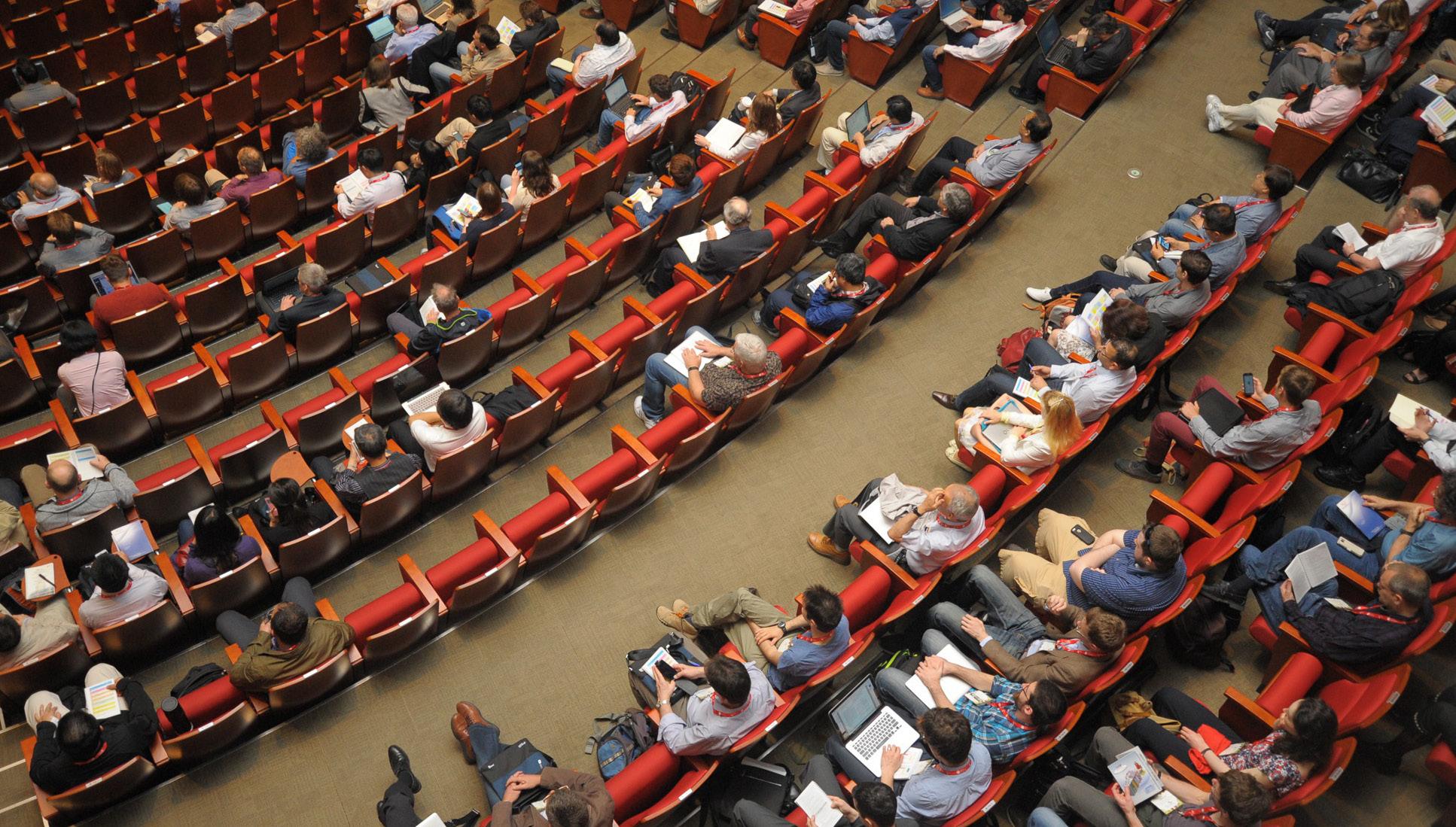
Among them were more than 900 investors and dealmakers, more than 700 mining company executives, more than 470 executives from junior mining companies, more than 60 heads of state and ministers, over 25 ambassadors and more than 25 mineral explorers.
The new-look Meetings Africa took place at the Sandton Convention Centre, Johannesburg, from 27 February to 1 March 2023. At the time South African Tourism’s acting chief executive officer, Themba Khumalo said that Meetings Africa aimed to assist African business events players to restart and grow their businesses. He said that South Africa wanted to use Meetings Africa as a tool to build more partnerships by offering various opportunities to meet face-to-face with the most influential buyers in the world.
This year Meetings Africa for the first time hosted the International Association of Convention Centres (AIPC) Summit. Its Africa chapter is the product of a partnership between the South Africa National Convention Bureau (SANCB), a business unit of South African Tourism, and the AIPC.
The benefits generated by this sector, are also well experienced across Africa. The Global Association of the Exhibition Industry released figures for 2022 showing the existence of some 43,000 exhibiting companies across Africa with 1 million square metres of exhibition space used, and over 2.2 million event visitors to the continent who contributed US$0.6bn in direct spending, US$0.3bn in direct GDP, and 8,600 newly created jobs.
The UN World Tourism Organisation (UNWTO) says the tourism sector is well on its way to full recovery… and business or MICE tourism forms a substantial part of it. With Africa already having recovered about 65% of pre-pandemic levels, the UNWTO’s forwardlooking scenarios for 2023 calculate that international tourist arrivals in Africa could reach 80% to 95% of pre-pandemic levels this year. It will depend on the extent of the economic slowdown, the ongoing recovery of travel in Asia and the Pacific and the effects of the Russian war in Ukraine.
The UNWTO also holds that the MICE industry, as one of the fastest-growing sectors of the global tourism industry, can help sustain tourism across Africa.
SAEEC 18TH ANNUAL CONFERENCE | 20-21 SEPTEMBER 2023
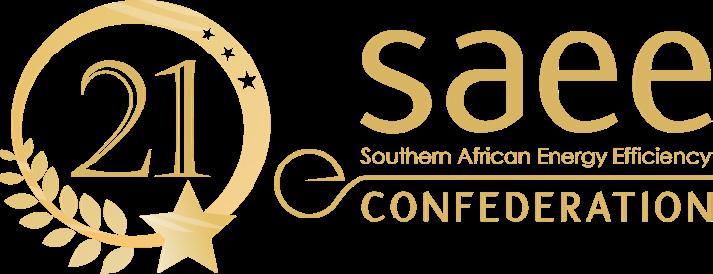
The Lakes Hotel & Conference Centre
1 Country St, Lakefield, Benoni, 1501

Energy Efficiency, energy Management, Renewable Energy and efficient use of resources towards sustainable and environmentally beneficial practices.
The conference brings together world leaders, policymakers, and representatives from various industries, including the energy sector, to discuss climate change mitigation strategies and commitments. It is an event that showcases the high level of dedication and the abilities of our engineers in the South African Energy Industry.

• Clean Water & Sanitation
• Affordable Clean Energy & Water
Energy efficiency and water efficiency saves money amidst rising energy and water costs. These two commodities also drive innovative green technologies, support a cleaner environment and strive to enhance competitiveness in a world committed to reducing GHG emissions through climate change.
• Economic Growth and Funding (Legal Aspect & Funding Energy Projects)
• Industry innovation & infrastructure (Industry 4.0)
• Reduced Inequalities (Further Education in Energy Industry)
• Sustainable Cities & Communities (Buildings and EPC)
• Responsible Consumption & Reduction (M&V & NetZero Carbon and Carbon Tax)
• Climate Action (Alternative Energy & Sources. Hydrogen, Solar, Wind and Water)
• Lighting
• Life on Land (Agrivoltaic farming opportunities for agriculture and an energy transition)
Southern African Energy Efficiency Confederations (SAEEC) communities within:
ESCO Association of South Africa (EASA), South African Females in Energy Efficiency (SAFEE), South African Youth in Energy Sector (SAYES) and Measurement Verification Council Africa (MVCA) www.saeeconfed.org.za

ith all the revolutions and transitions going on – all under the banner of the green economy –one that has also received much attention in recent times, concerns the advancement and stepping up of digital skills training. In fact, much of the future hinges on that.
Yet, it may surprise people to know that digital skills have actually been around for a very long time – in fact for as long as there have been computers, electronic communications, servers and the like. All of these have necessitated the employment of digitally competent IT specialists and people who can operate and use these.
But, and herein lies the catch, there is a thing called the 4th Industrial Revolution (4IR) underway in which digital transformation and digital skills are central. The 4IR represents, according to the World Economic Forum who coined the phrase, a fundamental change in the way we live, work and relate to one another. It is a new chapter in human development, enabled by extraordinary technology advances commensurate with those of the first, second and third industrial revolutions.
In line with the growing demand for such skills, digital skills are defined as the ability to find, evaluate, use, share, and create content using digital devices and services, such as computers, smartphones, and the Internet.

And thus, with these advances the requisite digital skills required in today’s world are considerably more advanced, and often very specialised. Almost all companies these days expect their employees to possess such general digital skills, while often also employing people with highly specialised digital skills. Naturally workforces have to keep up with the ever changing and growing demand for digital skills. This in turn has spawned an entire industry of its own – digital skills training.
Not wishing to fall behind, both government and the private sector in South Africa have invested heavily in digital skills training. For instance, in April, writing in his weekly newsletter, President Cyril Ramaphosa indicated that the National Skills Fund is expected to launch a training package in digital skills for unemployed youth in South Africa. That would be a good way of killing two birds with one stone – youth unemployment and the skills deficit.
“To boost the job creation potential of these investments, the National Skills Fund will soon launch a new model for demandled skills development, which will provide R800-million to fund training for unemployed young people in digital skills. The
investments in the digital economy will propel our country into a new era of innovation and progress.
“As we look to foster increased investment over the next five years, as the structural reform process continues to gather pace and as measures to end the energy crisis bear fruit, we will be able to further position ourselves at the forefront of the digital economy in Africa,” Ramaphosa said in the newsletter.
President Ramaphosa said that over the last five years, significant investments have been made in the country’s digital economy. According to him, at the recent South Africa Investment Conference (SAIC), companies had pledged R81 billion to ICT and digital services projects in the country, bringing the total amount invested specifically in the ICT sector since the first SAIC to some R200 billion.
Of course, digital skills are also in high demand in many other sectors such as manufacturing, the automobile industry, energy, logistics, property, the food and beverage sector, and mining. The latter is undergoing something of a digitalisation revolution of its own.

The Minerals Council South Africa, in collaboration with PwC and the Mandela Mining Precinct, launched its first study into ‘the State of Digitalisation and 4IR in SA Mining’, in 2020, with another in 2022. Both studies’ findings were summarised in ten insights that were referenced by many mining companies to either kick off or accelerate their digitalisation and 4IR preparedness journeys, says the Council. Furthermore, the onset of the COVID-19 pandemic also played a role in the industry embracing digitalisation and 4IR technologies at their operations. Attention was given to key strategies for maturing companies’ modernisation and digitalisation programmes.
According to the Minerals Council, digital transformation is imperative for mining, even non-negotiable, as it “serves as the seamless thread through all the mining value chain processes, and enhances safety and health, security, production, and workforce and leadership capability”.
“What is glaringly obvious though,” it says, “is that our miners have distinctly moved on from pondering ‘the why’ in terms of digital transformation, to ‘the how’ and ‘the what’. This is encouraging and so mining is moving firmly away from the perceived notion that it is a laggard in adopting 4IR and digitalisation.”
Naturally, the Minerals Council and its member companies are heavily involved in training and upskilling employees in the sector. Apart from traditional disciplines in mining such as
mine surveying, sampling, rock mechanics and safety, this also increasingly focuses on digital skills training.
With huge strides being made these past few years in adopting technology and digitalisation in mining, and as mines became more automated and continue to do so, the skills gaps grew wider. This forced mining companies to consider ways to skill, upskill or reskill employees.
According to an article written by Sietse van der Woude, senior executive of modernisation, and Mustak Ally, head of skills development, at the Minerals Council, the Council’s modernisation programmes now include Mining Skills 4.0 - a multi-year programme aimed at developing a reskilling and upskilling framework and strategy to assist mining companies in achieving a just transition of their workforce into the 4IR.
In other areas of the skills shortage and vital skills training, data capturing, analysis and processing are all high-demand skill areas in South Africa. According to the World Economic Forum, data has become a desirable commodity worldwide and as such should be a key area of digital skills development.
In another recent development, the African Women in Supply Chain Association in South Africa signed a Memorandum of Understanding with the Women in Logistics & Transport (WiLAT) organisation from Côte D’Ivoire to collaborate on the delivery of
tailor-made entrepreneurial digital skills training in the logistics and supply chain.

The association stated that it was gearing up to address shortages and capacity gaps and to provide integrated solutions that confront such challenges. It noted that the partnership would see the two organisations develop a programme aimed at unlocking the continent’s potential through entrepreneurship, anchored around the varied opportunities within the scope of the Africa Continental Free Trade Area (AfCFTA) agreement.
Despite all these initiatives, digital skills continue to be in high demand and low supply in South Africa. A specific entity of the Department of Higher Education and Training, namely the National Skills Fund (NSF) provides funding for national skills development initiatives that are identified by the National Skills Development Plan 2030 as national priorities, or are related to the achievement of the Skills Development Act 97 of 1998.
Its funding focus is two-pronged, firstly aimed at allocating a significant portion of its annual and medium-term budget towards education and training initiatives such as bursaries and scholarships, learnership and skills programmes, and workplace-based learning; and secondly, aimed at improving the post-school, education and training system, with a focus on capacity-building, investing in skills infrastructure, research and innovation.
A key finding of the South Africa ICT Talent Development White Paper showed that the country’s digital skills gap and demand for ICT talent continue to be inhibiting factors to the growth of the economy. In addition, the 2022 JCSE-IITPSA ICT Skills Survey found that South African organisations are recruiting outside the country for technologically and digitally skilled talent. This was among the factors that caused the government to increase its placement of over 10,000 TVET college graduates in employment last year, to 30,000 in the 2023 academic year. (TVET stands for Technical and Vocational Education and Training.)
These young people have been employed to digitise more than 340 million paper-based civic records, with efforts to enhance their skills, as they contribute to the modernisation of citizen services, said President Ramaphosa of the initiative.
In his 2023 State of the Nation Address (SONA), President Ramaphosa announced that the country will expand its vocational education and training system to produce the skills that the country needs, among those the critically needed digital skills.
But there has lately been good news in this regard for the entire African continent where digital skills are in short supply. The global computer networking giant, Cisco, recently voted the world’s best company to work for in the Forbes 10- best companies list, has committed itself to training up to 3-million Africans in digital and cybersecurity skills. The company announced an in-kind contribution of $200m (about R3.4-trillion) for resources including curricula, tools, schools and instructors across the continent.
Locally there has been good news in this regard too. South Africa’s MTN cellphone company announced it was launching a major drive to equip Africans with digital skills. MTN says according to data from the GSMA Connected Society, in 2021 only 33 percent of the continent’s population was using the internet. Among the initiatives announced by MTN, is the opening by the company of a new multimedia tech centre in Mgobodzi village in rural Mpumalanga. The telecoms group will also increase access to digital skills training domestically and across Africa, while a new partnership with Rwanda’s Smart Africa will be another initiative to advance MTN’s education and skills training initiatives across the continent.
Finally, while great progress is being made in advancing and training more digital skills in South Africa and across the continent, there are also still many challenges to be overcome. It is a vital work in progress.
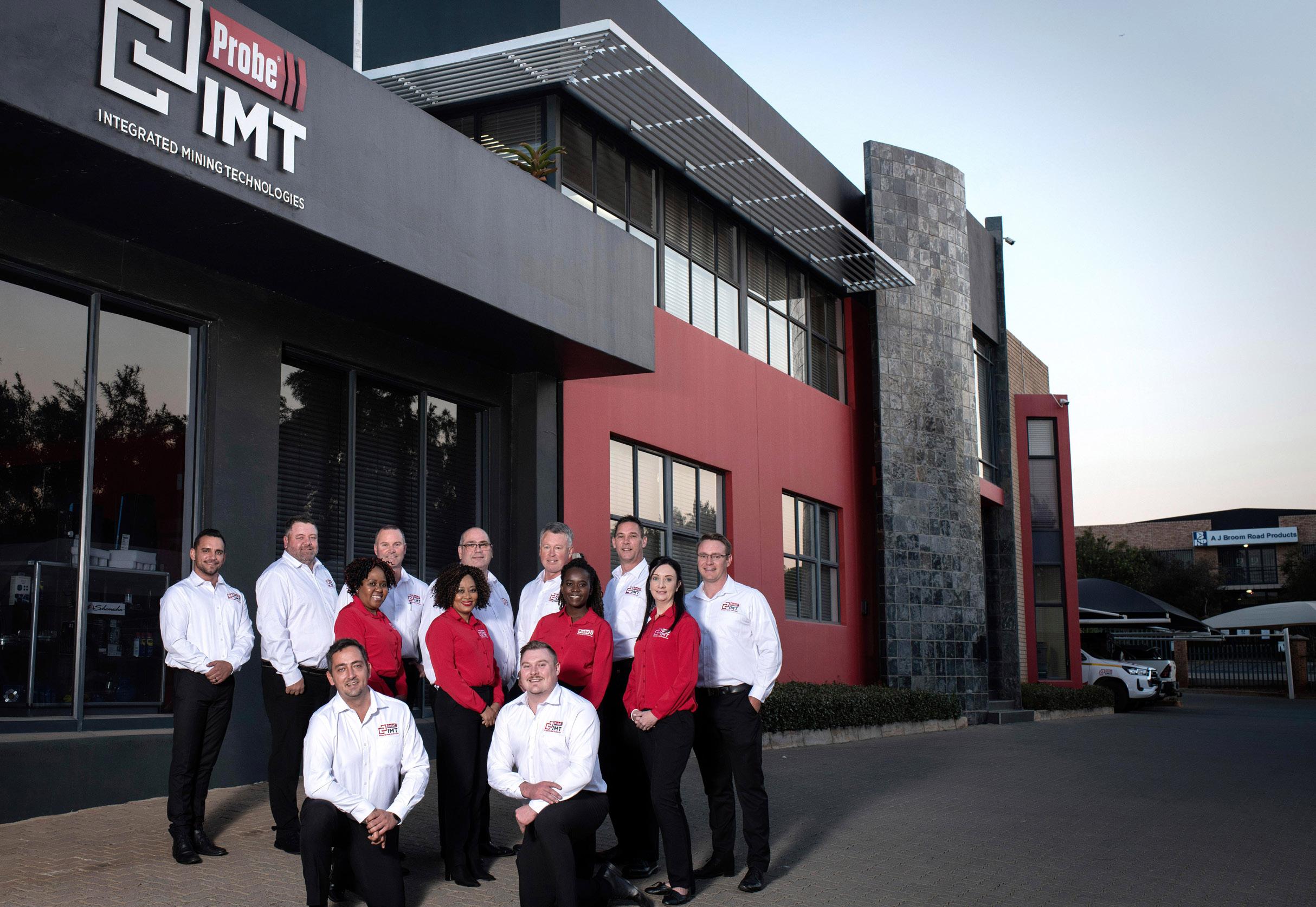
As escalating challenges erode profits, the pressure is on for mining organisations to achieve new levels of performance, efficiency and productivity, while maintaining safe and sustainable operations. Digital technology, with advances in sensor, monitoring, networking and real-time predictive applications, is creating a new environment and is making improved engineering efficiency, construction productivity and better safety outcomes a reality in integrated mining
operations. Working together, these technologies can result in next-level performance enhancements throughout the value chain, says Probe Mining Group of Companies CEO Gert J. Roselt.
Through consolidating the mining-orientated offerings within the Probe Group, the Probe Mining Group of Companies has now evolved to offer a comprehensive, strategic array of best-of-breed technologies, products
and data analysis. Our integrated offering incorporates Operation Level 9 collision avoidance systems, the design and manufacture of safety solutions, air quality and gas monitoring, renewable energy, industrial solutions, air power, and other specialised solutions. We further provide auto electrical field services, batteries, spares & parts for off-highway vehicles (OHV) spares related to Komatsu drive systems, OEM harness manufacturing and Electrical Vehicle conversions. With some of the most prestigious clients, the Probe Mining Group of Companies has over 50 years of experience in serving the South Africa and Sub-Saharan African mining industry.
Roselt says visionary mining leaders have realised it’s time to transform how operations are conducted, rather than simply searching for incremental improvements. “We capitalise on the potential of technologies, including the Internet of Things (IoT), big data and cloud computing to transform operations, better positioning mines to be able to address resource challenges and environmental pressures moving forward. Our investment in new technologies delivers secure and out-of-the-box solutions, including uptime and remote monitoring, for more efficient and accurate exploration of operations. Our intelligent systems combine technology, people and processes to enable feedback loops, defining an organisation’s competitiveness and ability to change the industry landscape.”
According to Roselt, integrated Solutions for Productivity and Safety, have delivered multiple benefits for mining clients, including:
• Highly safe, sustainable and productive operations
• More innovative, future-proof operational models
• Reduced downtime through taking corrective action in advance
• Improved resource and asset use and availability
• Improved mining fleet use and control
• Real-time visibility resulting in enhanced efficiency
• Increased employee productivity
• Reduced cost of ownership
Professional installation and rigorous maintenance are essential to ensure customers experience minimum downtime. Complemented by a Field Services Division, Probe Mining Group of companies offers a fully integrated management solution, including on-site technical testing and implementation of equipment monitoring systems and charging facilities.
The team further views environmental practices as a central component of all planning and development - as providing social, environmental, and economic sustainability guidance. With this in mind, we are proud partners of the #MandelaMining Precinct on The Real-Time Information Management Systems (RTIMS) research programme. “This RTIMS programme aims to improve data sourcing, transmission, storage, dissemination, information management tools, practices, and procedures for mines,” says Roselt.
All Probe Mining solutions i.e.: Automotive Solutions, Integrated Mining Technology Solutions, Industrial Technology Solutions, Renewable Energy Solutions, have proven to be world class leaders. We consistently add best-of-breed brands and solutions to mining, automotive, air, power, and our energy solutions portfolio. “We are intent on continuing to grow the organisation through providing tailored solutions to the market and finding ways to solve customer challenges.”
The Probe Mining Group of Companies Head Office is situated in Germiston, Johannesburg with operations in over 20 locations across South Africa and SubSaharan Africa.
Contact Details:
Probe Integrated Mining Technologies
National: +27 (0) 861 113 507
Web: www.probeimt.co.za
LinkedIn: probeimt
Facebook: ProbeIMT
Address: 245 Albert Amon Road, Millennium Business Park, Meadowdale, Germiston, 1614

Gone are the days when ‘greens’ referred to hippie types who marched in protests brandishing placards and shouting strange slogans, or to crazies who rammed Japanese whaling ships with their boats in the icy waters around Antarctica.
Instead, these days ‘going green’ is a topic that is discussed with unprecedented concern and seriousness in the staidest of company boardrooms, legislatures, financial institutions, thinktanks, research organizations and just about everywhere else. In fact, it’s become a fundamental part of doing and growing business, securing an industry, or governing a country. It’s a mindset that is bent on changing the world… for the survival of humans and the planet. And, of course, your business.
In short, it’s become a very respectable revolution that is already in full swing.
For business it entails a vital adjustment, a re-setting of everything we thought we knew. Fail to stay abreast of developments and your business is unlikely to survive much beyond the end of this decade. Just how serious it is, is reflected in the fact that already last year global investment in the green transition stood at over US$1 trillion, a figure that is expected to triple by 2030, according to the European Commission.
Yet many people, also those in business, are still unsure of what it means, what needs to be done, or what the benefits will be. In line with global trends, South Africa started paying
serious attention to the developing green transition very early on. The government published its sustainable development vision in the National Framework for Sustainable Development (NFSD) in 2008.
It stated: “South Africa aspires to be a sustainable, economically prosperous and self-reliant nation state that safeguards its democracy by meeting the fundamental human needs of its people, by managing its limited ecological resources responsibly for current and future generations, and by advancing efficient and effective integrated planning and governance through national, regional and global collaboration”. Since then, much further development has taken place.
The South African government views the green economy as a sustainable development path based on addressing the interdependence between economic growth, social protection and the natural ecosystem. The South African approach is to ensure that green economy programmes are to be supported by practical and implementable action plans, building on existing best practices and processes, programmes, initiatives, and indigenous knowledge in key sectors.
The transition to a system of economic activities related to the production, distribution and consumption of goods and services that result in improved human well-being over the long term, implies the decoupling of resource use and environmental impacts from economic growth. It is characterized by substantially increased investment in green sectors, supported by enabling policy reforms. The Green Economy refers to two inter-linked developmental outcomes for the South African economy:
• growing economic activity (which leads to investment, jobs and competitiveness) in the green industry sector, and
• a shift in the economy as a whole towards cleaner industries and sectors.
A major thrust in this direction lies in what has become widely known as South Africa’s “just energy transition” to clean or cleaner energy. In this regard the International Partners Group (IPG), which includes the UK, US, Germany, France and the EU, already at COP26 pledged an initial amount of US$8.5 billion to help South Africa transition from coal-based to clean energy, later topping it up with a further R10.7 billion pledge. They also
endorsed South Africa’s energy transition plan of R1.5-trillion over five years.
According to the government, a just transition to a low-carbon economy will benefit all South Africans by driving economic growth, creating jobs, and increasing South Africa’s energy security, while addressing the serious threat of climate change at the same time.
Leading these efforts is the Presidential Climate Commission. The Department of Mineral Resources and Energy has embarked on a process to update the 2019 Integrated Resource Plan, and, in parallel with this process, will be convening a series of public debates on South Africa’s evolving energy mix, focusing on the electricity system. This will also involve the Presidential Climate Commission.
Obviously, given the state of Eskom, its coal-fired power stations, the over-burdened national grid, the resulting rolling power blackouts called loadshedding, and the serious threat this poses for the South African economy, these plans take centre stage in the country’s green revolution.
Therefore, South Africa’s Just Energy Transition Investment Plan (JET IP) for the five-year period 2023-2027 sets out the scale of needs and the investments required to achieve the decarbonisation commitments in South Africa’s Nationally Determined Contribution (NDC), which outlines the rate at which South Africa plans to reduce greenhouse gas emissions and represents South Africa’s fair contribution to the goals of the Paris Agreement.
The Investment Plan seeks to achieve a low carbon economy and a climate resilient society through the following interventions:
Creating quality jobs in new sectors like electric vehicles, green hydrogen, renewable energy, and manufacturing.
• Increasing energy security and ending loadshedding through a massive rollout of new, sustainable energy sources.
• Addressing the risks of climate change and positioning South Africa to be an important global player in the green economy of the future.
• Boosting economic growth through more than R1 trillion of new investment in the South African economy.
These plans foresee many shifts in the workplace as well, not least of all in the creation of new employment opportunities, or so-called ‘green jobs’. So, what are ‘green jobs’? They are defined as employment in agricultural, manufacturing, research and development, administrative, and service activities that contribute substantially to preserving or restoring environmental quality. Specifically, but not exclusively, this includes jobs that help to protect ecosystems and biodiversity; reduce energy, materials, and water consumption through high efficiency strategies; de-carbonise the economy; and minimise or altogether avoid generation of all forms of waste and pollution.
Greater efficiency in the use of energy, water, and materials is a core objective, that is, achieving the same economic output (and level of wellbeing) with far less material input. Green jobs span a wide array of skills, educational backgrounds, and occupational profiles. They mostly occur in:
Research and development; professional fields such as engineering and architecture; project planning and management; auditing; administration, marketing, retail, and customer services; many traditional blue-collar areas such as plumbing or electrical wiring; science and academia, professional associations, and civil society organizations (advocacy and community organizations, etc.)
Furthermore, green jobs exist in the private business sector as much as in government where they involve the setting of policy and standards, issuing permits, assessment and monitoring, enforcement and compliance, and support programmes, for example.
More than a decade ago already, the South African government identified nine key areas in which green economy programmes could be focused. The underlying rationale was that it recognised that green economy action entails a number of crosscutting roles and responsibilities, and that the implementation would be significantly decentralised. It would include the private sector, civil society and all levels of government.
• Sustainable transport and infrastructure, which includes promoting non-motorised transport.
• Clean energy and energy efficiency, which includes expanding off-grid options in rural and urban areas; REFIT optimisation for large scale renewables and localisation; and up-scaling solar water heaters rollout.
• Resource conservation and management, including national payments for ecosystem services, up-scaling “working for” programmes, infrastructure resilience and ecosystems, offset programmes and wildlife management.
• Sustainable waste management practices, including waste beneficiation and zero waste community programmes for 500,000 households.
• An agriculture, food production and forestry programme that includes integrated, sustainable agricultural production.
• Water management, including water harvesting, alternative technology for effluent management, comprehensive municipal water metering (demand side management), and reducing water losses in agriculture, municipalities and mining.
• Sustainable consumption and production which includes industry specific production methods, and industrial production technology changes.
• Environmental sustainability, including greening large events and legacy and research, awareness and skills development and knowledge management.
The nine key focus areas identified are:
• Green buildings and the built environment, including the greening of private and public buildings.
A number of initiatives within civil society and the public and private sectors quickly followed as all participants realised the immense investment potential within the country being significant in positioning South Africa as a primary investor in funding a transition towards a greener economy. Many billions of rands were already committed to these developments back then by major actors in this sphere such as the Development Bank of Southern Africa (DBSA) and the Industrial Development Corporation (IDC), while private sector entities also became significantly involved. Today there is not a single economic or industrial sector in South Africa that is not already engaged in the active transition to a green economy.
Putting the spotlight on the green economy in South Africa, was the recent very successful ‘Africa’s Green Economy Summit’ held in Cape Town. It also coincided with the equally successful international Formula E motor race in the city.
The Africa’s Green Economy Summit hosted more than 80 expert speakers, and brought together financiers, project developers, and government representatives, highlighting investment prospects that exist across the continent in the fields of green hydrogen, EVs, energy storage, solar, hydro and wind energy, infrastructure development, urban sustainability as well as manufacturing.
Cape Town Executive Mayor Geordin Hill-Lewis was on hand, saying about his city that “We’re on a mission to not only make our city the best and easiest place to do business on the continent, but also to position it as the green economy capital of Africa. But building a green economy is about far more than the City’s own energy programme. The opportunities that exist in green hydrogen, energy storage, electric vehicles and a wide range of manufacturing, to name but a few, have the potential to transform our local economy.”
And South African-born World Bank sustainability expert John Roome had this to say: “Africa has huge potential but we are not delivering on it. Three things give me hope. One is the falling costs of concentrated solar polar. Second, is the combination of technology innovation and business innovation on the continent. And then, what gives me a huge amount of hope, is the large number of small-scale African start-ups.”
With Michael Whitfield, Managing Director of Nissan Africa, adding this view: “As an automotive manufacturer, we see Africa as the last frontier. How do we ensure that we create sustainable solutions for mobility in Africa when one considers that by 2025, we’ll have 1.5 billion people?”
Yes, there are some big challenges in store, but so are some creative and farsighted ideas and solutions. But what about funding the green transition?
“There are various views around green funding and what it actually means” says Arvana Singh, Head of Sustainable Finance Solutions at Nedbank CIB. “Is it a marketing tool, is it making
a credible impact? It is really important to understand that capital flows towards green projects and green financing are really important and needed. There is also some transparency around it to ensure that there are reporting mechanisms in place around the use of proceeds.”
“It is important for Africa to communicate its story effectively around the potential to be an energy powerhouse. It is also important for our credit fundamentals to remain intact, to have a solid policy and governance framework around that as well as the ability to effectively translate investment into tangible outcomes on the ground,” says Singh.
For business there’s plenty at stake by going green. As Natalie Parletta wrote in a Forbes magazine article, increasingly, businesses around the world are responding to a global imperative and consumer demand to go green. And more than 80% of people respect companies and brands that adopt ecofriendly practices, according to an international survey. That was four years ago.
Parletta related how businesses can profit from adhering to consumer demands. For instance, shoe company Adidas, united with Parley for Oceans to produce 7,000 limited edition sneakers made completely from plastic trash retrieved from the ocean. The sneakers sold out instantly, and Adidas was set to make a billion dollars from another production run of five million pairs.
Companies can also benefit from going green in many other ways. These include certain tax credits and incentives, healthier workplaces making for happier and more productive staff, improved efficiency, and saving money from cutting costs on many fronts such as electricity, printing, using recycled packaging, and more.
What kind of consequences will follow if businesses turn their backs on the idea of going green? Well, apart from shooting their own business and potential profits in the foot, they will carry a huge moral burden around the destruction of our plant. Consider this: businesses that don’t act responsibly as members of the global community and recklessly use plastic to create and package their products, produce waste that has produced an island of plastic twice the size of Texas (approximately 1.6 million square kilometres) which is floating in the Pacific Ocean and killing off marine life at an alarming rate. That’s enough food, or plastic, for thought, is it not.
It's uncommon to hear someone talk about their journey through childhood or adulthood without mentioning the word 'struggle' at least once. This could be due to challenges faced at home or while seeking their true self in society.
All these form part of Fortune Naledi’s story.
“I grew up in a township called Nkowa-nkowa in Tzaneen, Limpopo. Myself and my other five siblings grew up in a Christian family raised by a single parent (my mom) whom at the time was working as an insurance broker. Things were not always easy but with God on our side we pulled through”, says Fortune Naledi – MD at Dust-A-Side Coal.
Fortune is no stranger to the mining industry. She cut her teeth in the mining environment 15 years ago whilst working as a Bursary student for mining group Exxaro’s Grootegeluk. She later moved up the ranks from being an HR Assistant to a contractor administrator.

“As an entrepreneur, I have always been passionate about the mining industry and compliance thereof. Whilst working for Exxaro, I realized that there was a gap in the market for young black females who specialize in dust suppression services. At that moment I knew it was an opportunity that I had to pursue”.
In her role as Managing Director and shareholder of Dust-A-Side Coal, Fortune is responsible for business development, corporate social responsibility, stakeholder and affairs management as well as ensuring that, Dust-A-Side Coal puts strategies in place that safeguards future growth.
“Most importantly, I am responsible for ensuring that we conduct business in the most ethical and safe way, upholding the top tier service that our clients have become accustomed to accomplishing change”.
“In the beginning, I thought it was going to be an easy journey, but as I started working in the business, I realized that there’s a lot more to it than the output that we see on the road”.
“Things such as the IP, product security, methodology and the number of hours that we put in behind the scenes all goes into ensuring that we give our clients much deserved value additions. To do business in a safe manner while ensuring zero harm takes a high level of expertise and work”.

“Total dust management is not just about dust suppression on haul roads. The Dust-A-Side difference brings about additional benefits, such as reduced water use, increased production, reduced maintenance cost, increased tyre life, reduced carbon emissions as well as cleaner air for surrounding communities and thus a reduction in risk of contracting dust related diseases”.
One loss of life over a dust related disease is one too many because this is a problem that can be controlled.
Over the past five years, Fortune has managed to secure significant contracts for Dust-A-Side Coal specifically in the Mpumalanga region where the region once saw a decline in dust suppression services.
The company’s ethos is firmly rooted in making a difference in the everyday life of all individuals whom utilize their end products, ranging from safety, efficiency improvements to reducing negative impacts on the environment.
“The sustainability of Dust-A-Side Coal will not only be for the shareholders, but it will be a company that will form part of the vision of the nation which is to create local companies to help eradicate poverty, showcasing that women in leadership are equal. One of my goals is to make Dust-A-Side the brand that will be known for supporting, mentoring and educating young African women by giving the required support to make it possible”.
Dust-A-Side aims to become a brand that is well known for the quality services that we offer our clients, social responsibility and empowerment of local up-and-coming businesses.

Fortune’s proven ability to build and retain high performance teams, hiring, developing and motivating skilled professionals has catapulted GNF1 Engineering & Construction (Pty) Ltd, a company that she owns together with her husband, into a trusted provider of engineering and related services especially in the mining sector.
When she’s not at the office, Fortune, is a member of the church
We have a range of in house developed and tested products from Bituminous emulsion binders to blended Lignosulphonates and Polymers

than 40 years of experience in Total Dust Management. Our Total Dust Management services include dust and road management for opencast and underground mines, treating in excess of 13 000 000m² of mine haul roads. We offer full dust suppression services for material handling applications.
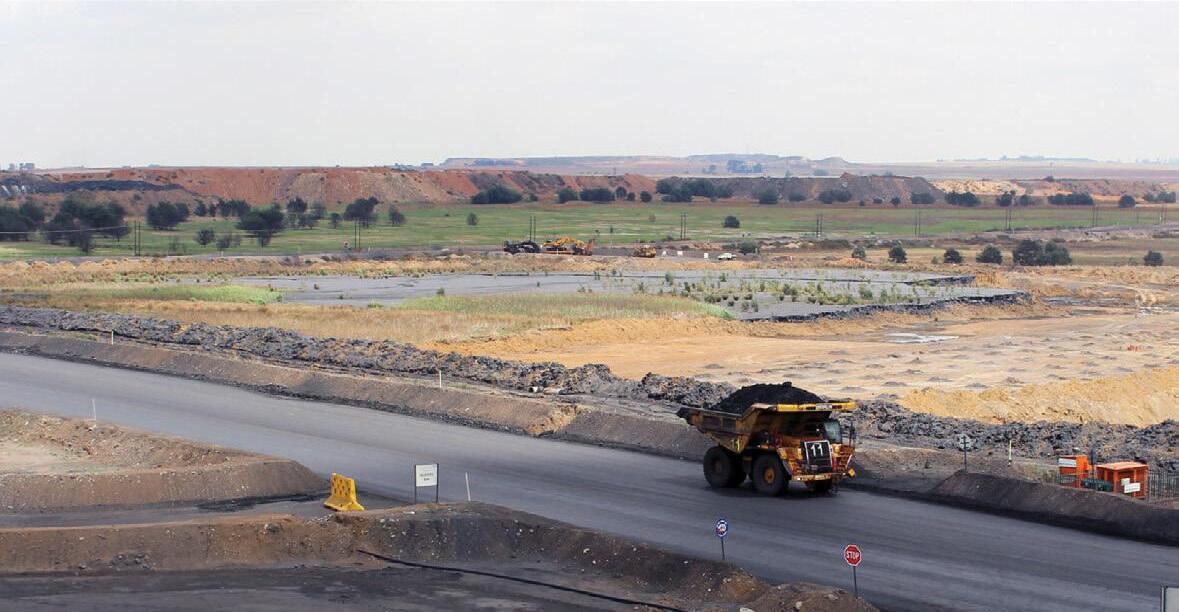
TOTAL DUST MANAGEMENT
Our Dust Control Management System consists of a range of environmentally friendly dust suppression products, with a comprehensive stabilization and continuous maintenance programme catering to our pit port requirements.
The robust sealed haul road surfaces allow optimal production for haul trucks and other vehicles to operate safely in all weather conditions. This is achieved with greater fuel efficiency, safety, and mechanical wear. Water saving remains one of the biggest benefits in employing Dust-A-Side and in excess of 90% saving has been recorded on certain mines
WHY CHOOSE US
A safer working environment | Effective dust suppression | >90% water savings
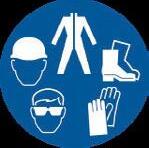
Reduced rolling resistance | Decreased diesel consumption | Increased tyre life


Improved hauling cycle time | Reduction of HME repairs and maintenance budget
No recapping required | Reduced production downtime after rain
No investment in road maintenance equipment | Increased productivity
Proven return on investment (ROI)

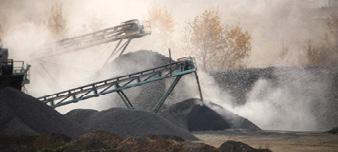

Dust-A-Side have a complete range of dust suppression products to provide the most operationally and cost effective solution across any operation. They can be used – effectively and economically – in a wide range of applications such as semi-permanent roads, temporary roads, underground work areas, process plants, transfer points, stockpiles, rail veneering, construction sites and more.
THERE ARE TWO DISTINCT PHILOSOPHIES TO CONTROL DUST WITH WATER SPRAYERS DURING MATERIALS HANDLING PROCESS
PLANT & PROCESSING
Dust Suppression Systems
Fog Cannon Technology
Stockpile Sealing
UNDERGROUND MINING
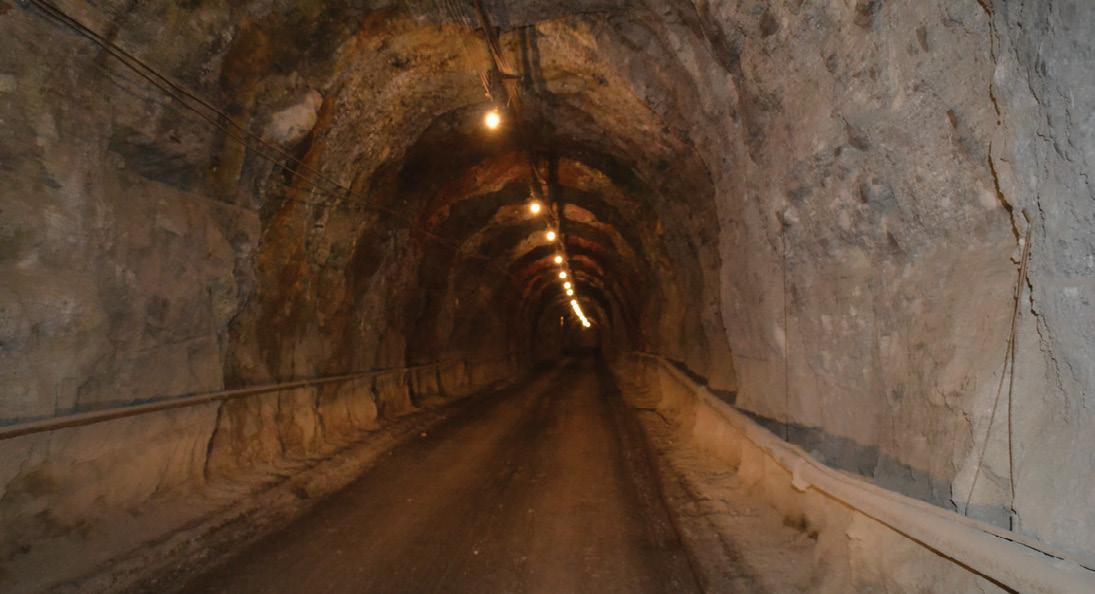
Haul Roads
Dust Suppression Systems
Before you decide on a dust control system it is important to understand the difference between a dust prevention and dust suppression system. A lot of operations will require both, however the performance of the overall system and the effectiveness of controlling dust will be determined by whether or not the system is configured for your specific needs.
1. Low pressure (< 10 bar) and high water volume systems can be employed. This treatment philosophy is referred to as dust prevention. The spray system will discharge water directly on the material at the beginning of the transfer point. Being low pressure, the flow of water and droplets sizes are much bigger and hence referred to as wetting systems.
2.On the other hand, dust suppression systems (also known as misting systems) employ high pressure (> 50 bar) and low volume of water in the form of a fine atomised mist to capture dust that is already airborne and bring it back to the source.
Dust suppression and dust prevention systems are not exclusive; many operations have both systems configured to effectively control dust.
While dust prevention can be used in materials handling operations, dust suppression is the preferred option, owing to low water consumption, especially in areas where water is scarce. This option also minimizes water addition to material.

Dust-A-Side Coal




| info@dustaside.com

FOG CANNON SYSTEMS FOR MINING AND INDUSTRIAL PROCESSES
Fog cannons (sometimes known as mist cannons) are an effective option for dust suppression in mine sites, quarries, construction sites, demolition sites and other industrial areas. This is because they can be easily setup, are portable and are ideal for tackling visible dust.
A fog cannon pumps highly pressurised water through a series of jet nozzles, turning water into mist through atomisation which is dispersed through the air by a powerful fan.
BENEFITS OF USING DUST-A-SIDE
FOG CANNONS
- Very effective at supressing airborne dust
- Significant reduction in water usage compared to low pressure watering systems

- Ensures coverage of large areas









- Easy to install and position
- No harsh chemicals are released into the environment

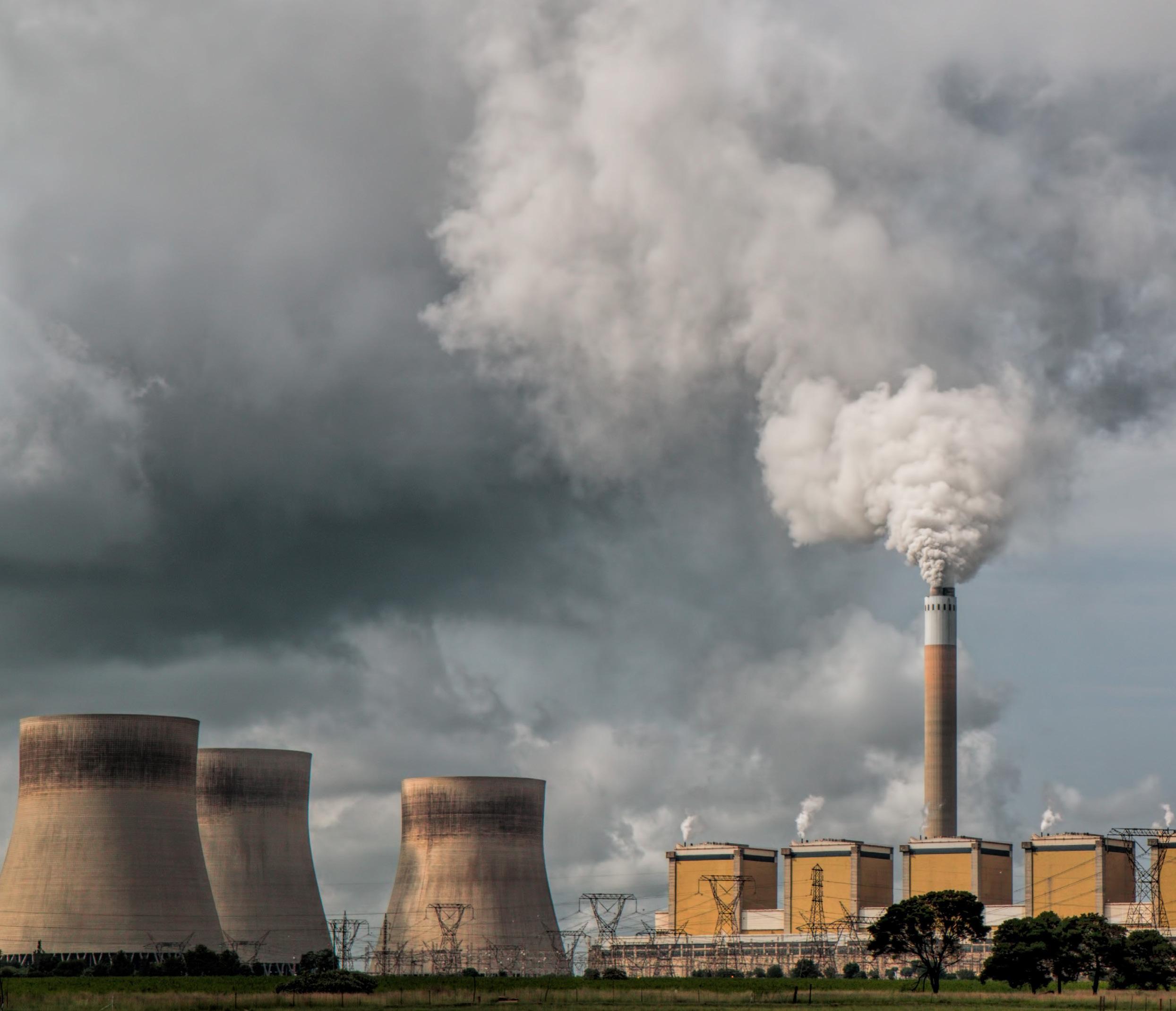
Will South Africa ever again emerge from the dark ages into which national power utility Eskom and the ANC government have condemned it? That ought to be the question on everyone’s mind as a winter without power extends its cold grip on a battered country, with a stream of ever more bad news coming out of Megawatt Park in Johannesburg.
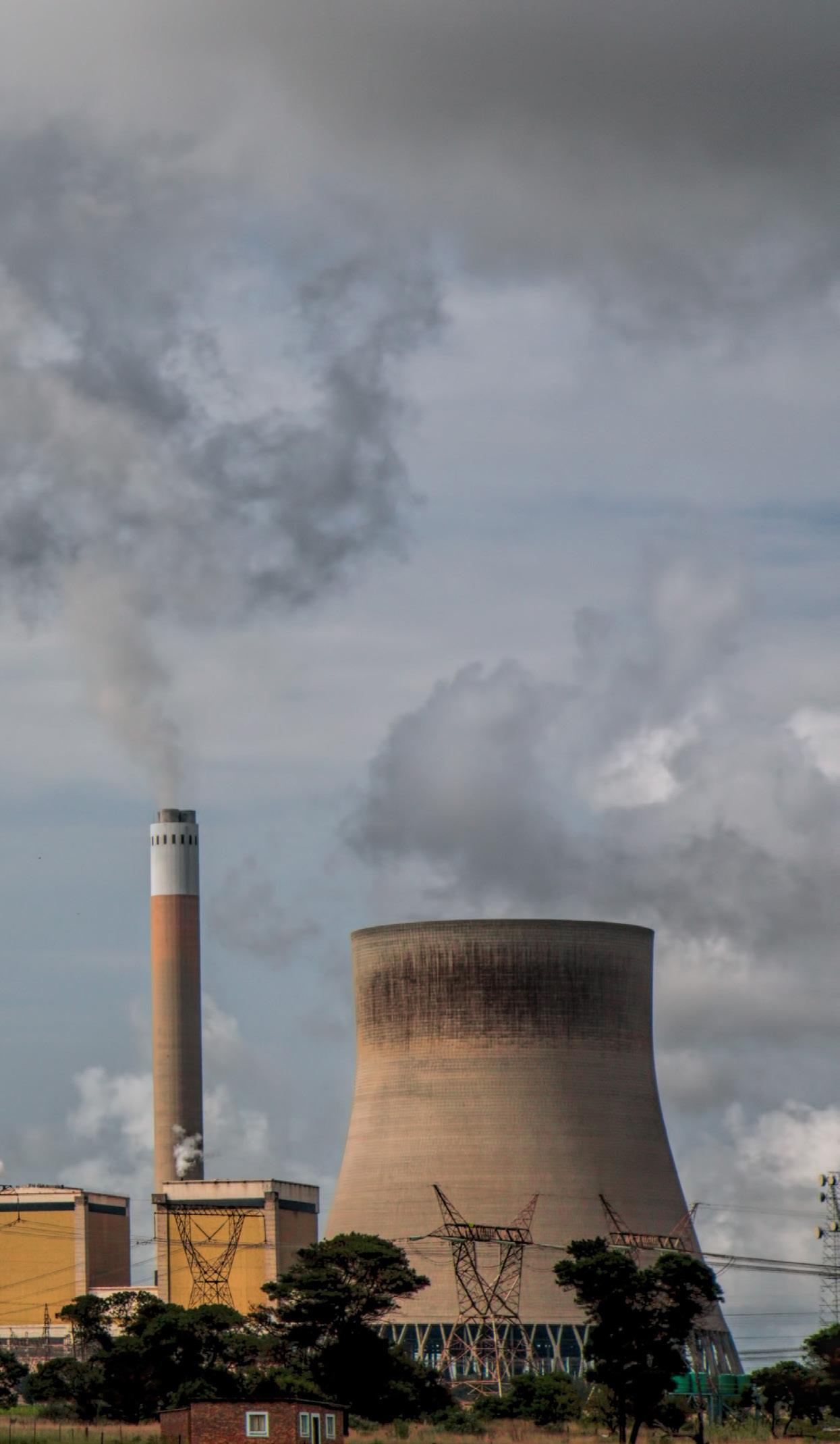
There have been the odd occasions of late that again gave hope but mostly the news has been bad. Very bad.
That is the only conclusion that can be drawn once you have navigated your way through the official swamp of conflicting statements, claims and outright lies. There’s a crisis on the
brink of destroying the country, yet the thick-skinned politicians in charge of the Eskom fiasco simply continue doing what politicians do best – sugar-coat their BS while expecting the public to swallow it. How magnanimous of ANC secretarygeneral Fikile Mbalula to have conceded in an interview with Stephen Sacker on the BBC programme Hard Talk that the ANC has made only one mistake in its nearly 30 ruinous years in power, namely the Eskom electricity crisis.
It leaves one speechless. What about state capture? Outof-control crime levels? Runaway corruption throughout government and the state? Collapsed public health services? An economy doomed to junk rating status and showing no signs of returning to any significant level of growth? A failing/ failed education system? A once world-class rail system that no longer exists and cannot get our coal to an export harbour? Crumbling water and sanitation infrastructure and management, exposing people to deadly cholera? Potholed roads that cannot be used any longer? The highest levels of unemployment and poverty ever? The list goes on and on, but somehow has escaped the perceptive mind of Mbalula. And of the ANC as a whole, for that matter.
The loss of continuous electricity supply and the lack of any clear comprehension on the ANC government’s side of how to solve it, has for many been the final straw. It sums up what this country has come to be, and it’s driving skilled and wealthy South Africans abroad in hordes. Wealth is flowing out of the country at an alarming rate.
Businesses are struggling to keep going as the small ones cannot afford back-up power generation and the larger ones are seeing their profit margins shrinking because of the prohibitive costs. Then they have to be satisfied when the bright sparks at Eskom and in government glibly tell them – as if it were some achievement – that they should prepare for worse, for stage 8 or higher loadshedding over the coming months. That when other experts say Eskom has already taken the country to such higher stages without acknowledging it.
Trying unsuccessfully and desperately to keep the lights on without acknowledging or fixing the real underlying problem –as unpopularly told to them by Eskom’s former CEO Andre de Ruyter – Eskom keeps on asking for more money from heavily burdened consumers and debt-ridden government alike. Money that’s just being flushed down a bottomless hole.
Then on top of this, arrives the news that Eskom’s financial situation has deteriorated even further, with the power utility now reporting a R21.2 billion loss before tax for its last financial year — R7.6 billion more than it had budgeted for. As if that’s not enough, Eskom’s debt increased by almost 11% between March 2022 and March 2023. The power utility’s net revenue, however, increased to R259.2 billion from R247.6 billion, but this was primarily brought about by the regulatory standard tariff increase of 9.61% for the year. But even despite this, it’s reported loss is almost double what it had budgeted for. So, just who is making the sums at Eskom, and who is supposed to see that they are met?
This horrendous state of affairs was revealed at the end of May by the National Treasury when it was drilled about Eskom’s dire financial situation during a meeting of Parliament’s Standing Committee of Appropriations. Eskom’s excuse was that its sales volumes were impacted by electricity supply constraints, leading to load-shedding, load-curtailment, and lower sales due to an inability to supply demand. Whose fault is that, one can only ask in utmost confoundment.
Against this background, Eskom’s debt obligations have increased significantly to R439.1 billion from R396.3 billion in March 2022, an increase it attributed to the impact of the weakening rand on foreign-denominated borrowings and debtraising activities. The utility also says a significant part of its debt is due to the failure by municipalities to pay electricity bills. Wouldn’t it be government’s task and a function of the appropriate local government minister to see that this practice is remedied?
Municipal arrears debt has reportedly increased to R58.5 billion as of 31 March 2023 compared to R44.8 billion in March 2022, with 61 municipalities responsible for arrears debt of more than R100 million each.
Various government bailouts over the years – in total R242 billion over the last ten years – have made no difference to the appalling situation around rolling power blackouts, or loadshedding. Yet government this year announced an additional R254-billion debt-relief arrangement for Eskom. It is simply throwing good money after bad, as Eskom’s situation is now worse than ever.
That is on a financial level as well as operationally in respect of power supply and distribution.
And yet the ANC politicians do not want to hear that criminal cartels, sabotage, corruption (including by politicians) and theft of much of the bailout money has contributed enormously to Eskom’s plight. Instead, they hounded former CEO Andre de Ruyter out of office, but not before he could spill the beans in a shocking television interview and in his subsequent book, Truth to Power: My Three Years Inside Eskom. In the latter, De Ruyter revealed that it was clear early in his tenure that something was wrong as Eskom employees seemed to be flaunting their wealth with expensive cars and designer handbags.
“Either Eskom employees were living way beyond their means, or they had access to funds from other sources. It didn’t take Sherlock Holmes to figure out what was afoot,” De Ruyter said. For saying such things, the very same Mbalula is trying to sue De Ruyter. Now that’s sure going to solve all the problems.
And while all of this was taking place, Eskom’s costs to run its diesel-powered backup power units more than doubled while its fleet of coal-fired plants got stuck in a loop of frequent breakdowns and maintenance ran behind schedule. It has been reported that Eskom paid R21.4 billion in the 12 months through March 2023, compared with R10 billion a year before, to operate the open-cycle gas turbines intended to run during peak-demand periods, the National Treasury said in its presentation to the parliamentary standing committee.
This amounts to an increase of 114%, partially blamed by Treasury on more breakdowns due to an even more deteriorated fleet of coal stations, and partially on higher-than-budgeted volumes and higher prices. The rand has fallen almost 14% against the dollar this year, much of it because of this crisis. Of further concern is the fact that Eskom’s energy availability factor - the measure of usable capacity that is available - dropped to 56% during the financial year, mainly due to the high level of unplanned outages. This represents a 6% decline from the 62% of the previous year.
So that’s all the bad news on the Eskom front – can there be any good news? Well, Electricity Minister Kgosietso Ramokgopa believes so when he says there’s been a significant decrease in cases of sabotage and corruption at Eskom since the
implementation of the energy crisis plan. That particular plan was first announced by President Cyril Ramaphosa in July last year and aims to reduce loadshedding among others as part of the declared national disaster on Eskom. Also, as part of the plan, soldiers were deployed to guard Eskom power plants at an estimated cost of over R150 million. According to Ramokgopa this has yielded some positive results.
Still on the ‘good news’ front, President Ramaphosa has finally done what should have been done months ago when he first appointed Ramokgopa as minister of electricity: that is, transfer appropriate powers to Ramokgopa to allow him to do his job in an atmosphere where some ANC politicians and others who are part of the Eskom ‘network’ are already aiming to obstruct him.
Ramokgopa was not being melodramatic when he expressed concern over possible saboteurs and opposition to his role and has already engaged with police minister Bheki Cele for better protection of Eskom infrastructure despite the army now guarding much of it.
Then came the news we really wanted to hear. Speaking during the opening session of the recent Enlit Africa conference and expo in Cape Town, Eskom’s acting Group Chief Executive, Calib Cassim, said the power company’s executive management

had agreed to assist generation “to the best of our ability to minimise the impact of loadshedding this winter.” Cynically speaking, that’s good news, although one can hardly see how they will succeed.
“We hope to recover 6,000 MW in our fleet in the next two years,” Cassim told delegates. But he admitted that the utility was “starting the winter on the backfoot, minus 3,000 MW. A year ago, we had three units of Kusile working, which we don’t have, and two units of Koeberg are also not available this year.”
Following the launch of De Ruyter’s book, Cassim was asked how the campaign against corruption in a large organisation such as Eskom was progressing. He replied that there are certain areas where more corruption takes place and that is where the focus is. “Also, the number of items that have been raised on our whistle-blowing platforms is increasing and we see that as a positive indicator.”
He said, however, that there was still a lack of convictions of those that are charged and that this was needed to set an example to instil confidence in Eskom. “What is positive is the support we have been getting from the security cluster in the last year with almost 300 arrests made.”
Just when the numbers gangs were getting excited about a real Russian mass murderer joining their ranks in the cold cells of Pollsmoor Prison or Pretoria’s Kgosi Mampuru prison, the ANC government had to come and wee on their expectations. As always.
Here’s the thing. Russian President Vladimir Putin sent his armed legions into Ukraine – for no good reason at all - to bomb, shoot, rape, destroy, slaughter and…yes, to abduct thousands of Ukrainian children. These poor kids were brought to Russia and allocated to new Russian babushkas, mamas and papas, or sent to Russian orphanages, so that the little Ukrainians could be brainwashed and turned into good, murderous little Russians. More future cannon fodder for Putin’s “special
operation”. Not a war, understand? Call it that and you’ll end up in a Siberian jail and fed a dead rat and a slice of dry bread each day.
Anyhow, the International Criminal Court (ICC), which keeps a hawkish eye on such things and brings the perpetrators to book if it can, didn’t like what Putin was doing to the Ukrainian children. So, it issued an arrest warrant for him so that he could be arrested and tried for war crimes. This meant that Putin could not set foot in any country that was a signatory and member of the ICC, as they would be obliged to arrest him and send him to The Hague for trial. Which is what South Africa would have to do if he came here.
Now we all know that’s expecting too much from our dear ruling party and the fat cat bigwigs who run it.
If they do even understand treaties, they really don’t care much about them. And you cannot really expect a party that steals from the poor and the victims of pandemics, or leaves its people without electricity or even food, among other heinous things, to really care about honouring a commitment to arrest and prosecute anyone guilty of war crimes, crimes against humanity, or gross human rights violations. Never mind that our dear ruling party claims itself to be a champion of such noble things.
Putin would have been quite safe if he stayed in Russia. But Russia is like South Africa a member of BRICS, and South Africa is chairing BRICS this year, and so is set to host the next BRICS leaders’ summit here in August, with Putin also coming. But because of its ICC membership, South Africa would have to arrest
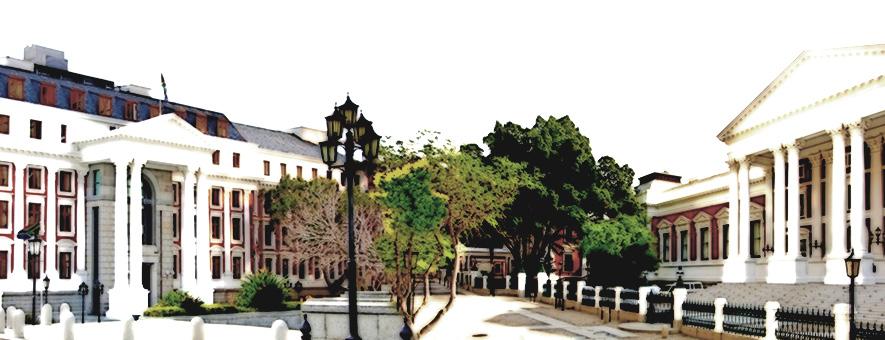
Putin and send him to The Hague for trial. After a brief and uncomfortable stay in Pollsmoor or perhaps Kgosi Mampuru in Pretoria, that is.
No problem said our dear president – we’ll just end our membership of the ICC. But then it was pointed out to him and his cronies that such a process would take more than a year – far too long to avoid having to arrest Putin in August. Thus, the membership cancellation was quickly cancelled. It never dawned on the comrades in Pretoria that they could simply tell Putin he cannot come.
To make matters worse, a little Russian vessel docked in our Simonstown naval base in the middle of the night under heavy security to load or offload a mysterious cargo. That prompted the Americans – who watched it all on their spy satellites (what was Pretoria thinking?) – to cry foul and
accuse South Africa of selling arms to the Russians to use against Ukraine, making Pretoria complicit in mass murder and destruction. For America and much of the rest of the world, that was enough proof that South Africa was siding with Russia and Putin against poor Ukraine.
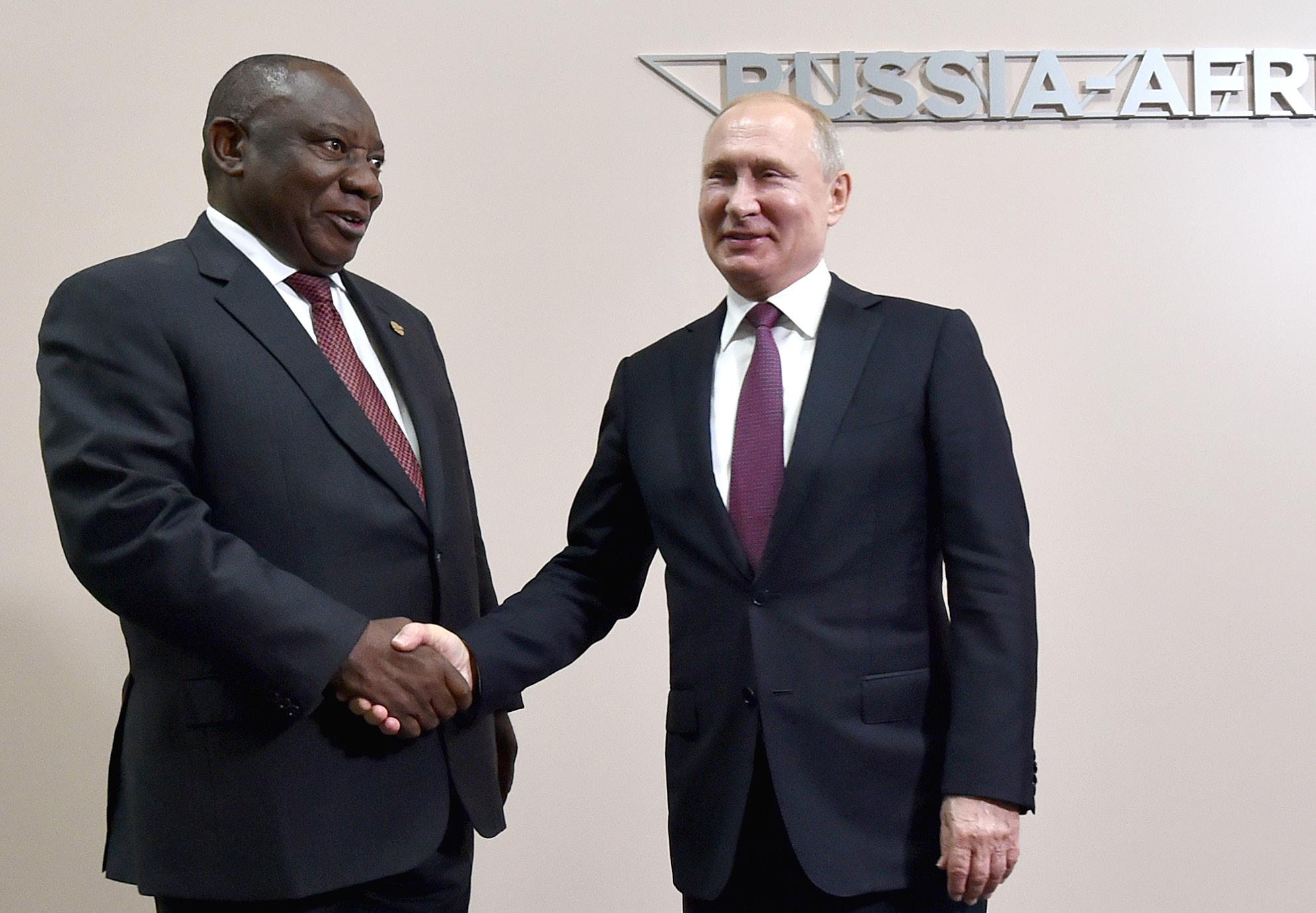
No, no, cried Pretoria, we are neutral, and we only want peace between Russia and Ukraine. Well, such neutrality was not confirmed by several recent visits to South Africa by high-ranking Russians, naval war games we played with Russia on the anniversary of its invasion of Ukraine, several occasions in the UN where South Africa refused to vote against Russia and condemn its aggression, as well as a host of statements by our own dear leaders. How neutral can one be?
And that fiendish DA premier of the
Western Cape, Allan Winde, said Cape Town’s police would most certainly arrest Vlad if he set foot in the Mother City. That really upset the ruling party and its EFF lap dogs too. Or is the ruling party the EFF’s lap dog? I always get confused.
Anyhow, now you can see how it would look if Putin came. Something had to be done, because heaven forbid, we couldn’t dare stop the Moscow Butcher from coming to our pleasant and peaceful shores. Besides, we had already begun preparing the pap and vleis, the boerie rolls, the buckets of KFC, and the drums full of umqombothi for his visit. (Just a reminder: our very same government wouldn’t let that pious man, the Dalai Lama, into our country on more than one occasion because China wouldn’t like it – remind me, to who does this country belong?)


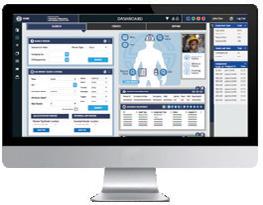
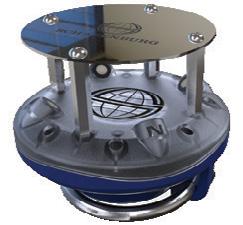


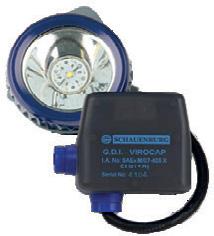





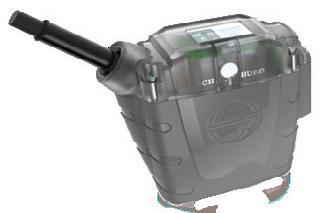
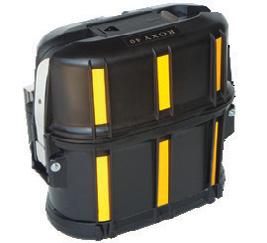




So, Pretoria decided to create a new law that would exclude wanted leaders attending summits in South Africa from being arrested on international arrest warrants. Nice one, nice one. Heh heh heh, like Jacob Zuma would have said. Next our dear leader came up with another gem: South Africa was no longer neutral; in fact, it was non-aligned. The two are not the same thing, he insisted. Huh? You could have fooled me. But if the leader says so, then it is like that.
But I am not sure why all this fuss and make-believe shenanigans were necessary in the first place
– because senior members of our dear ruling party have said all along there was no way in the world they would not allow Putin to come. Done and dusted. And that’s what led to those generals and the captains and other esteemed high-ups of the numbers gangs in Pollsmoor Prison to get their knickers in a knot; it was clear that Putin was never going to be their guest. Pretoria would keep him out of Pollsmoor and away from The Hague. That’s what non-aligned friends do for wanted war criminals.
It took our maestro of procrastination a while, but at last President Cyril Ramaphosa has done what should have been done months ago when he appointed Kgosientsho Ramokgopa – pulling him forth from the folds of political darkness - as minister of electricity: that is, transfer appropriate powers to Ramokgopa to allow him to do his job in an atmosphere where some ANC politicians and others who are part of the Eskom ‘network’ are already holding daggers behind their evil backs. But then again, politics is not for the fainthearted nor are politicians not used to operating in darkness.
Ramokgopa is not being melodramatic when he (mostly privately) expresses concern over possible saboteurs and
opposition within government and at Eskom – just ask his predecessor, that silver-haired Biblical profit who is most unwelcome in his own hometown – the Ruyter who finally had enough and rode off on his horse into the darkness. Nonetheless, Ramokgopa has already engaged with police minister Bheki Cele for better protection despite the army now guarding key electricity infrastructure, but that would be expecting too much from an inefficient Cele. For once he would have to do his job instead of posing for media pictures or shopping for new hats, or bullying activists at public meetings.
Now Ramokgopa will be able to focus on his role of coordinating the numerous departments and entities involved in the government and
Eskom’s response to the loadshedding crisis. The question, however, still remains – is this smart new minister who these past few months as an energy tourist travelled from power station to power station, even going to make any kind of a dent? Will the lights miraculously come on again?
With this move Ramaphosa also clipped that verbose other energy minister Gwede Mantashe’s powerful wings. During his tenure of the past 5 years as the minister responsible for adding new power generation to Eskom, not a single kilowatt was added. And mind you, the other half of Gwede’s portfolio, mining, also stood dead still. No new permits were issued, no new investments were secured. And between Gwede and Cele, very little mineral products reached the export harbours by railway line – it all got carried away. Both minerals and railway lines, that is. Taken by unknown mafia types operating in secretive cartels that the government won’t expose. Apparently a minister or two might be involved. So, instead, it all went disastrously downhill.
Gwede is also the politician behind making – some would allege dodgy - deals with the Turkish operator of Karpowerships. The Turkish company targets power-vulnerable African countries as lucrative opportunities. Mantashe has also emerged as the biggest obstacle to South Africa capitalising on generous foreign aid to assist with its transition away from coal to clean energy.
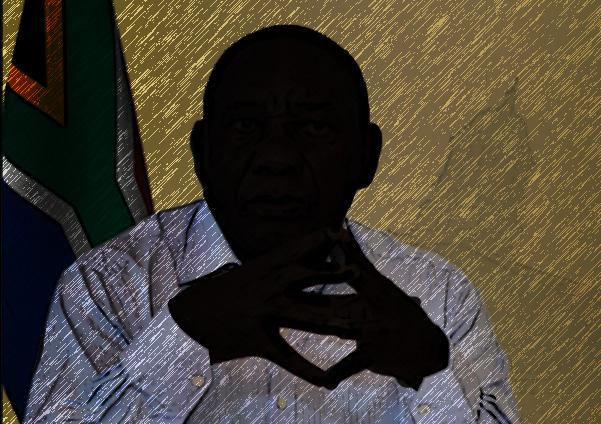
The recent outbreaks of cholera in Hammanskraal, Gauteng, and in the Free State have shown us again the vital importance of safe and effective water and waste water management. As a serious government that has always strived to deliver the best for our people, that is what we must and will do. You know you can depend on us in the ANC to do just that. Our immediate priority is to fix some more of the things we broke.
But I want to blame this cholera outbreak on the DA. The Rooiwal waste water treatment works, which is upstream of Hammanskraal, has for many years not been well-maintained and has insufficient capacity to deal with the volume of waste water entering the works. This has been a problem for many years from way back when the ANC was still in charge in Tshwane. And so now that the DA has taken over Tshwane, why have they done nothing to fix this problem? It’s no longer an ANC problem!
Furthermore, it would have been worse if it was only a South African problem. But it’s not. Earlier this year, the World Health Organisation and international relief organisations warned that after years of steady decline, cholera has made ‘a devastating comeback’, putting over a billion people in 43 countries at risk.
According to the WHO, 24 countries have had reported cases since the beginning of the year, including in parts of Malawi, Mozambique and
Zimbabwe. So you see, what happened here in South Africa is not so bad; it happens everywhere. Authorities are to be commended for their efforts to speedily assist all those affected, including setting up a field hospital in Kanana in Hammanskraal, providing additional water tanking services to residents and going into communities to raise awareness about proper hygiene. Well, actually it was private companies and Gift of the Givers who did most of the giving but saying ‘authorities’ makes it sound like it could have been us, you know. There is after all an election next year.
An investigation is underway into the source of the outbreak while technical teams are carrying out water quality tests at distribution points and
at water treatment works in the area. But you don’t have to despair – in the meantime we still have 54 fully compliant Blue Flag Beaches in South Africa where the sea water is also rigorously tested to see if it’s clean for swimming, and they all passed with flying colours. So really, what’s all the fuss about?
Over the years, in its role as the regulator of the water sector, the Department of Water and Sanitation has issued many directives to the City of Tshwane when it was still governed by the ANC to address pollution from the Rooiwal Wastewater Treatment works. Regrettably, these directives were not acted upon, but you cannot blame the ANC for that. As I said before, it is only now that the DA is in charge that people actually got sick from it. Under the
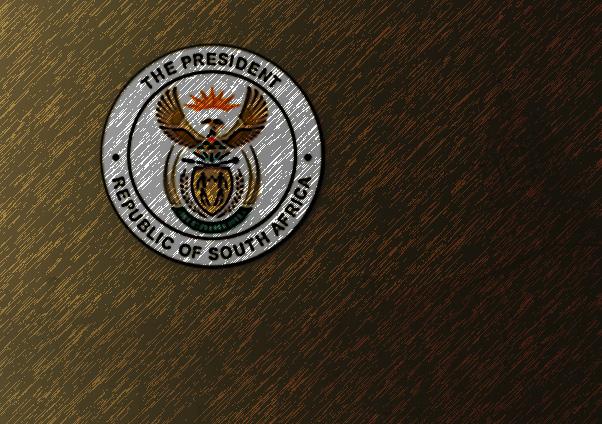
ANC government the water was also not safe, but nobody got sick. So perhaps you should vote the ANC back into power in Tshwane.
Nonetheless, we must stop the spread of cholera and take remedial measures to safeguard human health, just like we must stop the theft, corruption, sabotage and electricity loadshedding at Eskom; stop the theft of our mineral resources by zama zamas and cartels; stop the destruction of our national rail system by thieves who are stealing all the railway lines and equipment; stop the thieves who are crippling the country stolen copper cable by stolen copper cable; stop our trucks and cars from being wrecked because we cannot fix the millions of potholes; stop the cartels from crippling and
bankrupting the construction industry; stop 81% of our children being unable to read for meaning by first teaching our education minister and teachers to read and speak properly and to stop wasting their time on social media; stop our state hospitals from turning into cesspools of rot; and so on.
Now where was I? Oh yes, the water. Generally, water quality in South Africa is of a high standard, which, according to our Water Research Commission, “compares well with the best in the world”. You know we have about a zillion commissions for everything so that we can always know what’s what. But yes, our water and sanitation systems are, or maybe were, world class. It is important to note that the dual water systems supplied by Magalies and Rand Water to the Tshwane area meet national standards. That’s a high bar given all the deterioration.
You know in many other respects we are world leaders too or were at the very least. We once had a world class national roads system; world class rail system; world class electricity company called Eskom; had a world class national airline; had world class universities; had world class cities and towns; had a world class arms industry; had a world class President Nelson Mandela; and had so many other world-class things. On top of that, you have a world class government, courtesy of the ANC.
Back to the water. After it was abandoned nearly
a decade ago, government reinstituted the Blue and Green Drop programmes to help improve national water quality and to assist municipalities with compliance. This formed part of Operation Vulindlela, a collaboration between the Presidency, National Treasury and government departments to fast-track economic reforms. No, no, this is not another commission of inquiry, nor another task team, nor another inter-ministerial committee, nor a new law – this is an ‘operation’. A bit, you might say, like my friend Vladimir Putin’s ‘special operation’ in Ukraine. Yes, we have declared war on dirty water. Like the war on drugs, the war on terrorism, the war on loadshedding, the war on Covid-19, or the war on Ukraine - you get it? Comprehendo? Politicians like putting things in that way. Boom. Boom. It gets things done.

The most recent Green Drop Report shows there has been a steady decline in the quality of water and sanitation services in municipalities. Poor governance (not by us, by them), ineffective management, increasing debt and underspending on public infrastructure like wastewater treatment plans have all contributed to poor water quality. I don’t think it’s appropriate to mention theft, incompetence, corruption and all those bad things now – let’s keep those for Eskom seeing as that De Ruyter fellow had so much to say. There are enough other things to steal; let’s not steal his thunder. Nonetheless, under these circumstances, the fact that many councils underspend critical infrastructure
grants is unacceptable. Across the country, the Department of Water and Sanitation is working with municipal managers and technical teams to ensure local councils use their water infrastructure grants effectively. And we can point to many successful projects being undertaken, so I still don’t know how this latest fiasco was possible.
Governing a country, they say is an art; but I can tell you, governing a country is a sheer mystery to me. You never know what poo-poo is going to hit you next. Today it is in your drinking water; tomorrow it hits your car. However, as announced in the State of the Nation Address in February, government is proceeding with a number of significant projects to improve our national bulk water resource infrastructure. Now we just have to make sure nobody steals it.
Last week, I was having a blast in Lesotho to mark the start of construction of the second phase of the Lesotho Highlands Water Project, which will supply water to Gauteng and its surrounding areas. So it’s clear that we strongly believe that quality water and sanitation is fundamental to the dignity of every South African. Which is why us cabinet ministers drink only the best and most expensive bottled water.
But to cater to you ordinary guys, I have asked the Minister of Water and Sanitation to make recommendations to strengthen the governance, management and regulatory framework for municipal water and sanitation services. This includes ensuring that national minimum norms and standards are comprehensive, adequately monitored and adhered to by all water service providers. Blue Flag Beaches? Perhaps we should start a system of naming Blue Flag Dams, Rivers and Reservoirs too – that should make everybody happy. Especially those who can swim in these uncertain times.
With best regards,

Interceptor by HI-TEC, answers to the end-user’s demand in providing high quality safety footwear with features that include a range of leather uppers, toe caps and specialised sole constructions. Interceptor will continue to push the boundaries of industry leading design and innovation by exploring the varied dangers inherent in an industry.
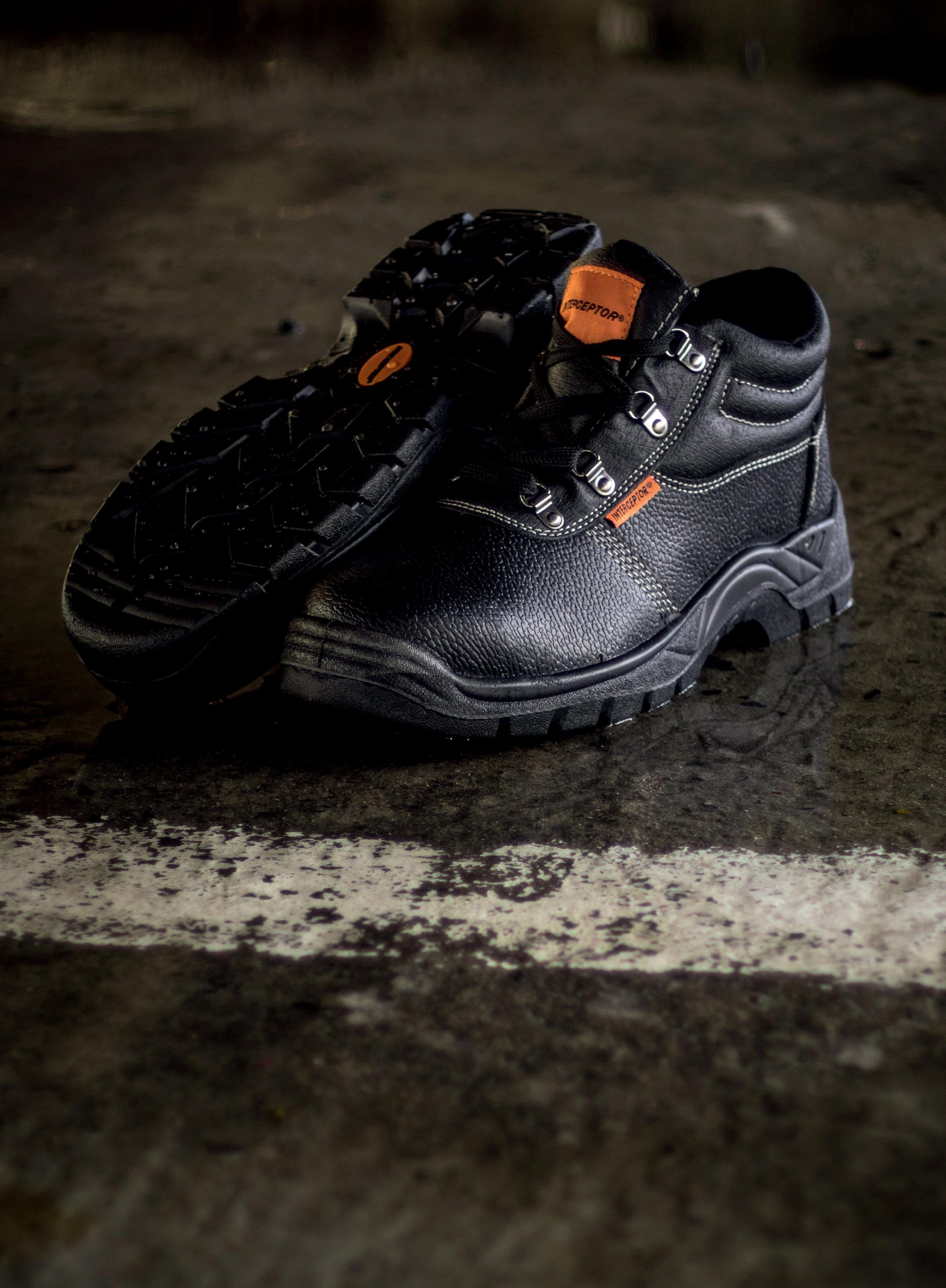
BSSC Radiators recently became the only radiator manufacturer in South Africa to receive a Local Content Verification Certificate from the South African Bureau of Standards (SABS).
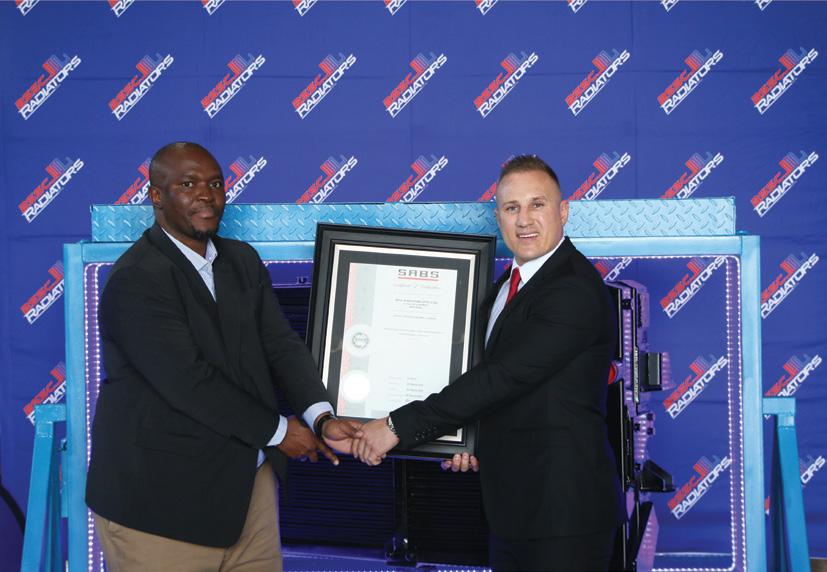
As one of the major radiator suppliers to mines and transportation entities in the country, the certification validates the company’s local content status in line with the soon-to-be-promulgated procurement bill which is before parliament at present. The certification shows that the company’s use of local materials and skills is in line with the Department of Trade and industry’s (DTI) local content objectives.
According to BSSC Radiators director, Derek Bennett, the company is wholly South African and has been actively participating in the local economy for several decades. During this time, it has grown to become a major contender with a reputation for quality workmanship and worldclass manufactured goods that are designed to be tough enough for African conditions.

Not surprisingly, it has struck-up longstanding agreements with several mining and construction companies and has entered formal partnerships with a number of OEMs for alternative supply of cooling parts for equipment and trucks.


“In some ways the markets’ move to quality and local content verification has come full circle for me as I was one of the key contributors to the cooling system standards that were formulated by the SABS more than 40 years ago. We are proud to have walked this long path with the standards authority and are equally proud to be taking the first steps with it in support of the important role that local manufacturing plays in developing the country’s economy,” says Derek.
This type of collaboration is equally important as it was then during a time when Derek hands over the reins of the company to his son, Dillan, himself already a veteran and expert in the design and development of radiators and cooling systems. Dillan has spent the past 13 years working shoulder-to-shoulder with his father in growing the company to its current stature.

“Local manufacture is the way to go for most equipment and transport users offering quicker turnaround times, properly specified materials for local conditions and local support of our products which is important when running round-the-clock operations likes mines, rail and port infrastructure and trucks.
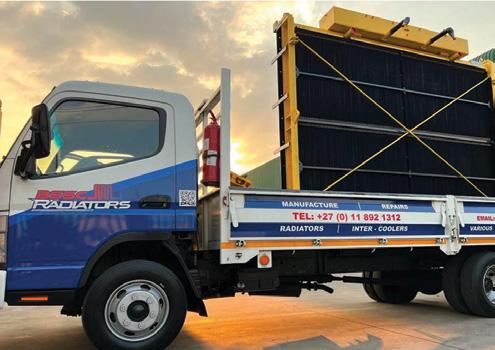
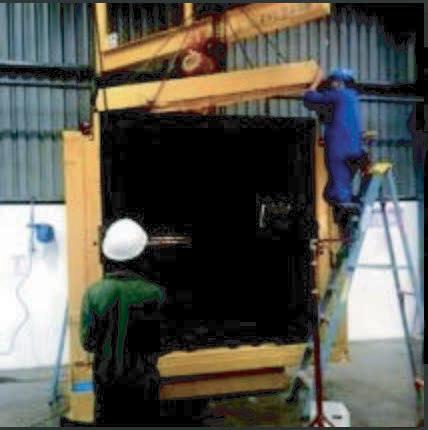
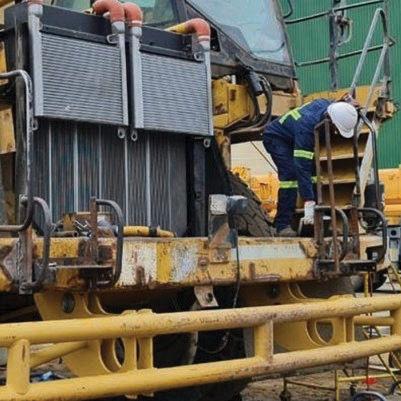
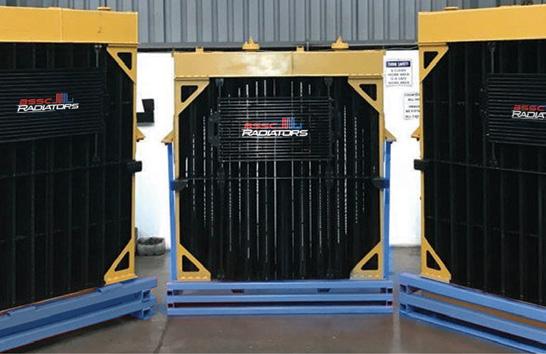

“The success of our business is based on quality and has set us up to compete with the best in the world. As a result, our next thrust will be into international markets and we are working closely with customers, as well as the DTI, to open channels to begin exporting our products around the world. Simultaneously, we are opening two new branches locally to shorten supply chains to our customers nearer to their operations which shows that we are growing from strength-to-strength,” says Dillan.
During the certificate handover ceremony, the SABS chief operations officer, Lungelo Ntobongwana, praised the dedication of the BSSC Radiators team responsible for obtaining certification. It underpins the three main pillars of the drive to achieve higher local content targets including social upliftment, broader economic expansion and business sustainability.


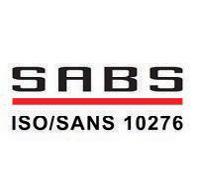
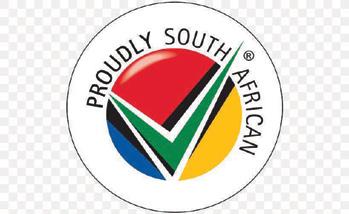
“Obtaining a Local Content Verification Certificate is beyond a compliance issue; it is a business imperative if we are to move the country forward. The certification process aims provide a tangible measure of a company’s local content and will assist in meeting future procurement targets, as well as directives set out by industries per charter or other requirements.
“But the benefits for customers go far beyond future legislation to more practical reasons for doing business locally. Shorter supply chains mean better lead times and availability of parts, as well as savings on associated costs. More importantly when dealing locally is that customers are not just numbers but rather foster relationships for better understanding of a customer’s current and future requirements,” he says.
Dillan concludes that the company is all about giving its customers what they want and need. The addition of the local contents’ verification certificate provides them with the ability to meet current and future statutory requirements. “This is just the beginning and our new products will continue to build and improve on the use of local expertise and materials that will enable us to compete with the best in the world.”

Cruise Vacations is what is referred to as a General Sales Agency. We represent a portfolio of some of the worlds best and most luxurious cruise lines in Africa. So our job is to market those products locally and then handle reservations for clients from this region who travel to some of the 900 destinations that they sail to around the world. I have been working in the cruise industry for almost three decades and to be quite honest couldn’t think of anything else I would want to do. Our greatest challenge was the ‘not knowing’, we knew we had a great business model but we just couldn’t predict when the world would open up again. Fortunately though, by working with some of the best cruise lines in the world, they had implemented robust plans to protect both affected passengers as well as their travel partners around the globe. A combination of those measures and our sound business model allowed us to keep the wheels turning while we patiently waited for global travel to resume. We also gained recognition for ensuring any affected passengers were refunded quickly and by implementing measures to protect commission for retail travel agents who booked their clients with us. Most importantly though, our small team made a commitment to ‘weather the storm’ together and those decisions made in spite of the uncertainty together with our irrepressible humour proved to be the winning formula,
Driven by sheer determination at a time when all odds were stacked against her, Gaynor Galbraith Neill took ownership of a boutique cruise agency and in the space of eighteen months, together with her dedicated team has turned it into one of the country’s most successful travel suppliers for luxury cruise products.
At the end of 2020, almost a year into the pandemic and at a time when cruise ships had been grounded globally for nine-months, the future at Cruise Vacations was looking uncertain. Gaynor had successfully managed the business for 11 years but with the operation relying on sending cruise passengers around the world, the outlook for the future was a great concern. It was then that the previous owners and Gaynor’s Mentors decided to retire. With just a handful of future clients, Gaynor took a leap of faith, retained the Cruise Vacations branding under her new company and set to work with a plan that was to see Cruise Vacations emerge from the Pandemic stronger than ever and in their first year of operation win two coveted International Awards.
We asked her a few questions to get to know her a little better and find out more about her experiences and lessons as a female entrepreneur.
At a very young age. I was always curious and adventurous and intrigued about the world. It seemed the perfect solution to pursue a career that would allow me to pursue my passion. I studied Tourism after school, started off in a junior role at a tour operator then found my way into the cruise industry in the mid 90’s.

Tell us about your work and what inspired you to re-invent the business under almost impossible circumstances.
We were forced into hitting the ‘re-set’ button but instead of licking our wounds we learned to set fear aside. That then gave us an opportunity as well as the time to fully evaluate where we wanted to be, set goals and strategise. We had always operated successfully but we knew that there was plenty of room for growth. This forced us out of our ‘comfort zone’. While our circumstances were definitely dramatic, and unprecedented I think there is a lesson for small businesses to be dynamic, re-boot if necessary, have clear goals but most importantly engage and value your team members. Small businesses have the advantage of being able to implement changes quickly - use that opportunity!
I do get some incredible opportunities to experience some of our ships at amazing destinations around the world and live like a ‘princess’ once in a while. The best so far, without a shadow of a doubt was my recent visit to Antarctica, the most incredible, awe-inspiring experience of my life.
And when the workday is over?
I try to strike some balance between work and relaxation, but I am also a single Mom to three grown boys, the youngest still stays at home, so that involves plenty of running around and meal-prep �� fortunately cooking is one of my favourite pass-times. Balance is key they say, I am as relaxed reading and practising yoga as I am socialising with friends and family.
Cruise Vacations were awarded “Africa’s Best Cruise Travel Agency” for 2022 by the World Cruise Awards. They were also named “Best Luxury & Expedition Cruise Travel Experts” at the Middle East and Africa Business Awards.








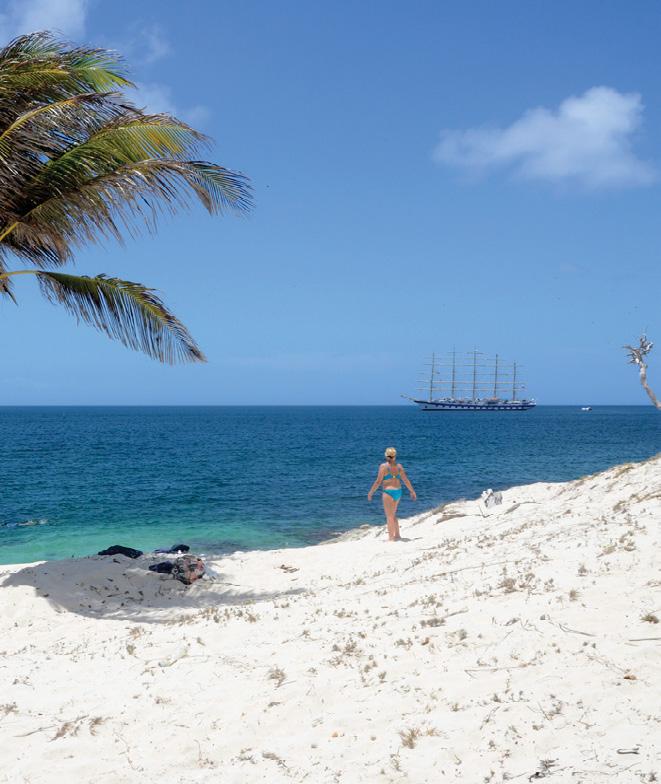


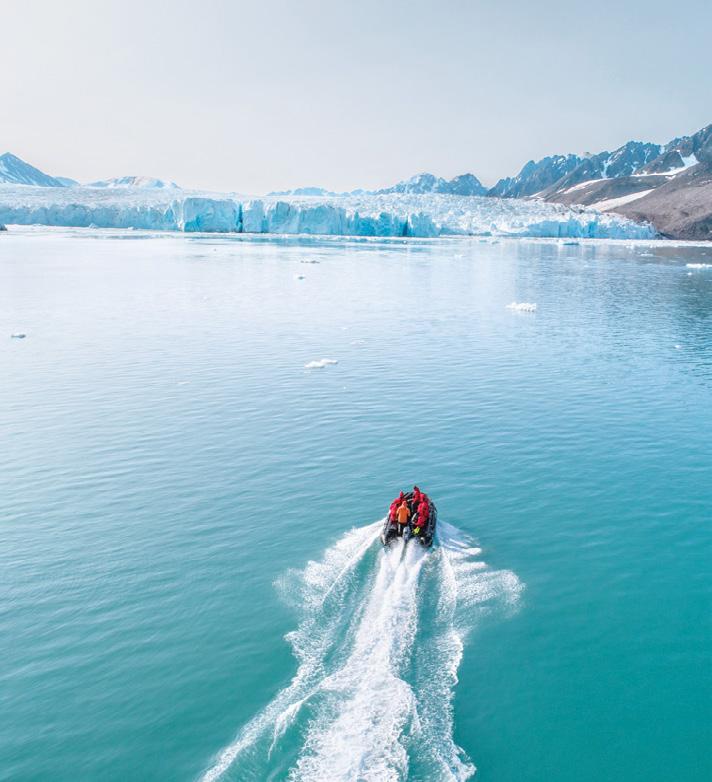


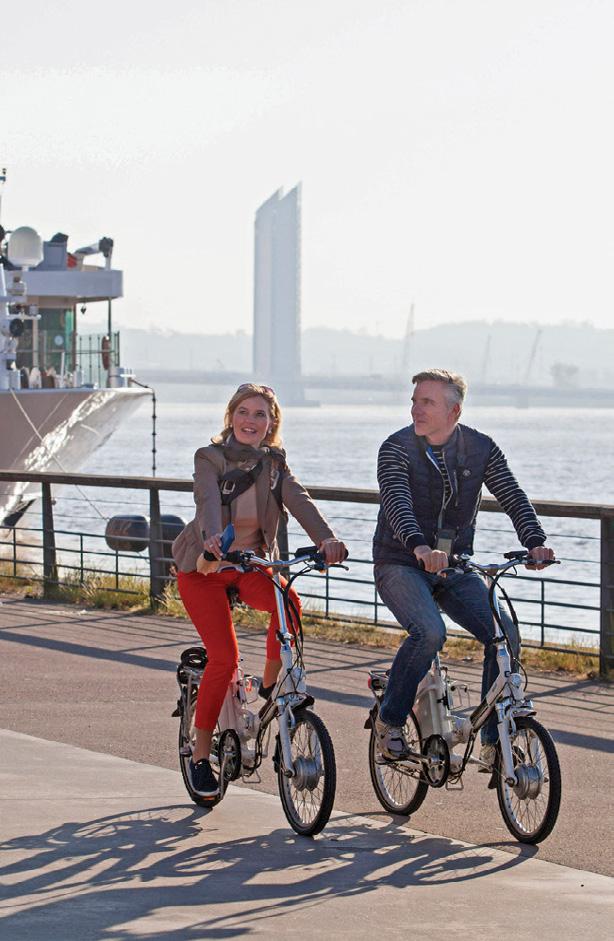

Since 1975, Flow Systems provides prestige and industrial physical barriers for T ime and Attendance and A ccess Control


The original manufacturer of South Africa’s access control turnstile for the Mining Industry, Flow Systems manufactures, supplies and installs:
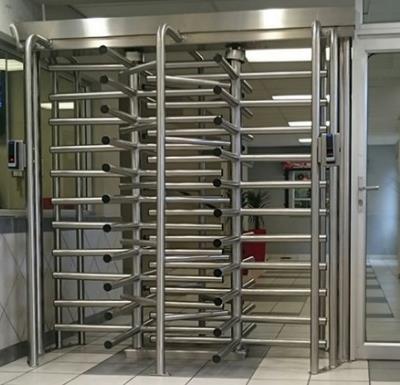
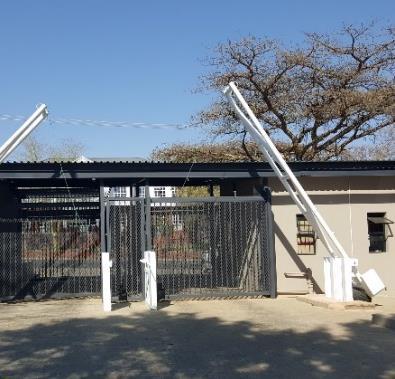

• 150 standard models of access control and biometric turnstiles
• Speed gates


• Wide Range of Manual, Automatic and Access Control Revolving Doors

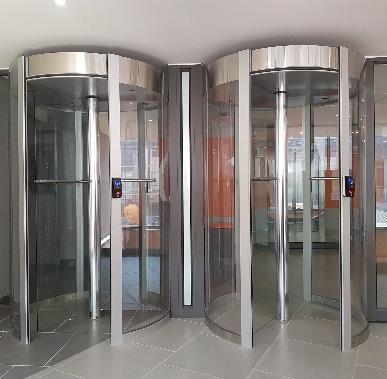
• Access control booths and mantraps


• Standard and Heavy Duty Vehicle access control boom barriers
• Bollards
Paying toll fees on the TRAC N4 Route has never been easier with Express Lanes operational at all TRAC mainline plazas in South Africa! Express Lanes are dedicated, electronic, tag-only lanes, that allow road users with registered electronic tags to pay their toll fees while driving through them at a maximum speed of 40km p/h. Register your fleet for tags today!
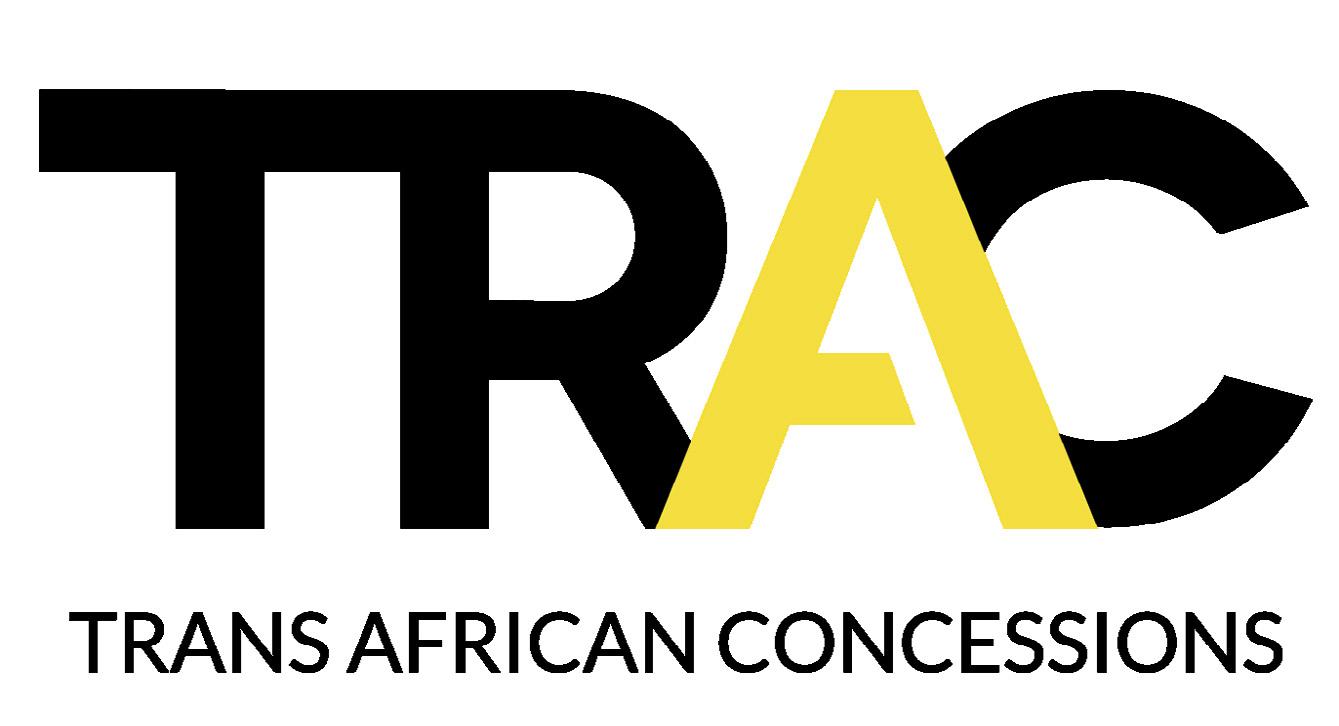


Beta-gel lubricant has been formulated to conform to the body’s own natural lubrication.


Convenient
Beta-gel comes in a convenient 200ml bottle with pump.
Efficient
The cost of Beta-gel has been structured to give users value for money.
Reliable
Provides a constant lubrication that is similar to the body’s own natural lubrication and has a pH of 4.7


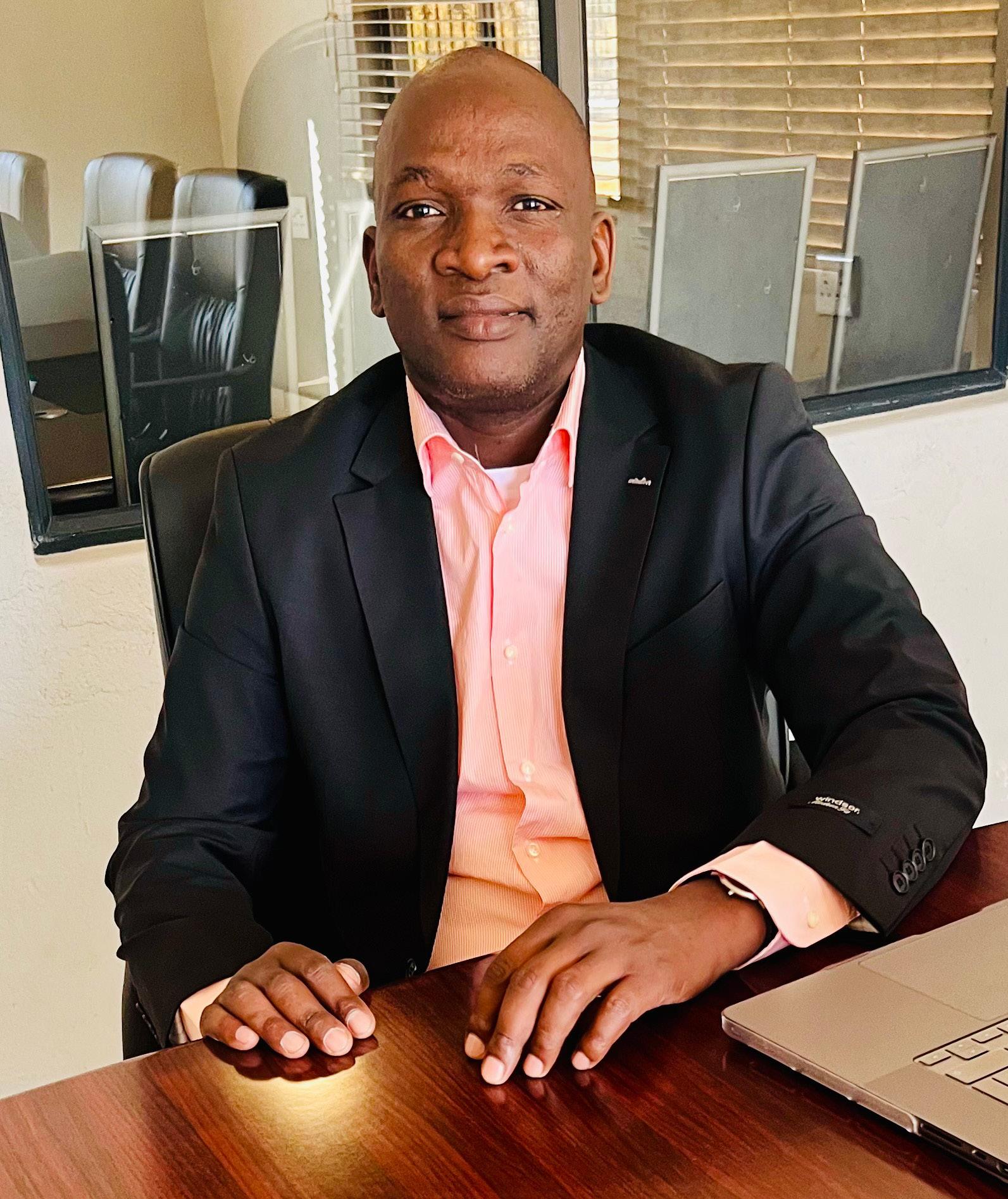
Having learnt, a good lesson from the very experienced people and well established companies. I am working on the very same systems and embracing the lessons learnt. I am working towards completing every requirement the business may need, therefore I see my business growing from dust to the moon. It should be a multinational company in the next five years.
My biggest accomplishment last year was to have completed all the projects on time, complied with the financial requirements and maintained the business norms and standard.
The mining environment and living in the Eastern Limpopo, and a developing country like South Africa, inspired me to tap into this kind of business of Mining and Construction.

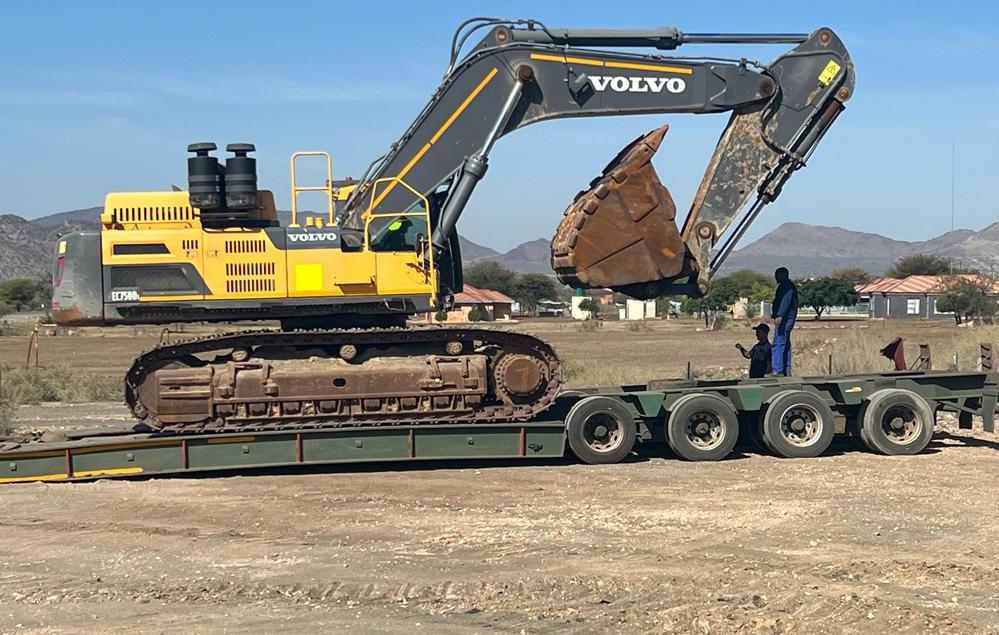
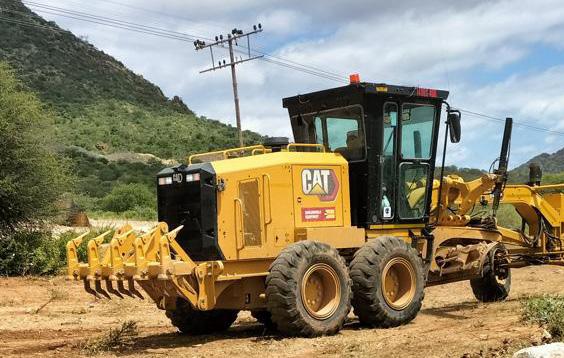
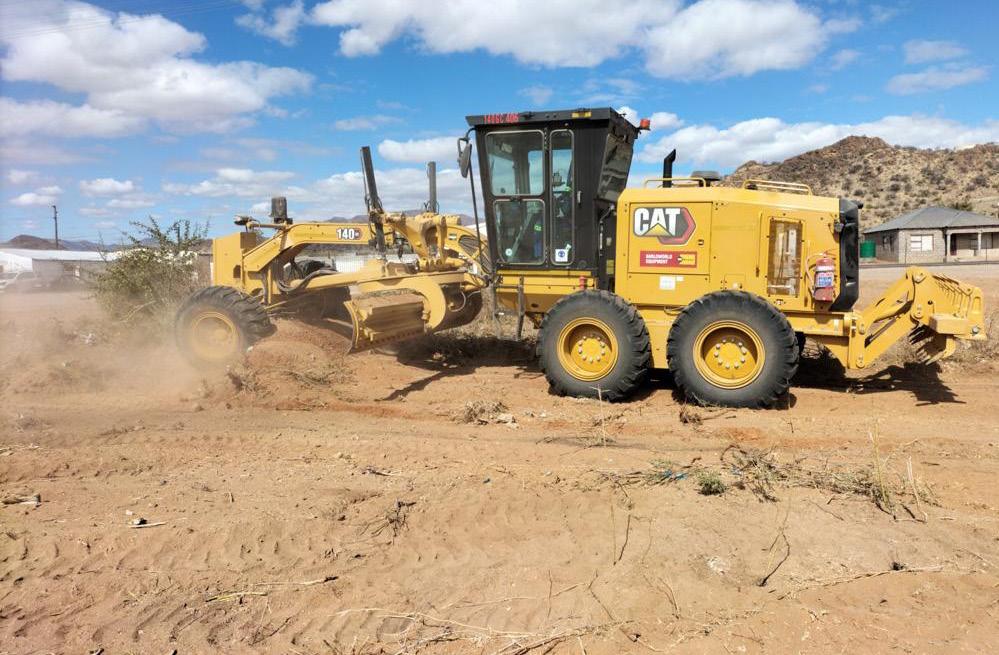
The very same business values should be maintained, i.e Commitment to stakeholders, Excellence through quality service, Lifelong learning and development and lastly accessibility and transparency because this, if embraced, will help us achieve our goals.
I am motivated by the challenges, be it Finance or changing working environments. ‘’ When its tough, the tough keeps going’’. I am also motivated by the successes of other people and businesses as I am always ready to learn.
My mentors are Samancor Chrome Mines and Zizwe Open Cast Mining because I got the first big project from Samancor for open cast mining, and worked with Zizwe in a joint venture to do the work. Both are big well established companies and have learnt their systems which I think have benefited the company.

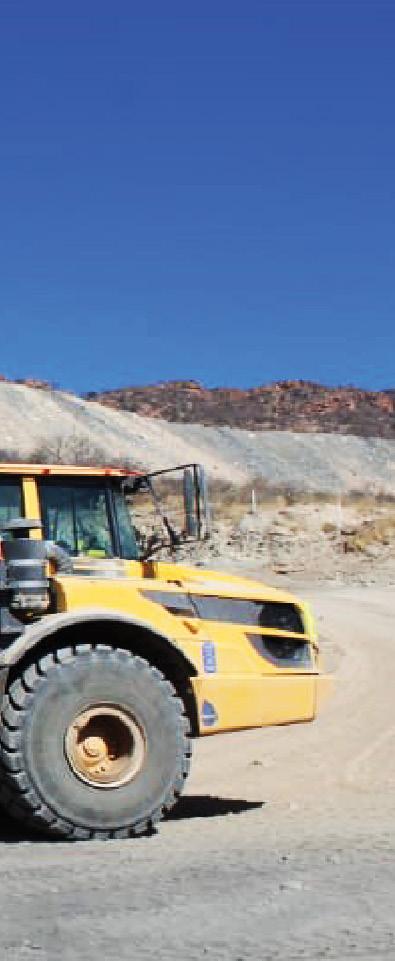
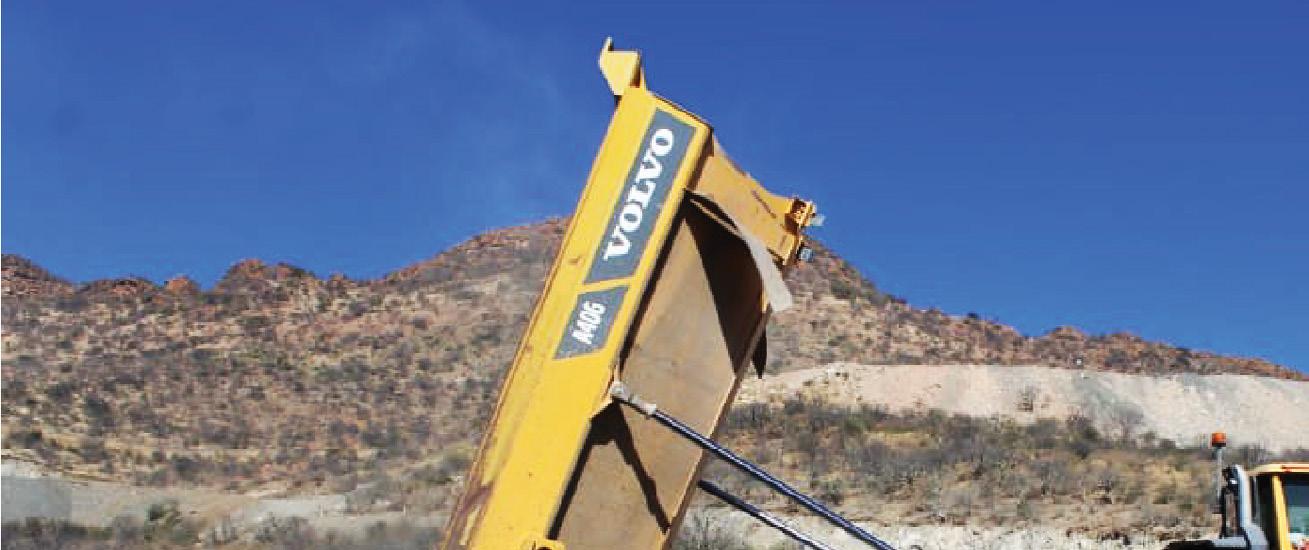
ATTYS PROJECTS (PTY) LTD is a 100% black owned company It’s an emerging Mining and Construc on company which envisages being the leading company in the mining and construc on industry. The unstable South African economy has shaken the very fabric of the economy contribu ng to the high unemployment especially among youth. The A y’s projects seek to correct this anomaly The forma on of this corpora on ushers a new era of systema c and intelligent maximum u lity of resources and skills to a ain predetermined goals.


ATTYS PROJECTS (PTY) LTD will be structured with detailed analysis, planning, organising, leading, and controlling. Our corpora on seeks to empower youth in par cular by crea ng sustainable opportuni es and set record standards in the process. The corpora on would formulate key performance standards such as produc vity standards and staff development standards. This will result in the emergence of developed youth around our communi es and will be achieved through partnerships we want to enter into
•To promote an efficient customer care
•To iden fy and promote areas of exper se
•To facilitate an environment conduc ve to efficient and commercially viable investment
•To develop compe ve skills towards compe ve world.
•Our number one priority is safety and customer care
•Excellence is the order of the day
•Team work is our way of life
02
•To provide innova ve business for the en re private and public sectors
•To provide compe ve quality service to the clients
•To reach heights beyond reach.
•To contribute to the socio-economic development of the country
•Cost effec veness and always strive for improvements
•To alleviate poverty through job crea on
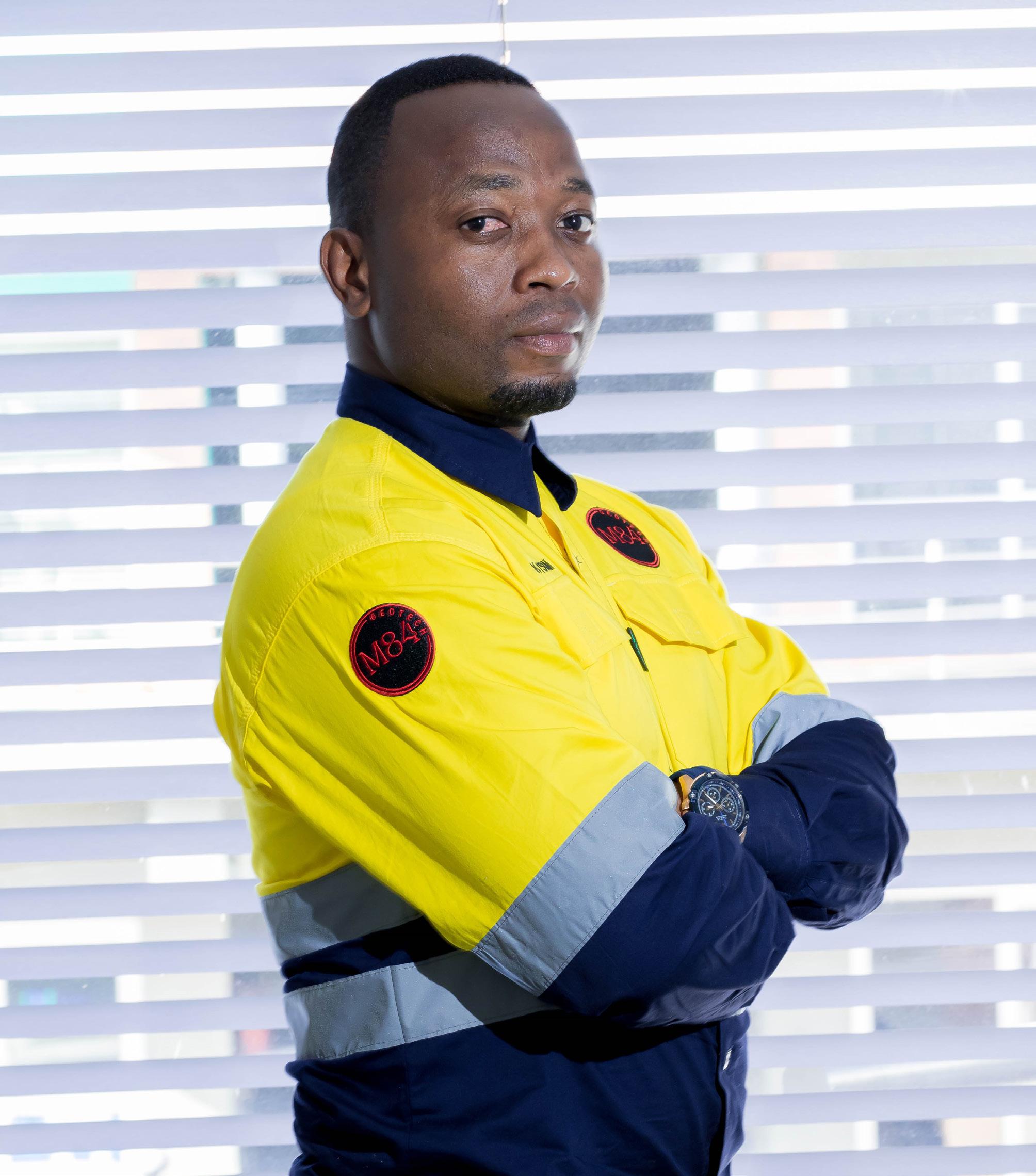

Because of a dream to build a group of companies under one brand, inspired by the Virgin Group founder Sir Richard Branson. I liked what he did with the Virgin brand and that’s something I want to do through the M84 brand. To build businesses under the M84 brand which will be leaders in their field. M84 Geotech is one of those first businesses to build the vision on. My business is one of those channels I can use to help people, by creating employment.
There is a drape mesh project which we are currently about to complete. This project has been the most challenging thing I have ever done since starting this business. We had delays after delays from the beginning costing us time and money along the way. I was really tested in my leadership and problemsolving skills. I am just glad that we will be handing it over in the coming weeks and I am just praying that we don’t get any more surprises. Although challenging, it provided us with a lot of learning opportunities, and we are now more prepared for bigger opportunities.
Our team and our reputation of 100% completion rate on each project we have undertaken so far and doing so free of fatality incidents. For us “Safety is Our Priority” it’s not just a slogan but what we do and how we conduct our business. Being safe and providing safety solutions is why we are in business.
Currently, business is all I do because I have two other start-up businesses which require’s a lot of my time. However, when I get an opportunity, I like doing motivational talks, because I like inspiring and motivating others to be the best version of themselves. I love doing motivational talks and I think I should invest more time in it because I believe I can be good at it.
I enjoy reading, and I get a lot of inspiration from successful people. I just love success stories and people who have turned bad situations into success. Other entrepreneurs such as Richard Branson, Aliko Dangote, the late Sol Kerzner, Theo Baloyi and Vusi Thembekwayo are among the people I take motivation from. I learn and get inspired by different people or even companies, such as the developers of the Waterfall City in Midrand or Geobrugg from Switzerland which is one of the best companies in the world when it comes to geohazards solutions.
I really don’t do much of that, but I sometimes do some travelling with friends and that is always fun. But for me, just being home with my family is also a fun experience or the road trips with my wife.
M84 Geotech Pty Ltd is a geotechnical South African company which was formed in 2014 and has been operating in the mining industry for over 7 years. We specialize in installation and supply of rockfall protection systems, slope stabilization, slope monitoring prism installation and anchor points installation & testing. The company is an accredited member of IWH (The Institute for Work at Heights) and because we specialize in high-risk projects, the highest safety standards are followed when it comes to abseiling and installing support systems for open pit mines. Our technicians are well trained to carry out any high-risk work at height project and all the equipment we use are tested and certified to carry the work we do safely.
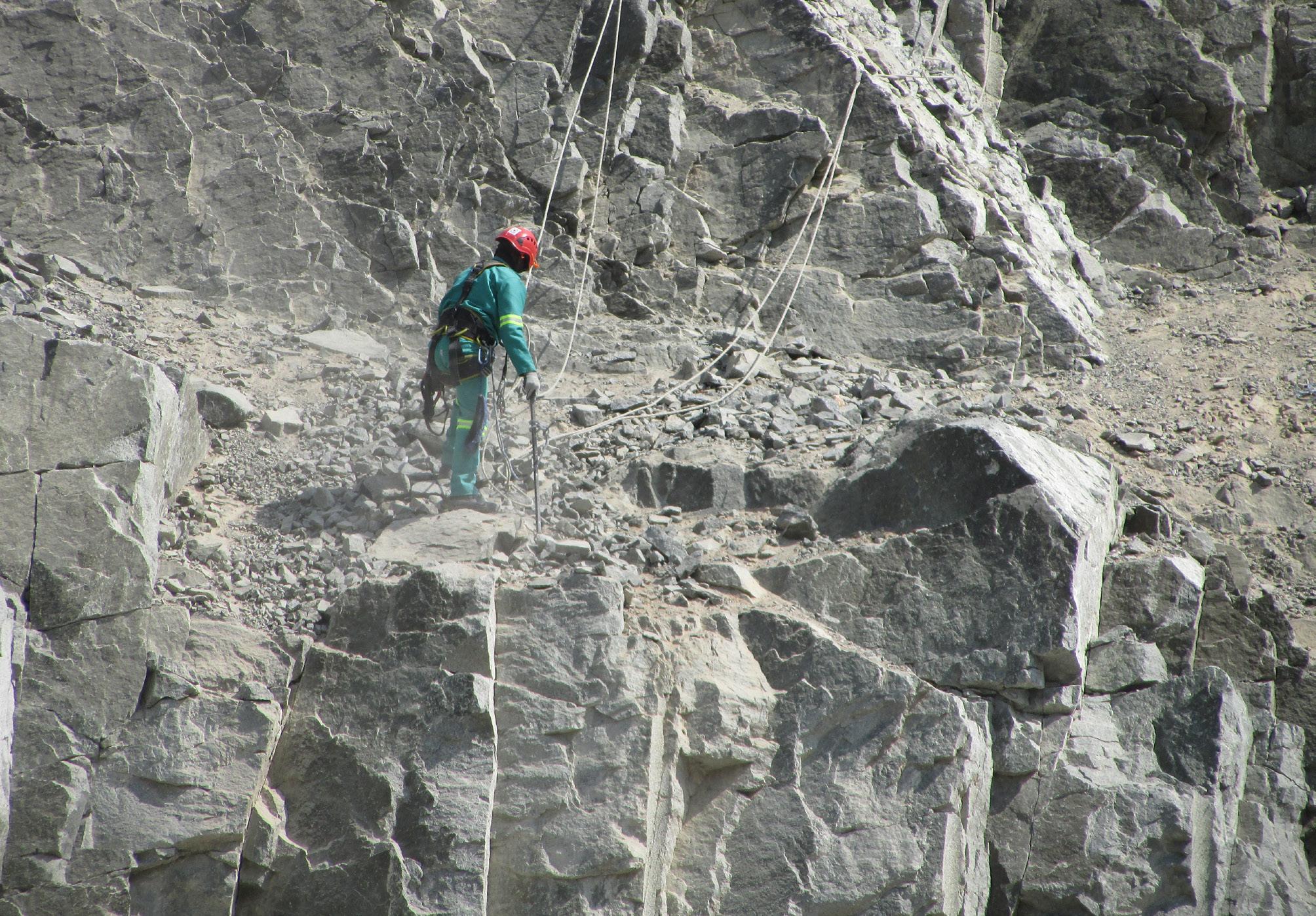
When we initially started, the company was a supplier
of safety cones and safety signs in the mining industry. Although we had good relations with our suppliers and were very competitive and the client was happy with our service delivery, the room for growth was not enough to build a sustainable business. We then made a gradual shift away from being a supplying to a service provider in geotechnical services. As we got opportunities to do geotechnical services, the business was rebranded and re-focused in specializing in geotechnical services with our focus on slope stabilization, rockfall protection & barriers as well as slope stabilization monitoring.
We now have a team of highly skilled and trained technicians who are experienced in rockfall protection and slope stabilization installation systems. The company is led by the founding CEO Mr Khomotso Moleke who is determined to lead the company to being the leading
provider of geotechnical services in the mining sector. Our services are used mainly in the mining industry especially open pit operations for the highwall support and protection. We make use of high tensile steel wire mesh which is either draped or anchored on a wall for protection and slope stabilization. We use a Geobrugg mesh which has been proven to be the strongest and more robust for highwall support and slope stabilization. Installation of nylon netting is also used for controlled rockfall which has proved to be effective for temporary rockfall protection. As a company our offering to clients and potential clients is safety. We ensure open pit mines are safe from free falling rocks, therefore protecting the miners and equipment from rockfall hazards and we install slope monitoring systems for engineers to monitor the slope to identify any movement which might cause rockfall hazards. Installations are supported by designs which are done after site assessment and testing is provided to support and confirm designs.
With these systems in place, mines can be able to continue their operations without worrying about the safety of their miners or equipment. That’s why as a company, we ensure that each installation is done safely and correctly to avoid any failure going forward. M84 Geotech has been successful in installing geotechnic services in the open pit mines for over 5 years and each project has been completed with free fatality incident because we prioritize the safety of our technicians and that of our clients. Our past projects include removal of vegetation on a highwall, support for waterpipe on a highwall, drilling for anchors, slope monitoring prisms, barring down, nylon netting installation, repairing of a drape mesh and installation of a drape mesh.
Tel: +27 72 2038 405
Email: info@m84geotech.co.za
Website: www.m84geotech.co.za
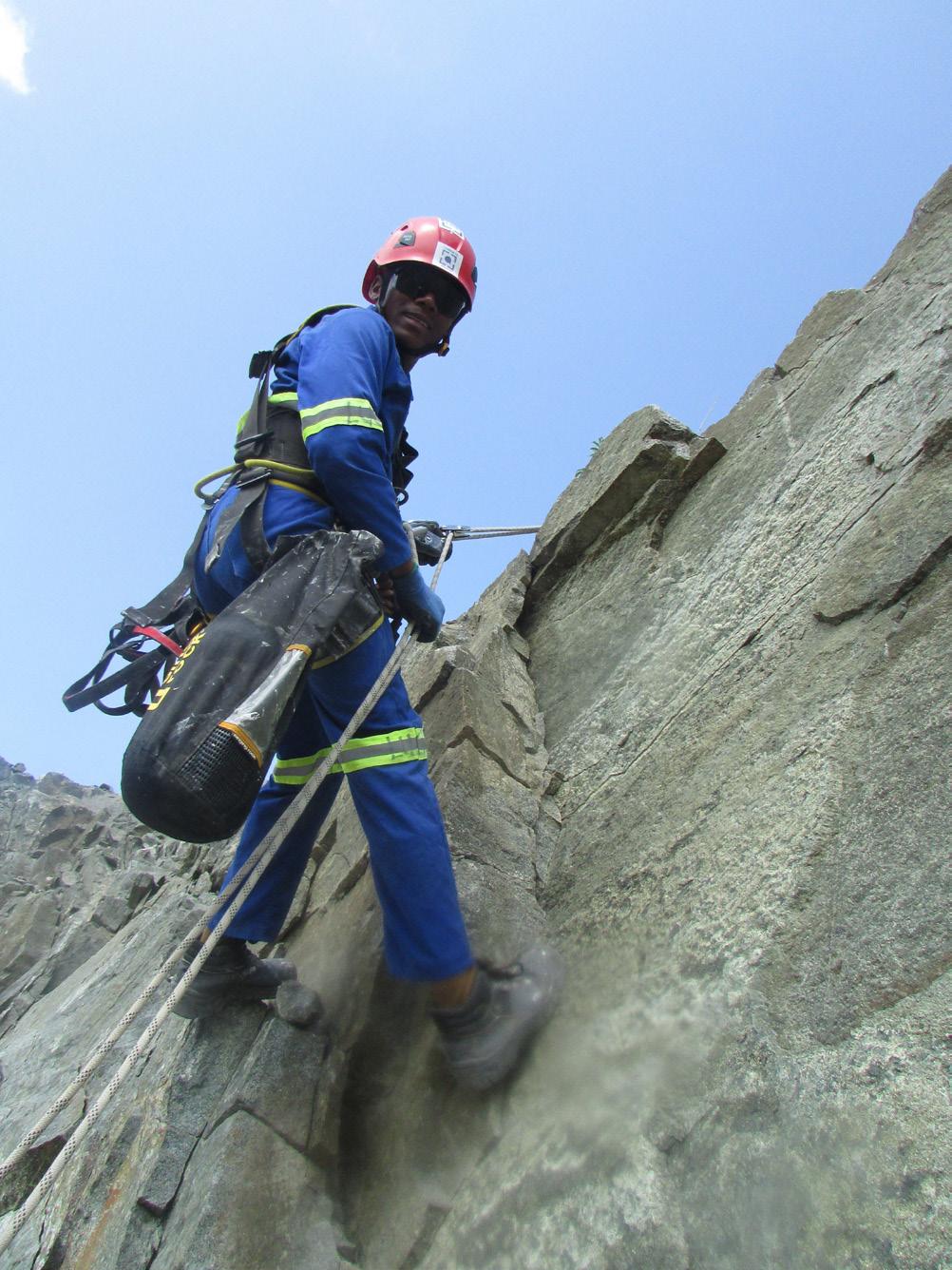
Instagram: m84_geotech.co.za
LinkedIn: M84 Geotech
Address:
Mokopane: 11 Sussex Street, Industrial, Mokopane 0601
Polokwane: 4 Rhodesdrift Street, Suite 3
Rhodesdrift Office Park, Bendor Polokwane, 0699

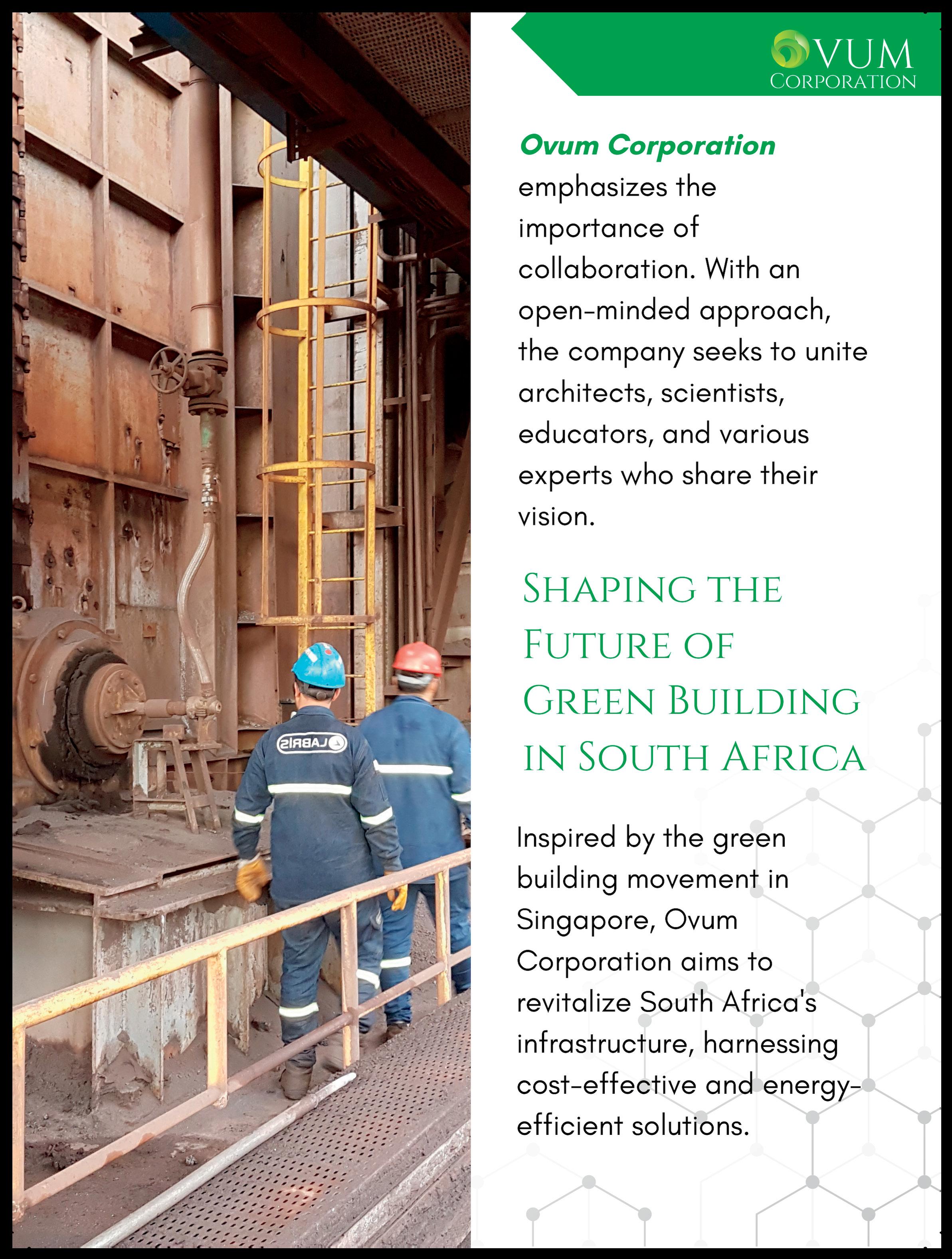
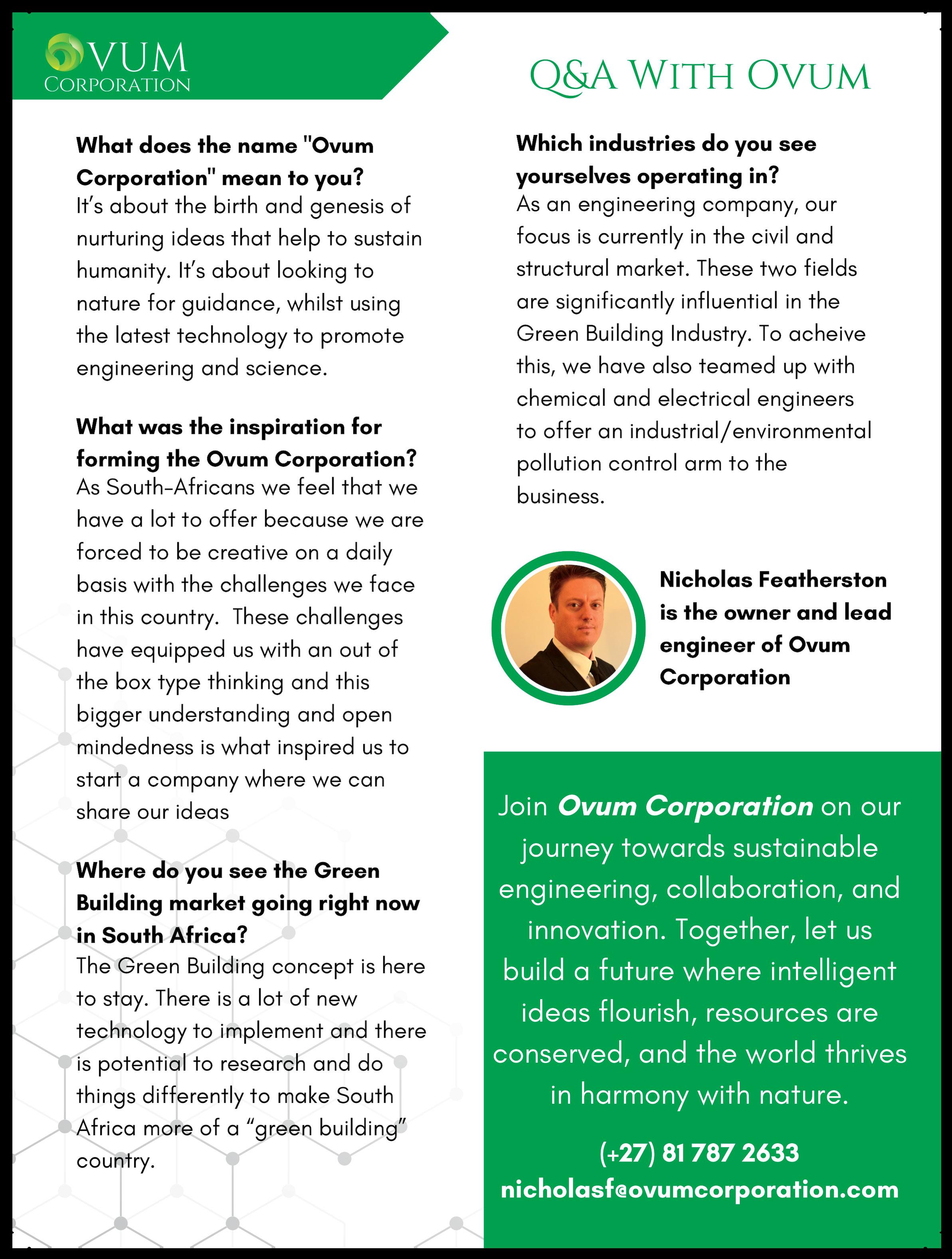

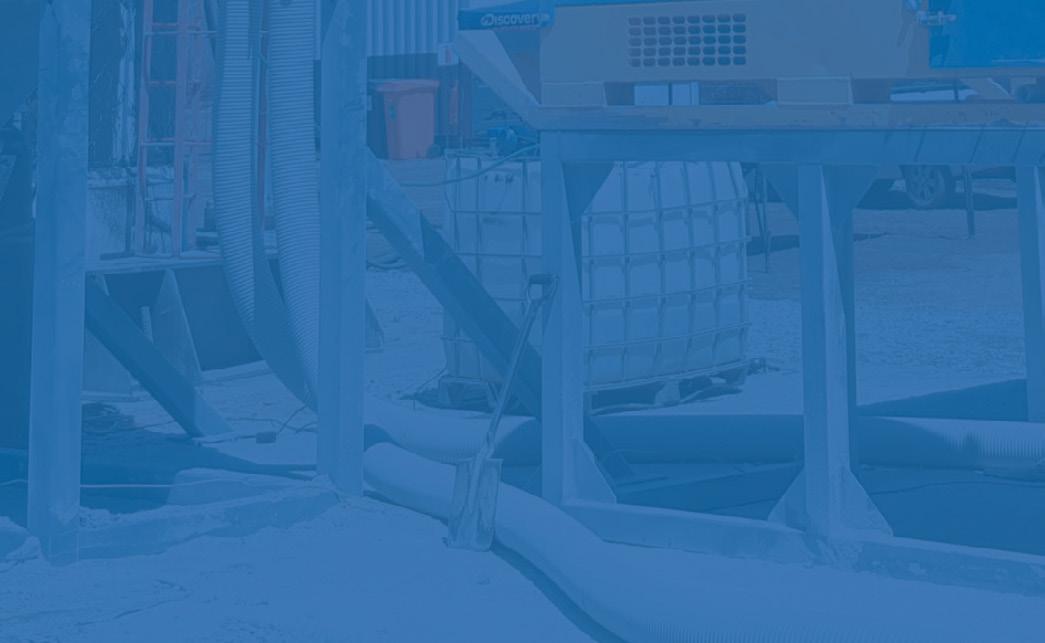


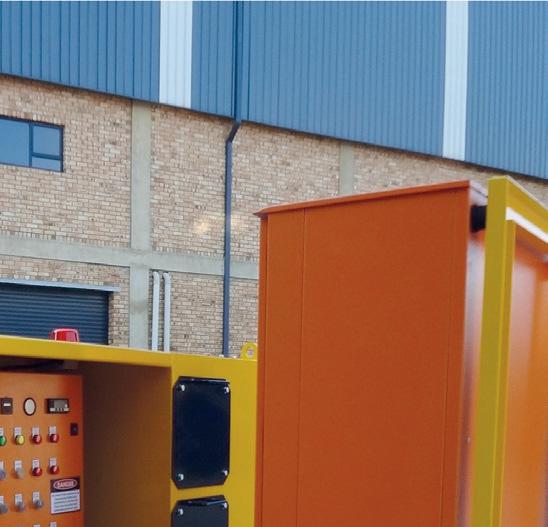


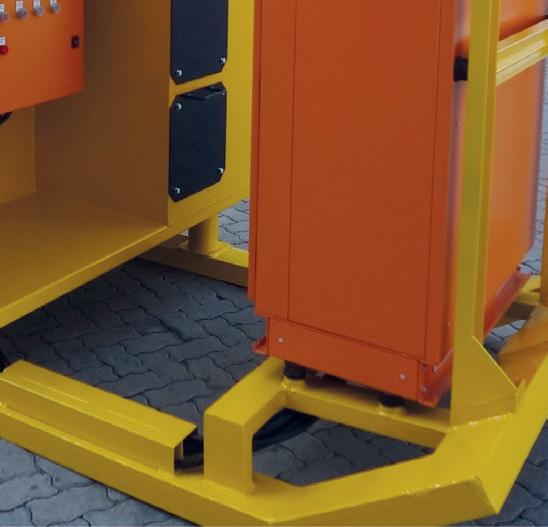
ESG (environmental, social and governance) strategies and reporting have become more and more important for investors and customers alike. The advent of ESG investment indices has shown that those buying both stocks and/or products care about a business’ external environmental and socio-economic impact, as well as internal governance structures that affect people, planet and processes.
YES is a business driven not-for-profit that works with the private sector to tackle the youth unemployment crisis by creating work opportunities for young South Africans.
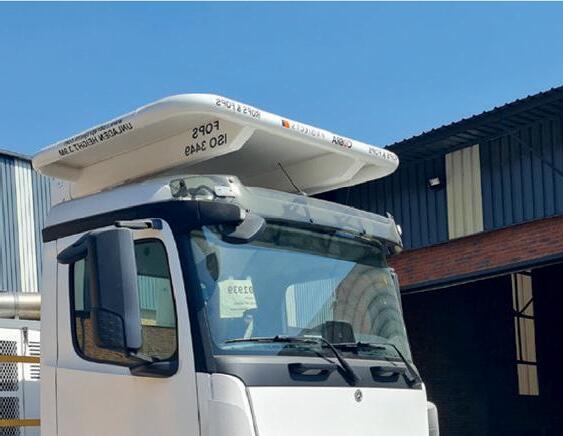

YES approaches the private sector to create these opportunities, and in return, they receive up to two levels on their B-BBEE scorecard and can integrate the creation of youth jobs with their ESG strategies. Businesses can also claim enterprise development and or socioeconomic development points by investing in YES Hubs.
Since being founded three and a half years ago, YES has worked with over 2,200 companies to create more than 93,000 work experiences, all with no state funding. This has seen R4.9 billion injected into communities and the economy through YES Youth salaries alone.
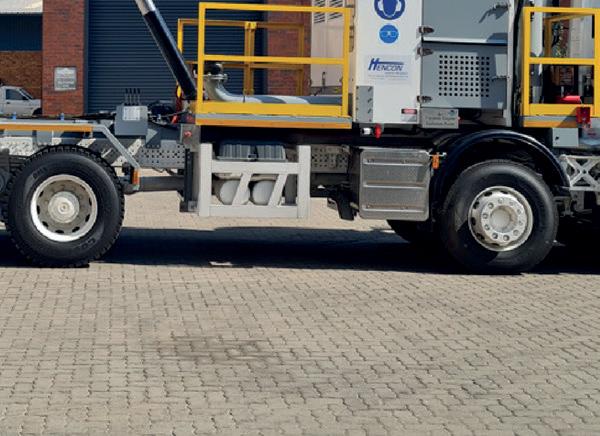
The YES turnkey solution works with 33 YESvetted host partners across the country to allow mining and resource companies (and other industries) an affordable way to create broad-based impact through uplifting communities outside of their sectors. YES host partners work in high-impact sectors such as healthcare, education, digital, early childhood development, and conservation where youth live, meaning young people can play an important part in building their own communities.
Your business can create critical youth jobs in sectors that reflect your ESG strategies.
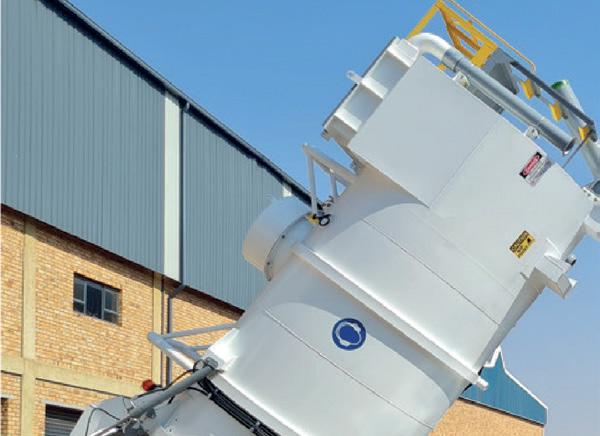
Contact:
Tel: 087 330 0084

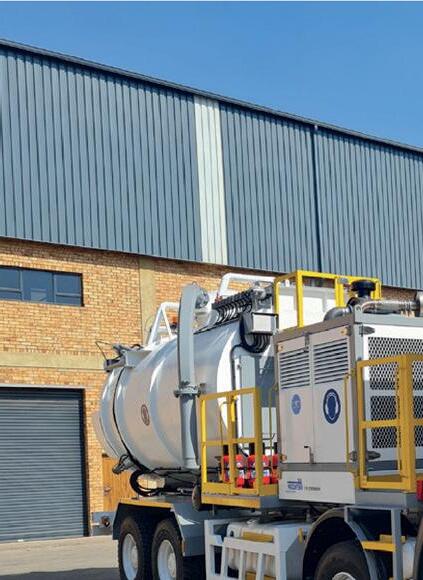


Email: corporatesupport@yes4youth.co.za
www.yes4youth.co.za
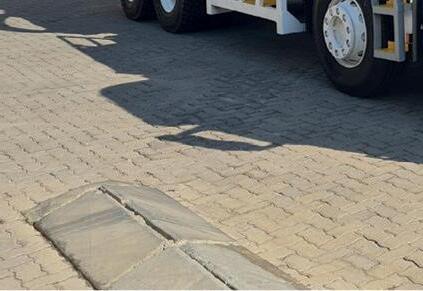
The Lesedi Skills Academy (LSA) is the brainchild of Lesedi Nuclear Services. Lesedi is a leading African engineering, procurement, and construction (EPC), and maintenance company with a long history in nuclear, industrial power, mining, oil and gas industries. Lesedi executes turnkey bespoke projects from concept and basic design to detailed engineering, procurement, project management, installation and commissioning, as well as project and contract management function.
The Lesedi The Lesedi Skills Academy (LSA) is the brainchild of Lesedi Nuclear Services. Lesedi (amajority shareholder in the academy) is a leading African engineering, procurement and construction (EPC), and maintenance company with a long history in nuclear, industrial power, mining, oil and gas industries. The Lesedi Skills Academy, a private training provider and an EME (75% BO; 42,62% BFO), opened its doors in 2015.
The Lesedi The Lesedi Skills Academy (LSA) is the brainchild of Lesedi Nuclear Services. Lesedi (a majority shareholder in the academy) is a leading African engineering, procurement and construction (EPC), and maintenance company with a long history in nuclear, industrial power, mining, oil and gas industries. The Lesedi Skills Academy, a private training provider and an EME (75% BO; 42,62% BFO), opened its doors in 2015.
The Lesedi Skills Academy, a private training provider and an EME (75% BO; 42,62% BFO), opened its doors in 2015. The Academy provides skills development and training (Mechanical Fitting, Boilermaking & Basic Welding), allowing young people, and previously disadvantaged individuals to enter the formal job market. Through focussed quality training, employed and unemployed learners are provided with the knowledge and skills to progress in the Engineering and related fields.
The Academy provides skills development and training (Mechanical Fitting, Boilermaking & Basic Welding), allowing young people, and previously disadvantaged individuals to enter the formal job market. Through focussed quality training, employed and unemployed learners are provided with the knowledge and skills to progress in the Engineering and related fields. Follow us:Contact Lesedi Skills Academy:

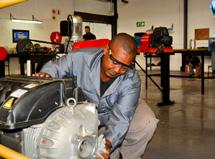
CONTACT DETAILS:
Email: info@lesedisa.com | Julian.vanderPoel@lesedisa.com
Phone: +27 21 525 1530 www.lesedisa.com
CONTACT DETAILS:
Email: info@lesedins.co.za
Phone: +27 21 525 1300 www.lesedins.co.za
The Academy provides skills development and training (Mechanical Fitting, Boilermaking & Basic Welding), allowing young people, and previously disadvantaged individuals to enter the formal job market. Through focussed quality training, employed and unemployed learners are provided with the knowledge and skills to progress in the Engineering and related fields.
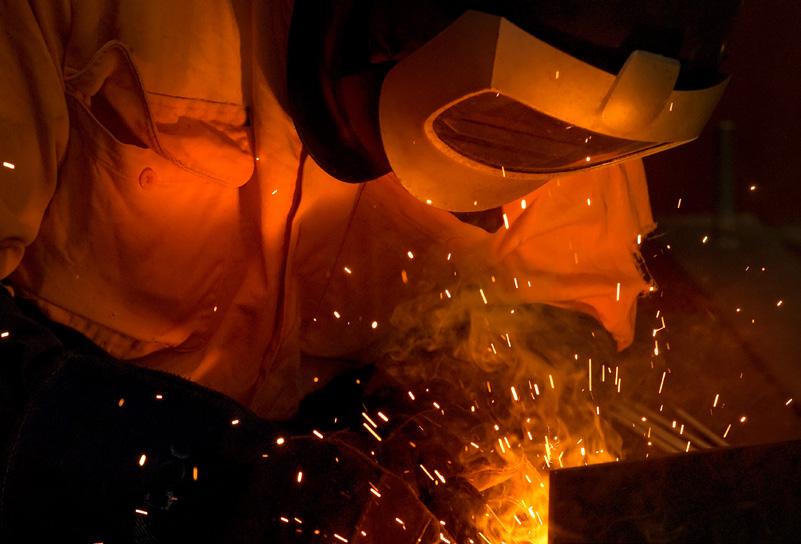
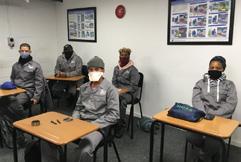

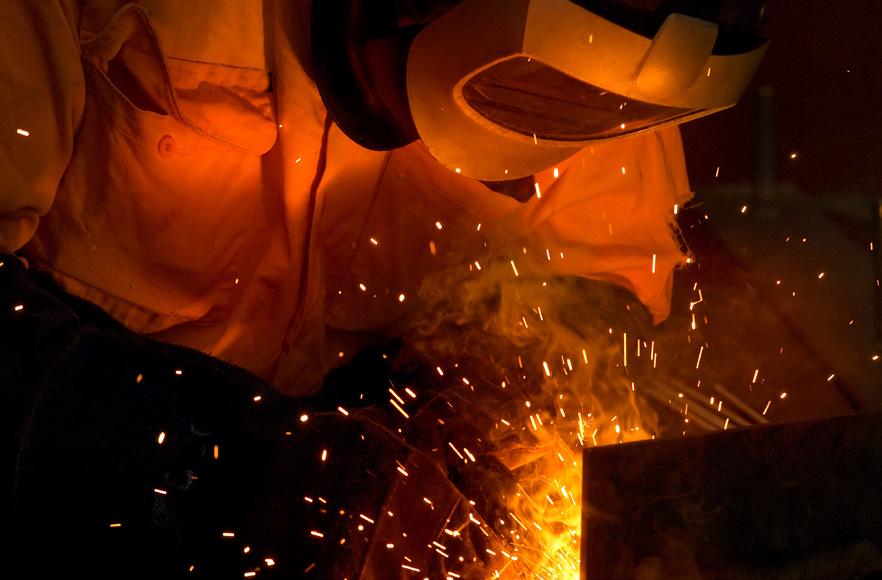
BU IL D I N G, C O NN E C TI N G AND E M POWE R I N G I
BU IL D I N G, C O NN E C TI N G AND E M POWE R I N G C N
• EP&C of the Balance of Plant for Eskom’s four Gas Turbine Power Stations constructed in Atlantis and Mossel Bay in the Western Cape, South Africa.
Mechanical erection of 14x150MW gas turbines for Siemens and associated turbine halls.
• Since 1990, Lesedi has successfully completed projects across Africa, illustrating our expertise.

• Lesedi has successfully concluded agency agreements for several state of the art products and services such as CONCO System Inc. and Arkema (DMDS).
• Lesedi performs Mechanical Heat Exchanger and Condenser Tube Cleaning as the African distributor for Conco Services LLC based in the USA. Conco has cleaned over 100 million condenser and heat exchanger tubes, making it the number one condenser and heat exchanger performance company in the world.
• Execution of turnkey engineering projects in the minerals processing and mining industries.
• Through its network of world-class technology partners, Lesedi o ers gas-cleaning and emissions control plants for its clients.
• Lesedi provides systems for the capture of dust, tars, acid mists, SO2 and various other acidic gases and contaminants in the mining sector.
• Lesedi achieved preferential bidding status for two biomass projects for the South African RIEPPP (16.5MW - sugar cane & 5MW - wood chip.)
Lesedi is the local partner for Exosun (singleaxis tracking).
• More than 20 projects under development in Africa.
• Our global partner has built over 100 bio-energy power plants, totalling more than 2,650 MW.
• 30 years of upgrade and maintenance projects at Eskom’s Koeberg Nuclear Power Station in Cape Town, South Africa, including over 150 modi cations on the plant.
• International maintenance services contracts in England, Brazil, China, France and the USA, resulting in over 75 interventions since 2006.
• Balance of Plant for Eskom’s Medupi and Kusile Power Station, the biggest dry-cooled power stations in the world
• Turnkey Engineering contracts for plant life extension and major refurbishments icluding:
- High frequency power supplies
- Electrostatic precipitator
- Ash handling systems

Offering consistent, superior service is part of OUR commitment to OUR customers


COUNTRYWIDE GEARBOX REPAIRS SPECIALIZES IN THE REPAIR AND OVERHAULING OF UNDERGROUND FLAMEPROOF EQUIPMENT


> Flameproof tractors
> 120G Graders
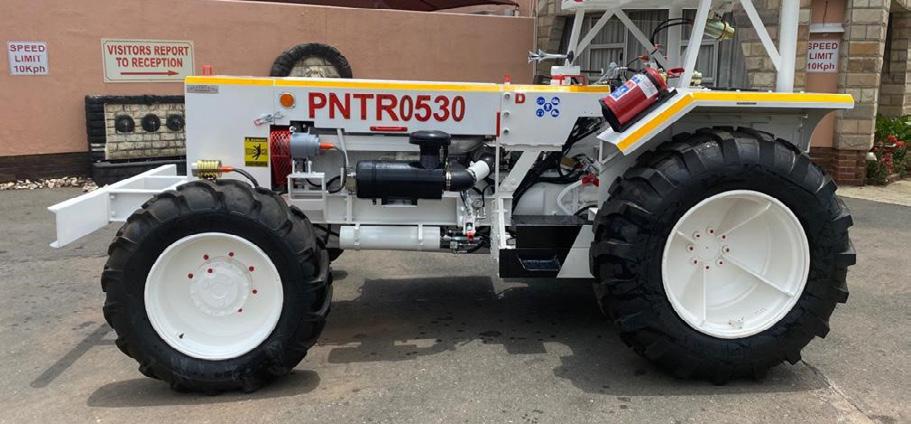
> Forklifts
> Earth moving Equipment
> LHD Load haul dump machines
The company’s team of highly-skilled technicians are fully trained in the repair & maintenance of variety of internationally branded machines. In particular we offer expert services in the repair of components for New Holland Flameproof Tractors as well as Clark & Spicer.
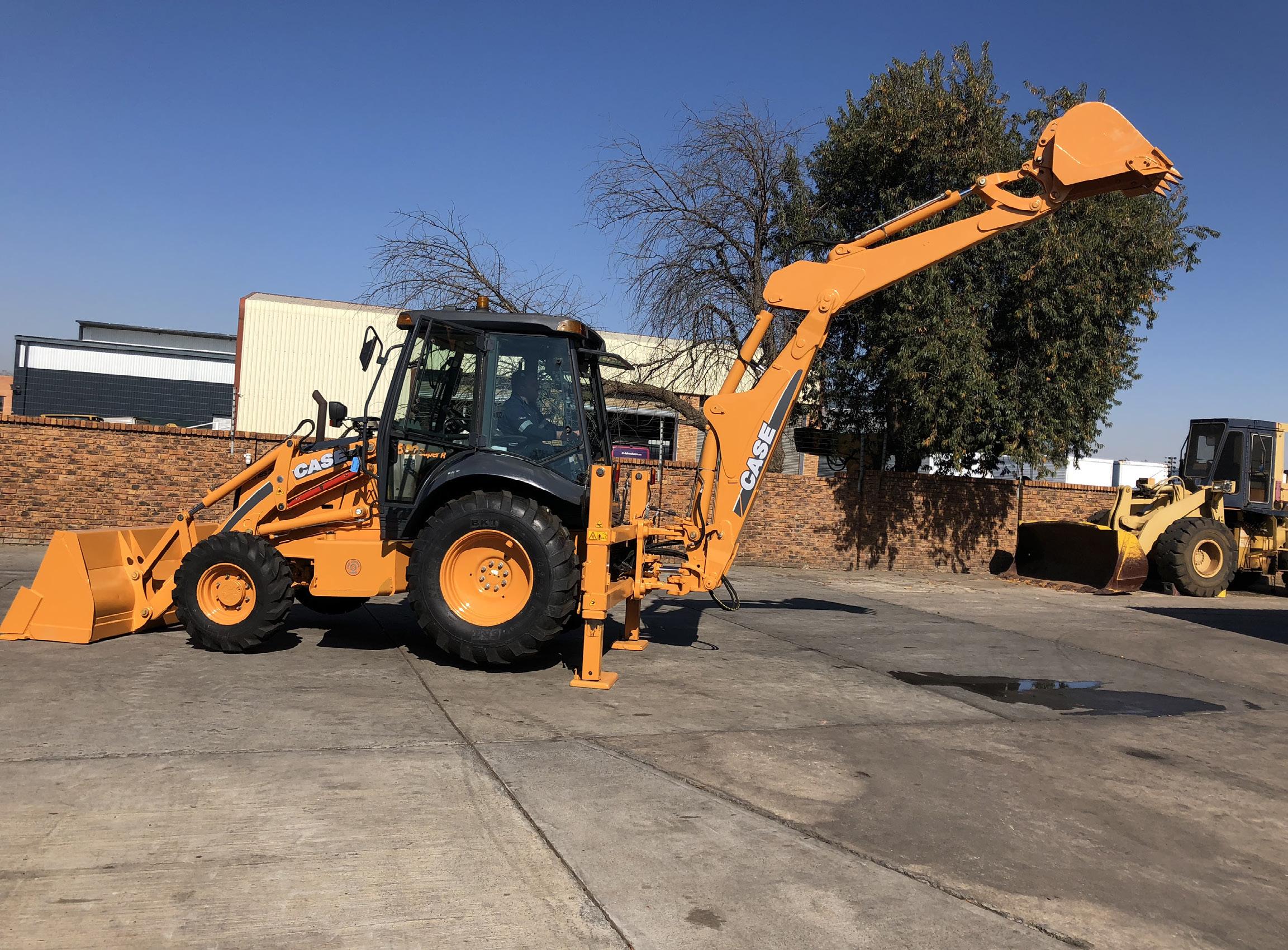

COMPONENTS SUCH AS
> Gearboxes
> Transmissions
> Differentials


> Trumpets
> Gear Levers
> Service Exchange units